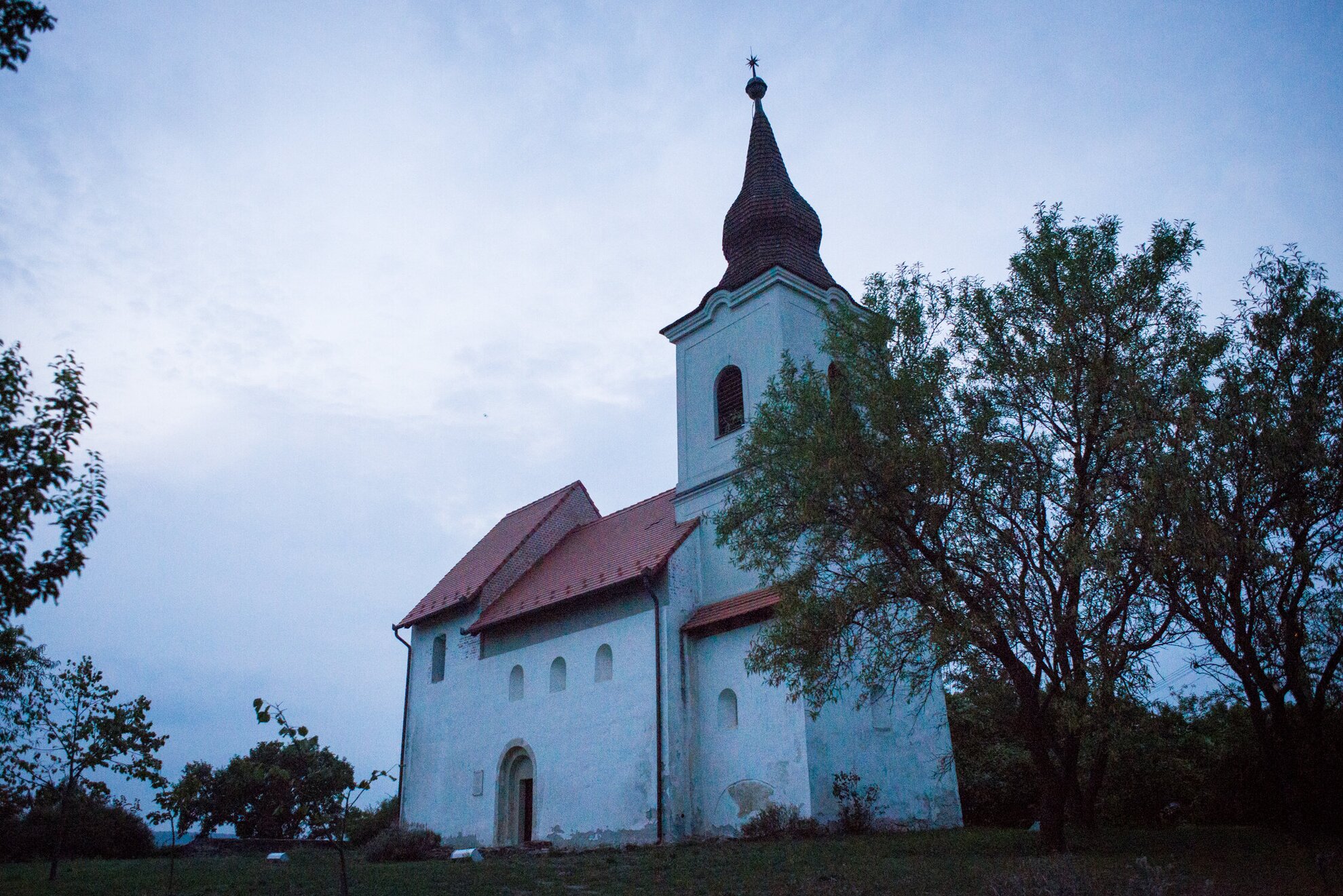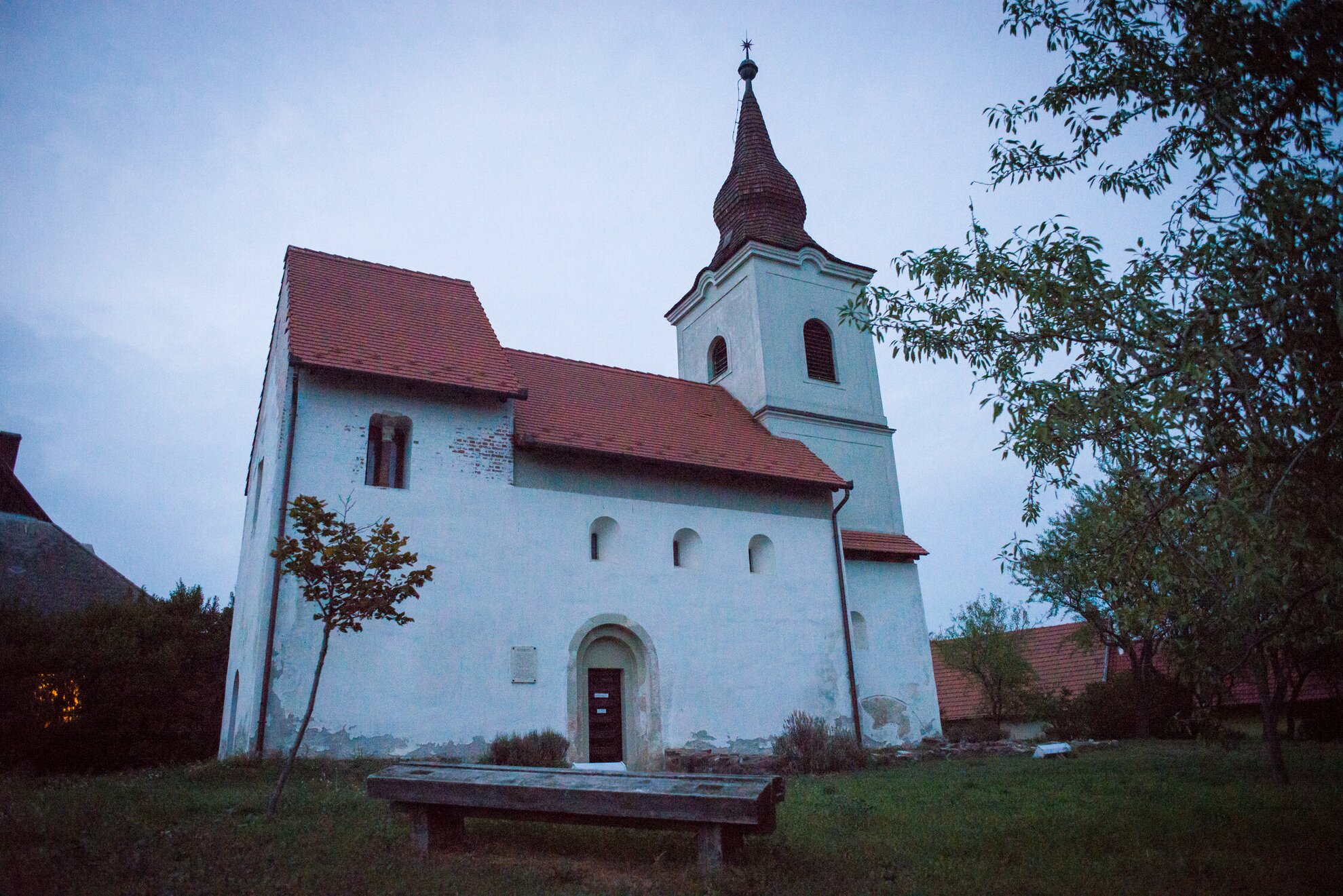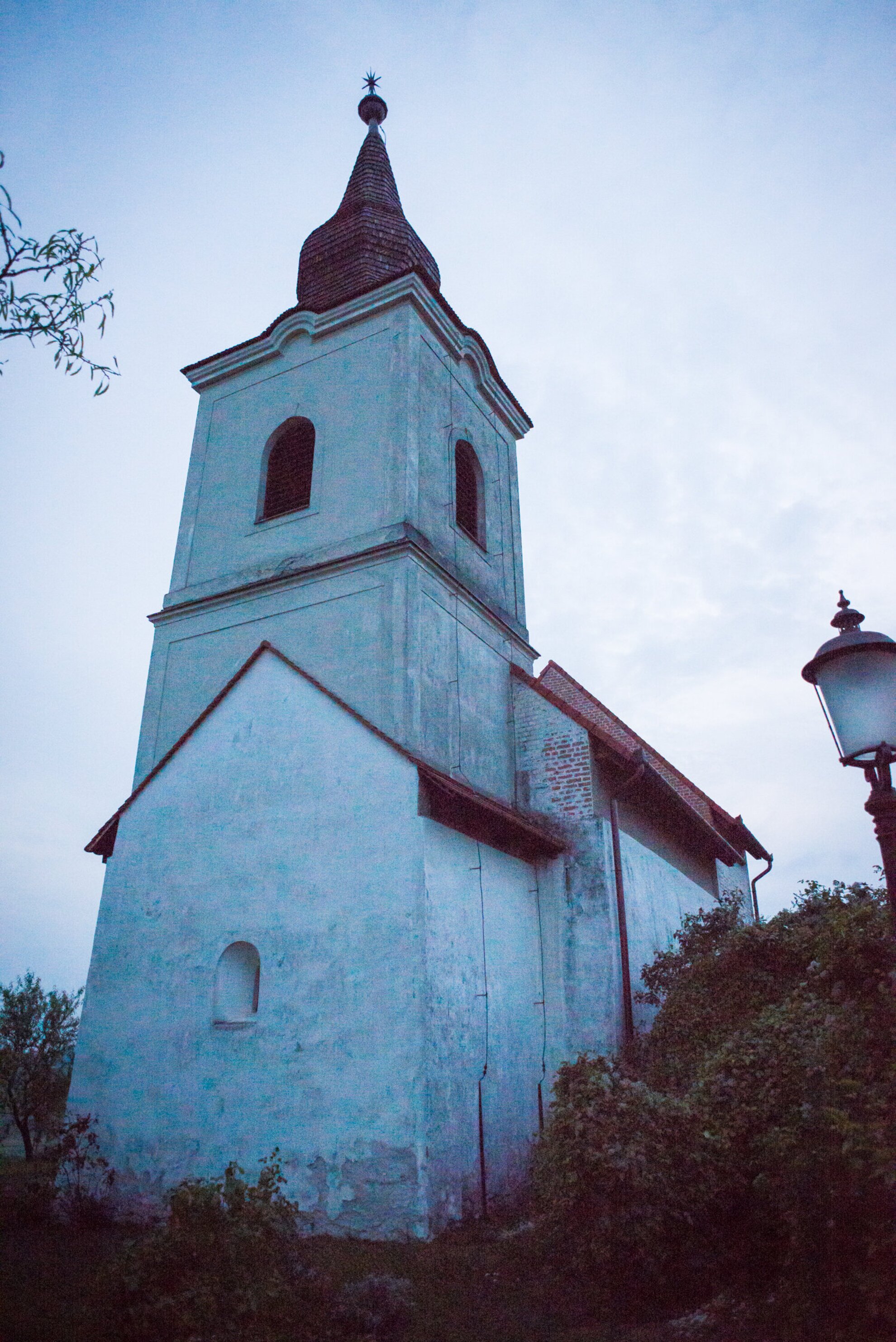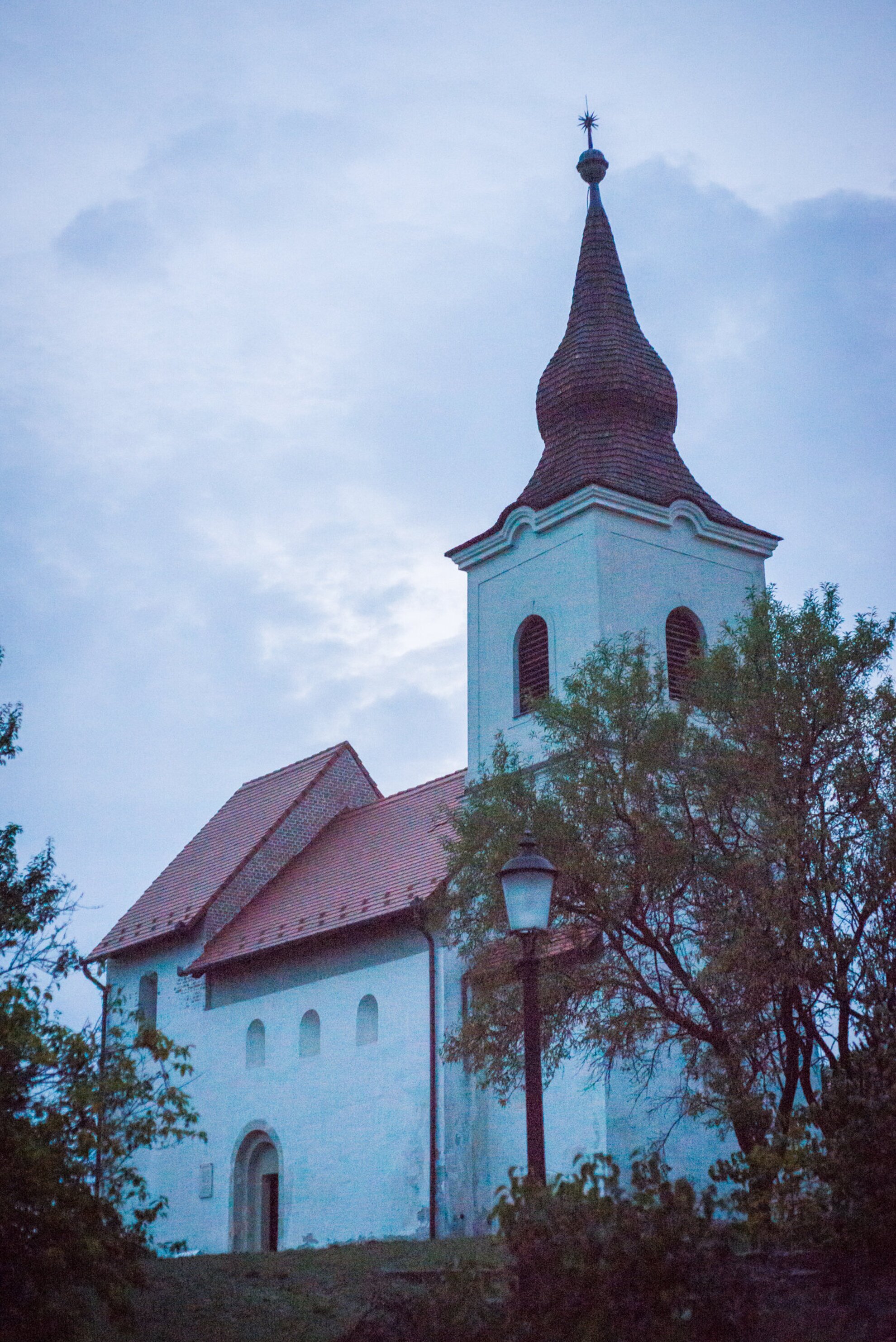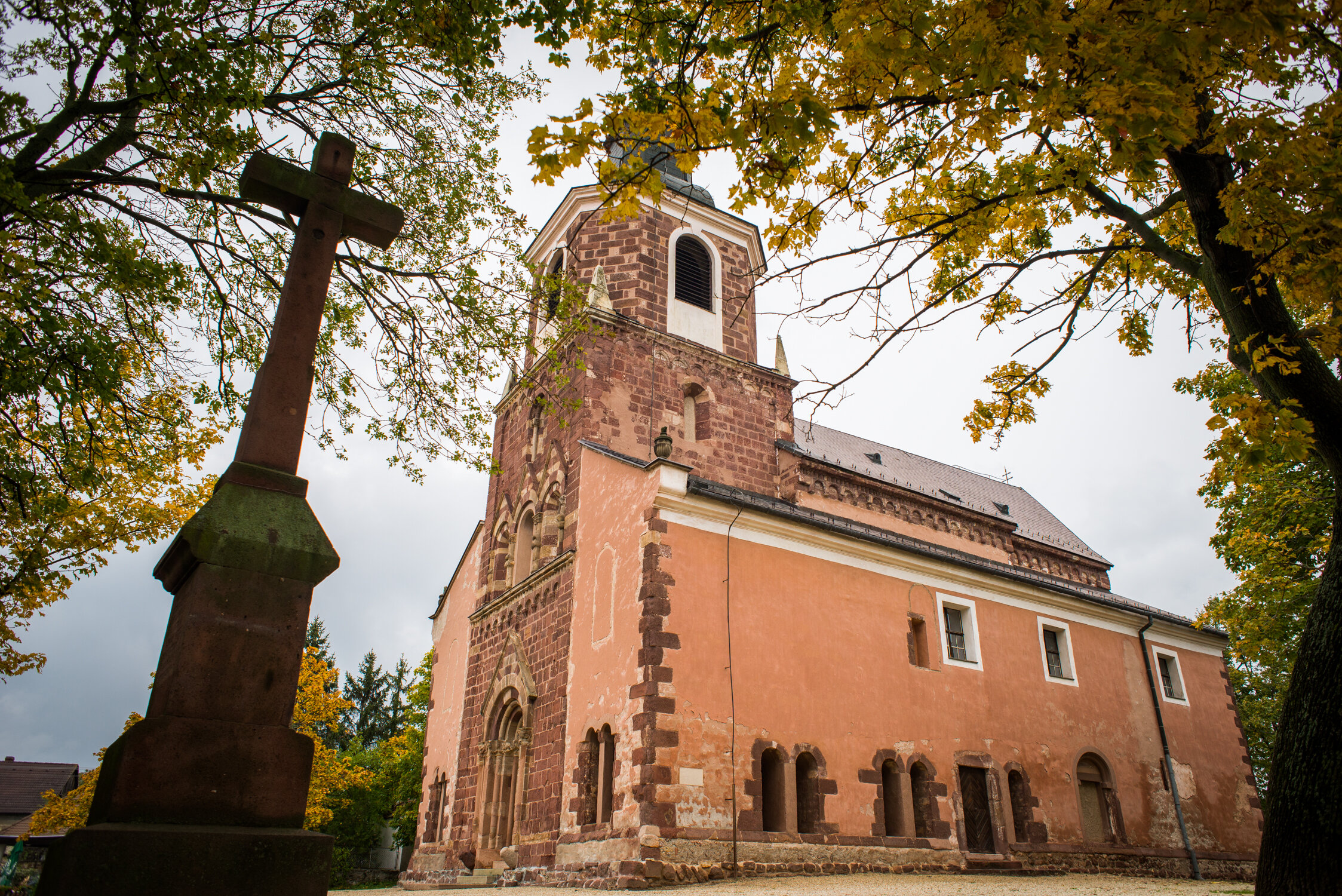Finding a pretty Catholic church is not a particularly big deal, but coming across a chapel built by the kings of the Árpád House that has withstood the storms of Hungarian history is quite an achievement. Dotting the northern shore from Hévíz-Egregy to Litér, many of Balaton’s churches were erected in the 12th and 13th centuries – here we feature nine of those that have been renovated and continue to be in use to this day.
Provostial Church Felsőörs
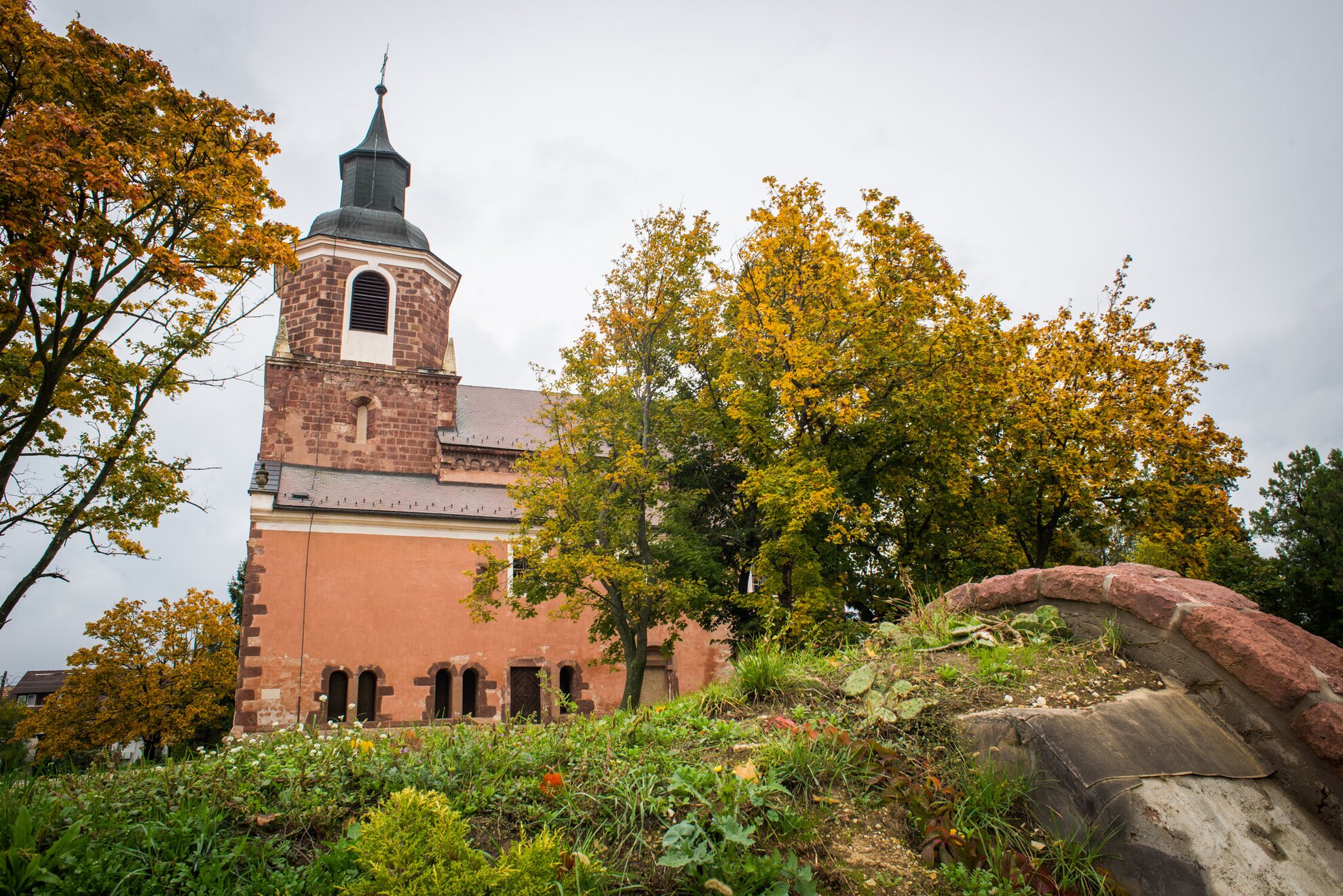
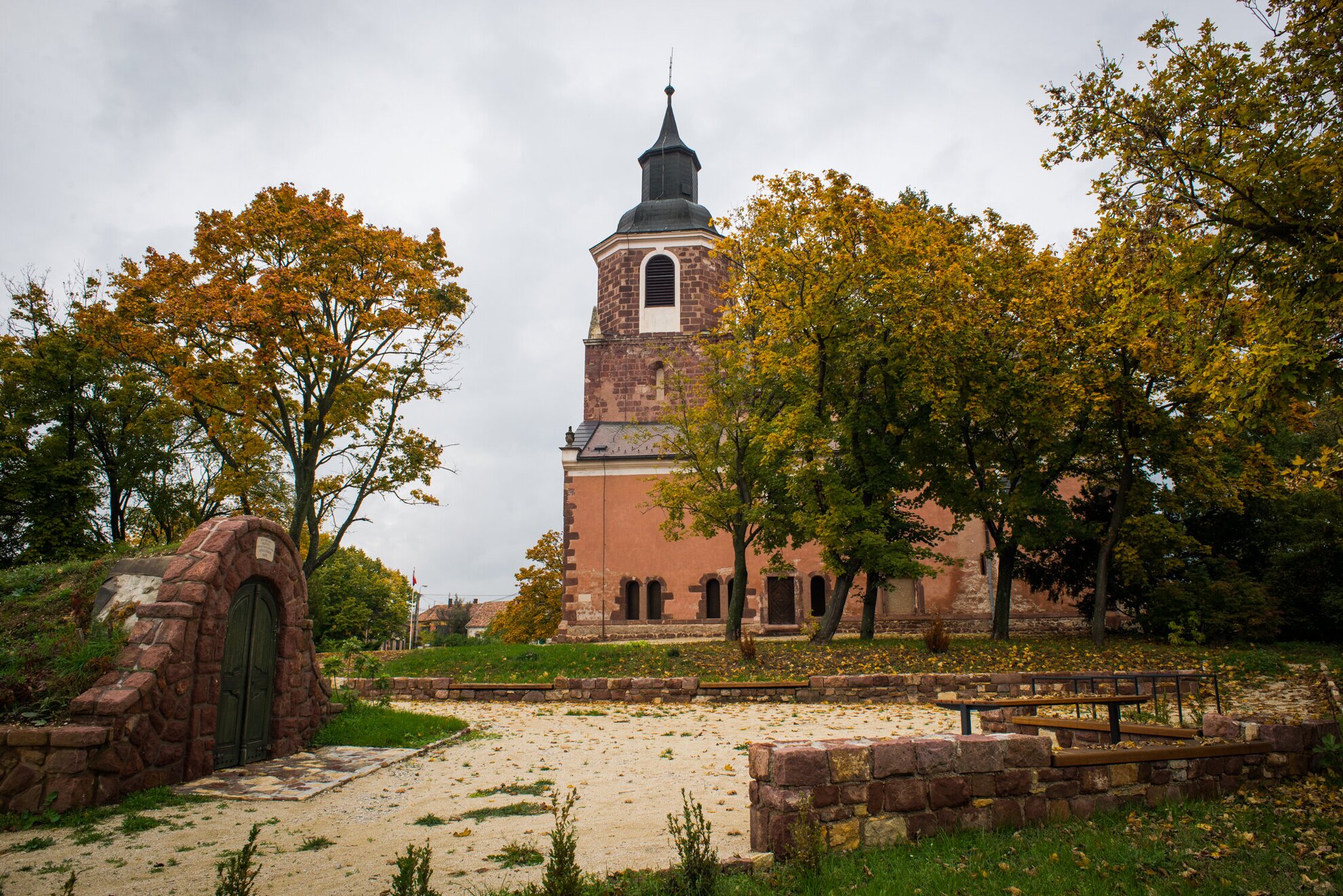
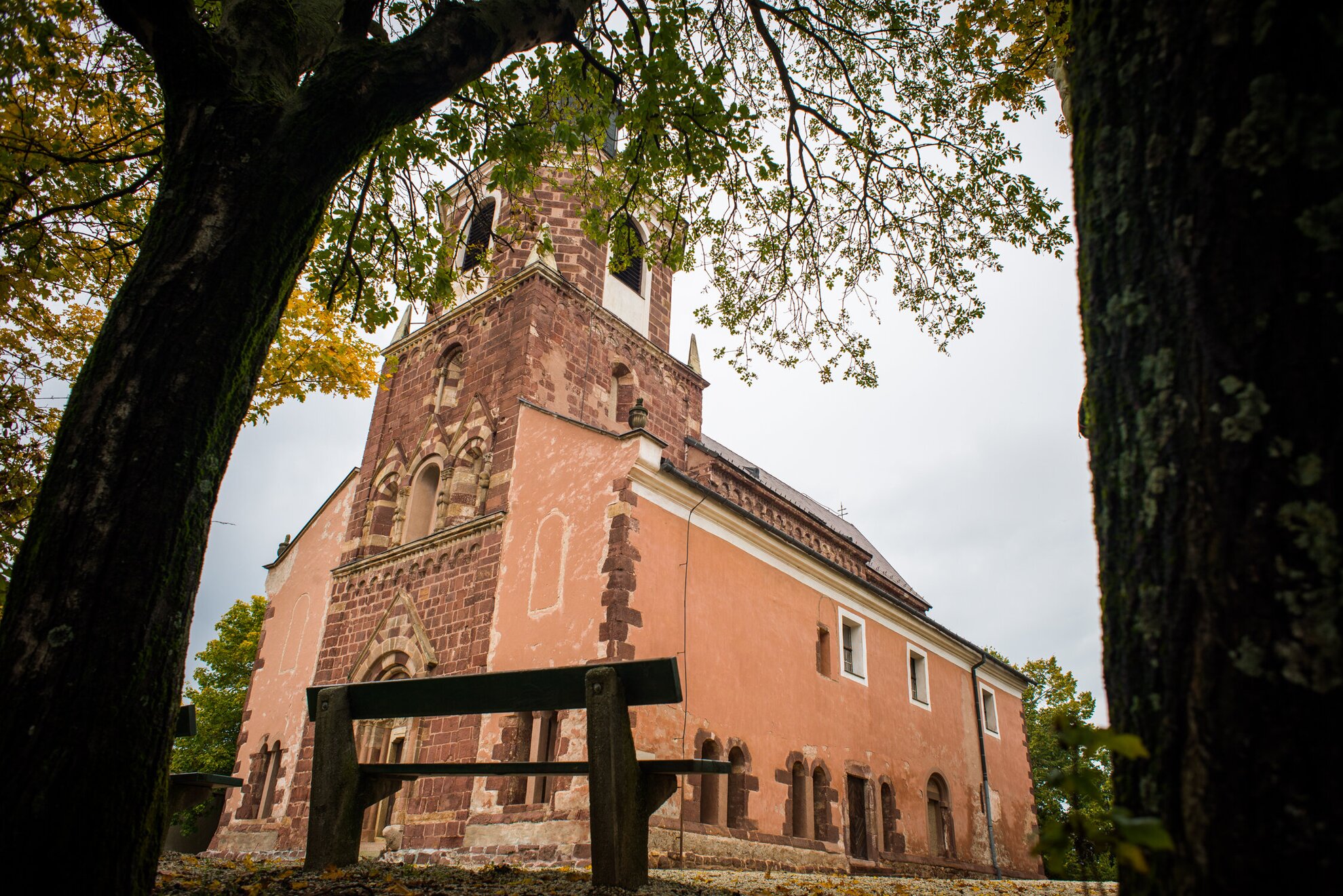
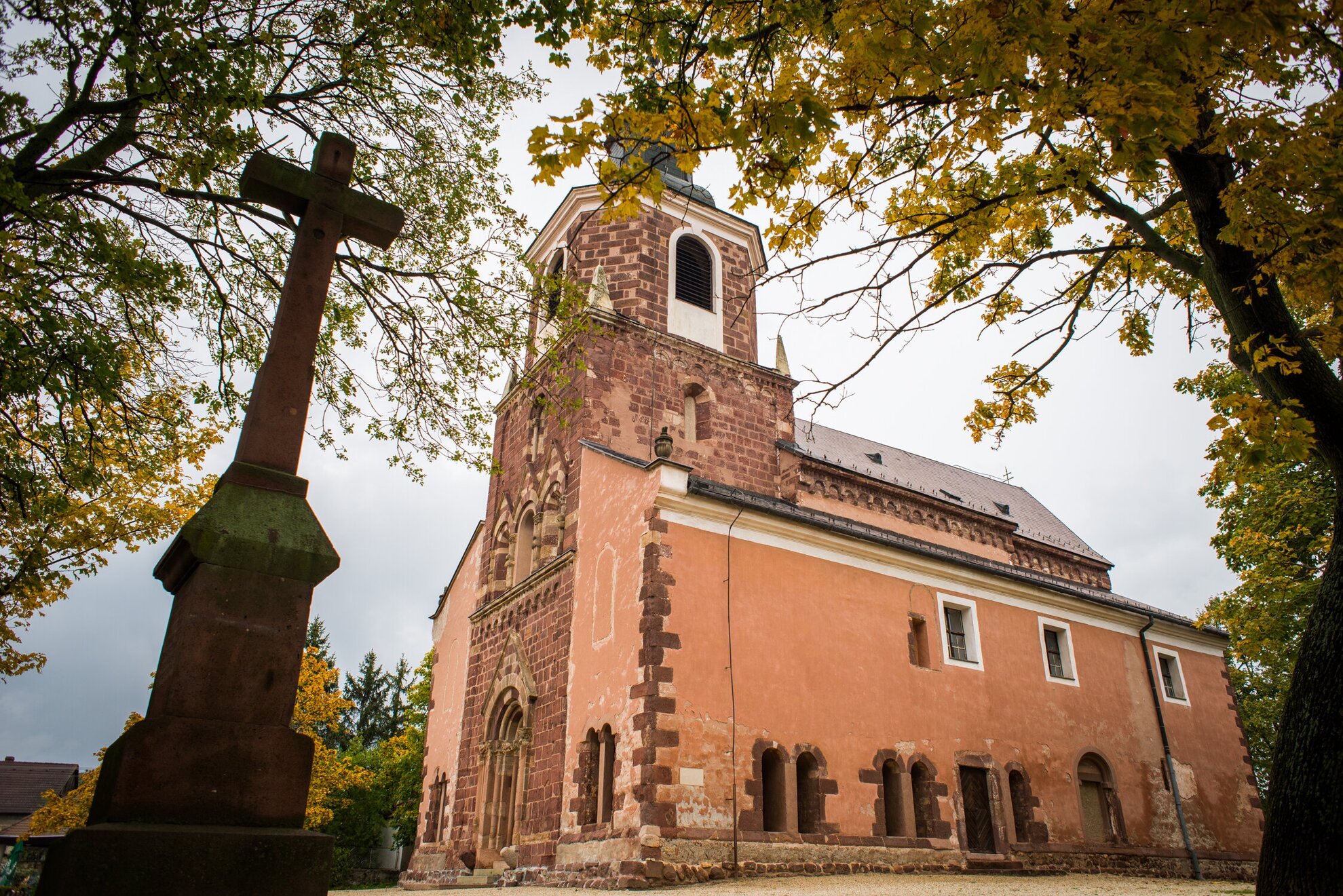
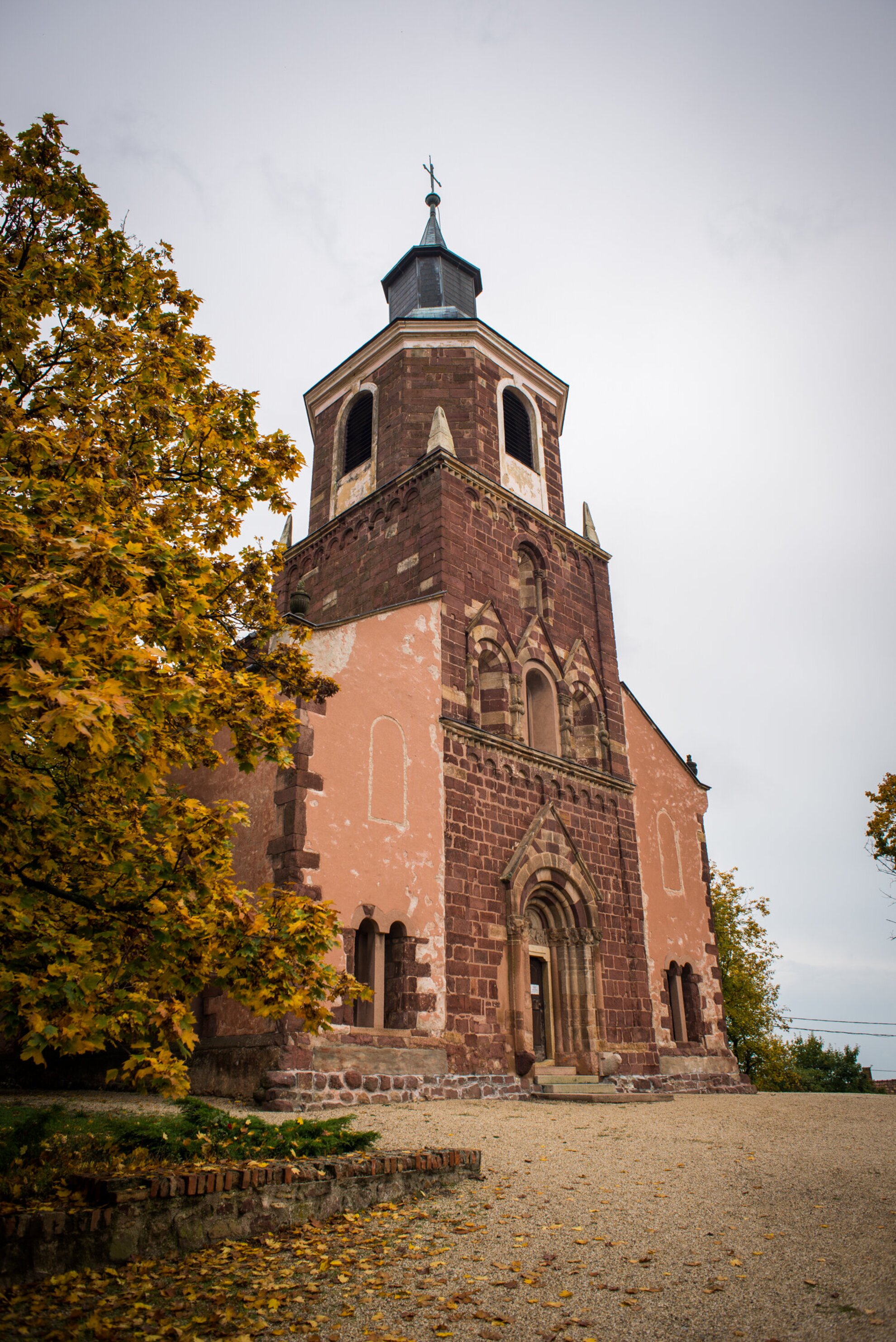
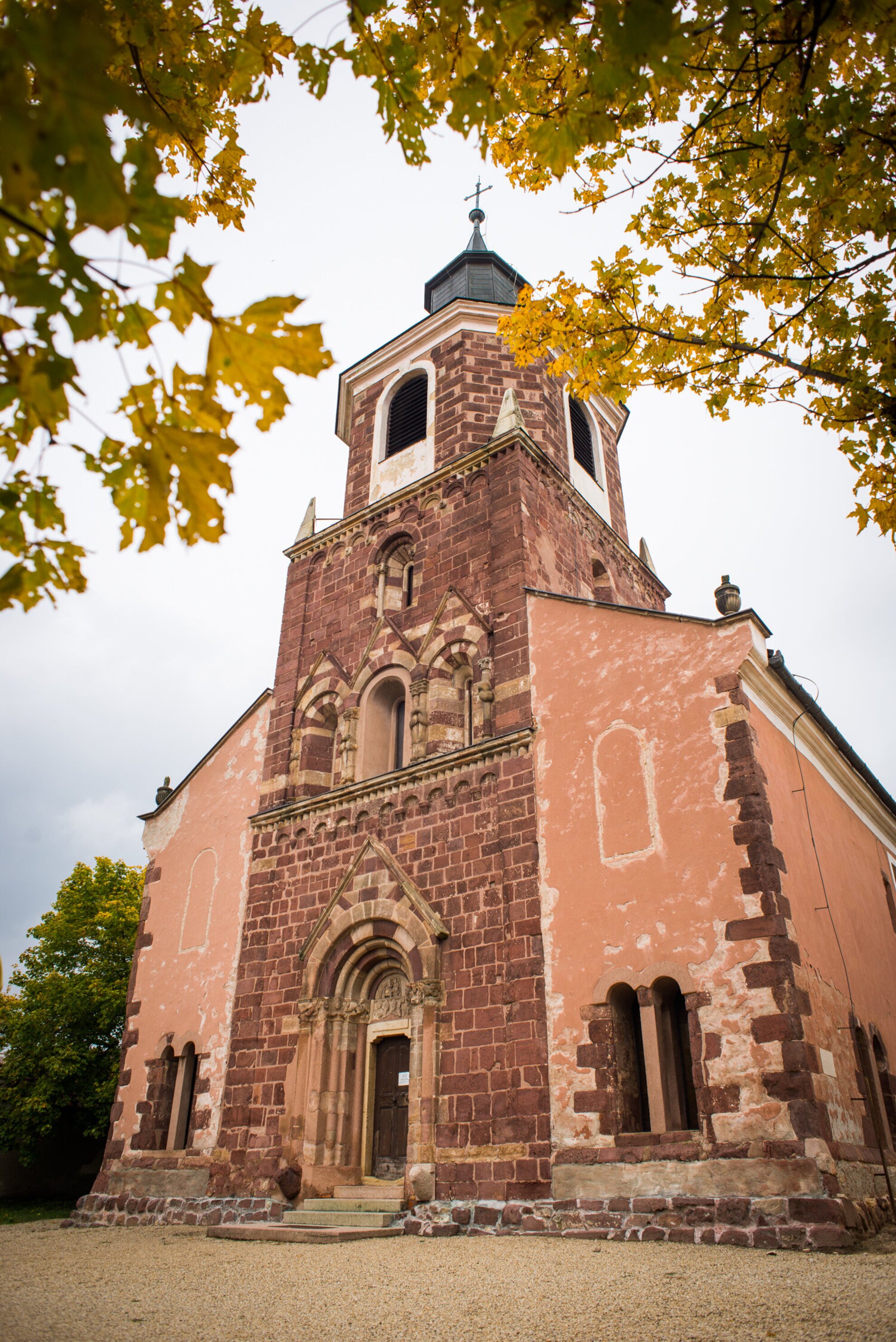
The provostry of Felsőörs was founded by the Örsi family at the end of the 12th century, and the construction of the church, which was completed at the beginning of the 13th century, was commissioned by them as well. Over the years, the building has gone through a lot: it was looted several times, it burned down during the Turkish wars, and the nearby graves were destroyed as well. After several restoration attempts, the site was salvaged in 1943 thanks to the scientific research project ordered by the Provisional Monuments Commission. The western portal with its nested arches is one of the church's most beautiful elements, but the rich architecture of the steeple's main façade is also quite unique – this is the oldest building in Hungary that’s adorned with a tympanum.
Egregy (Hévíz), Szent Magdolna Church
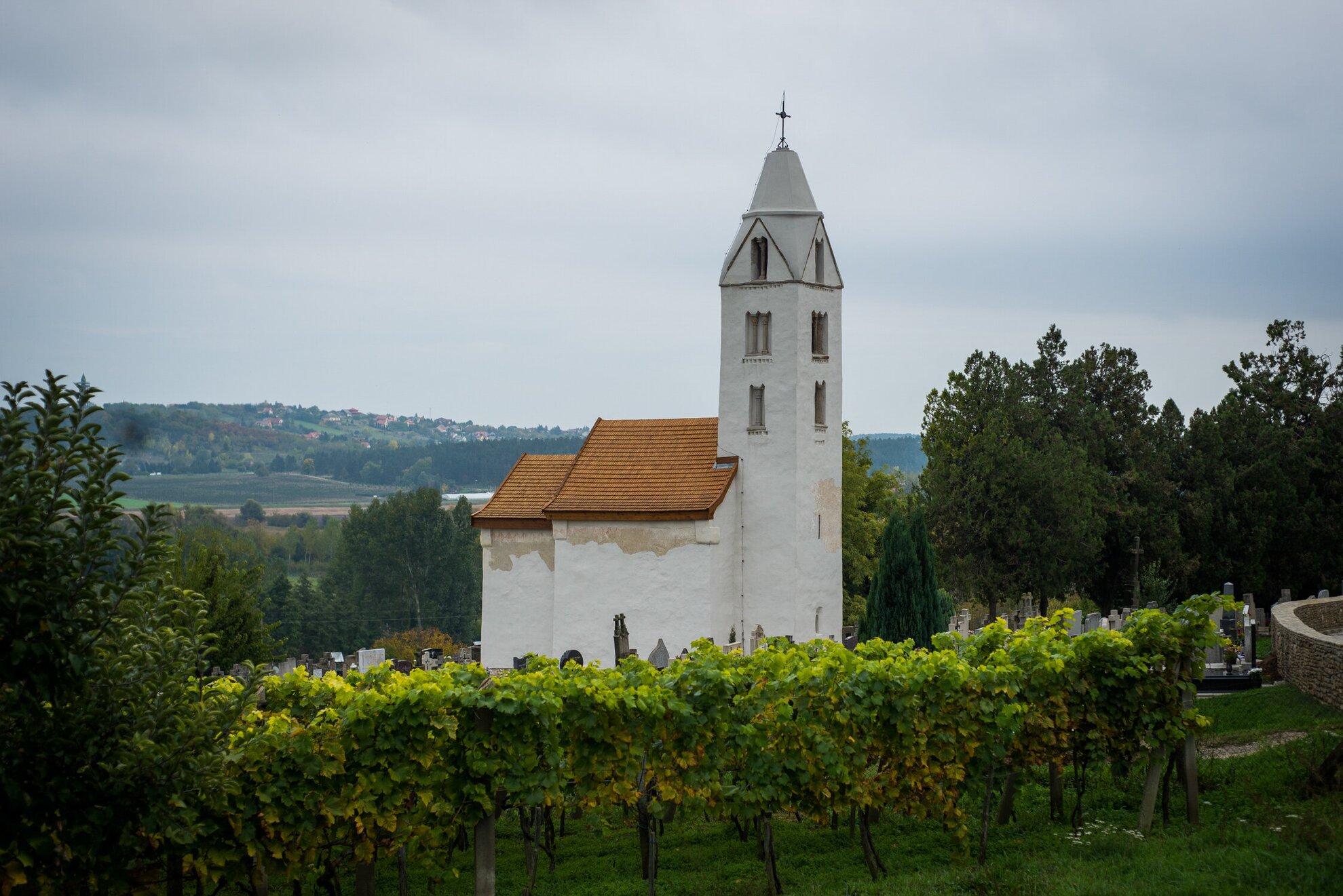
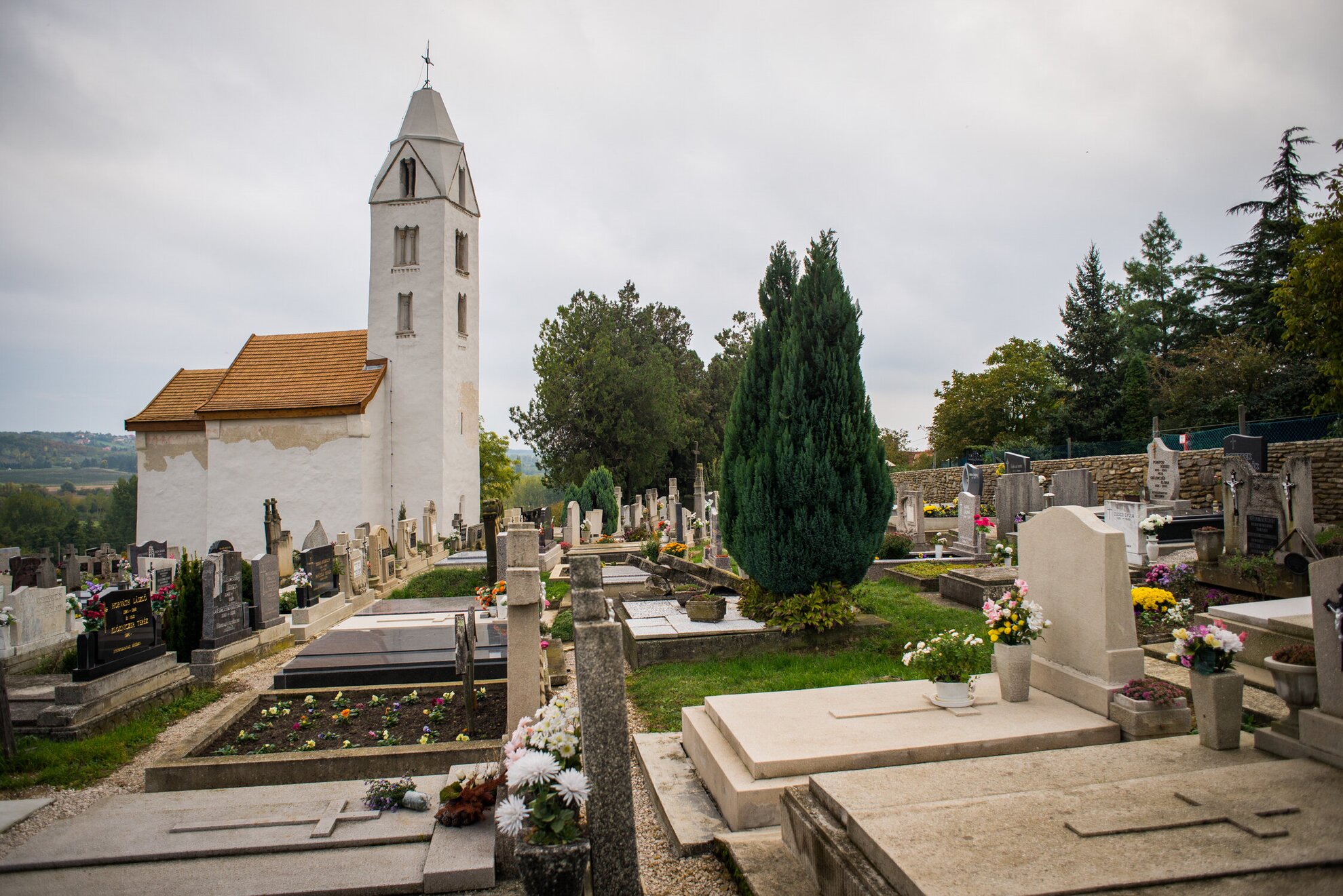
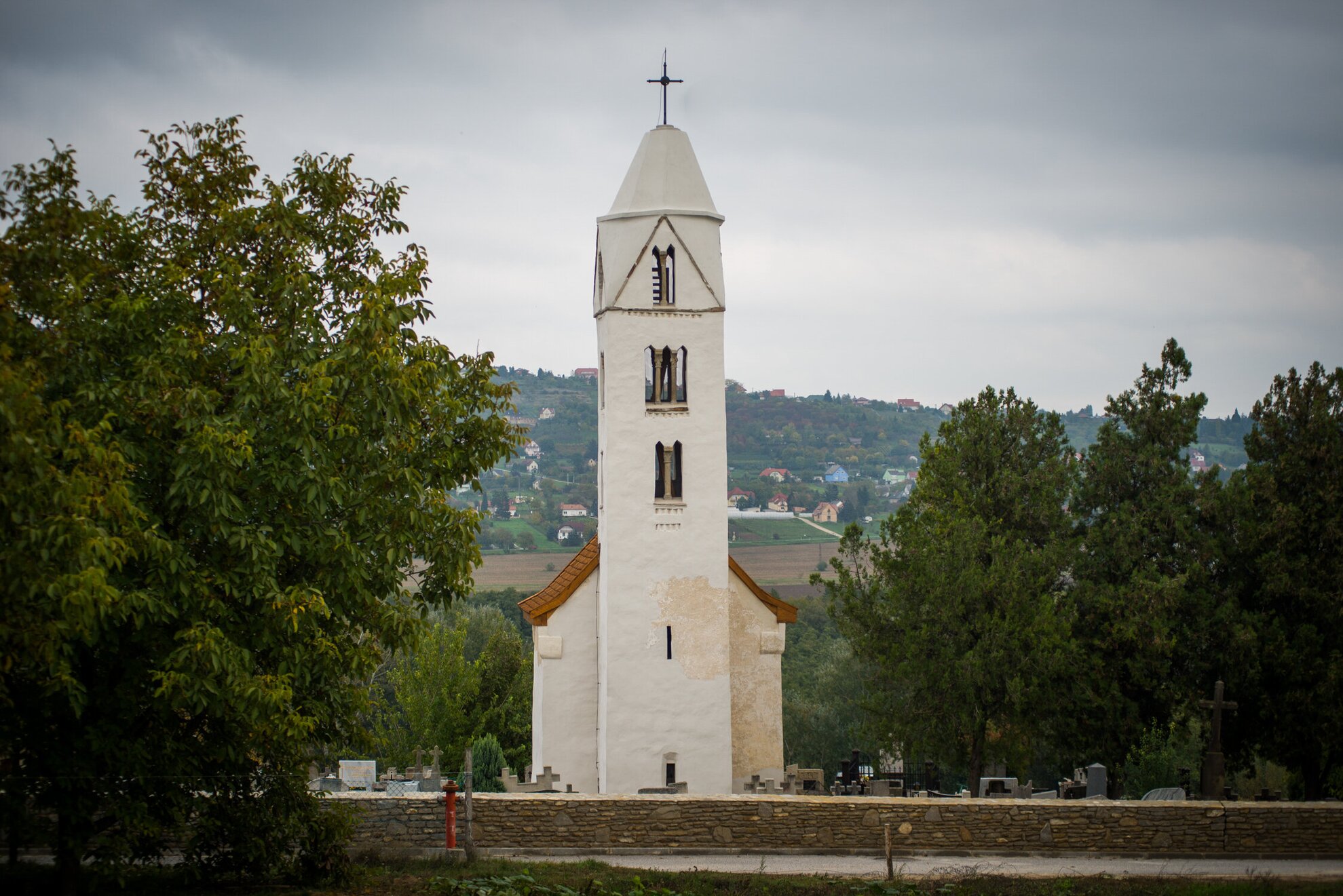
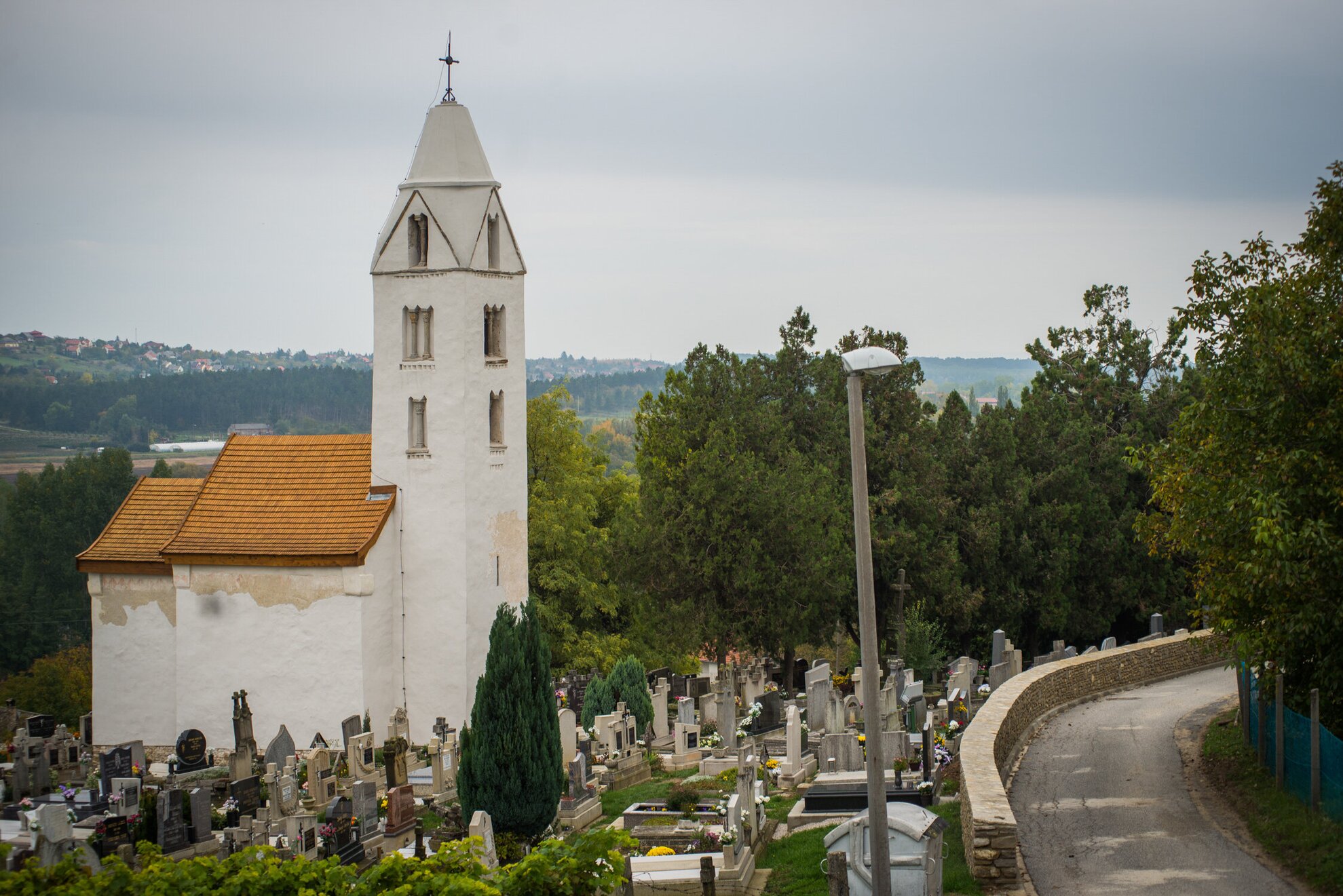
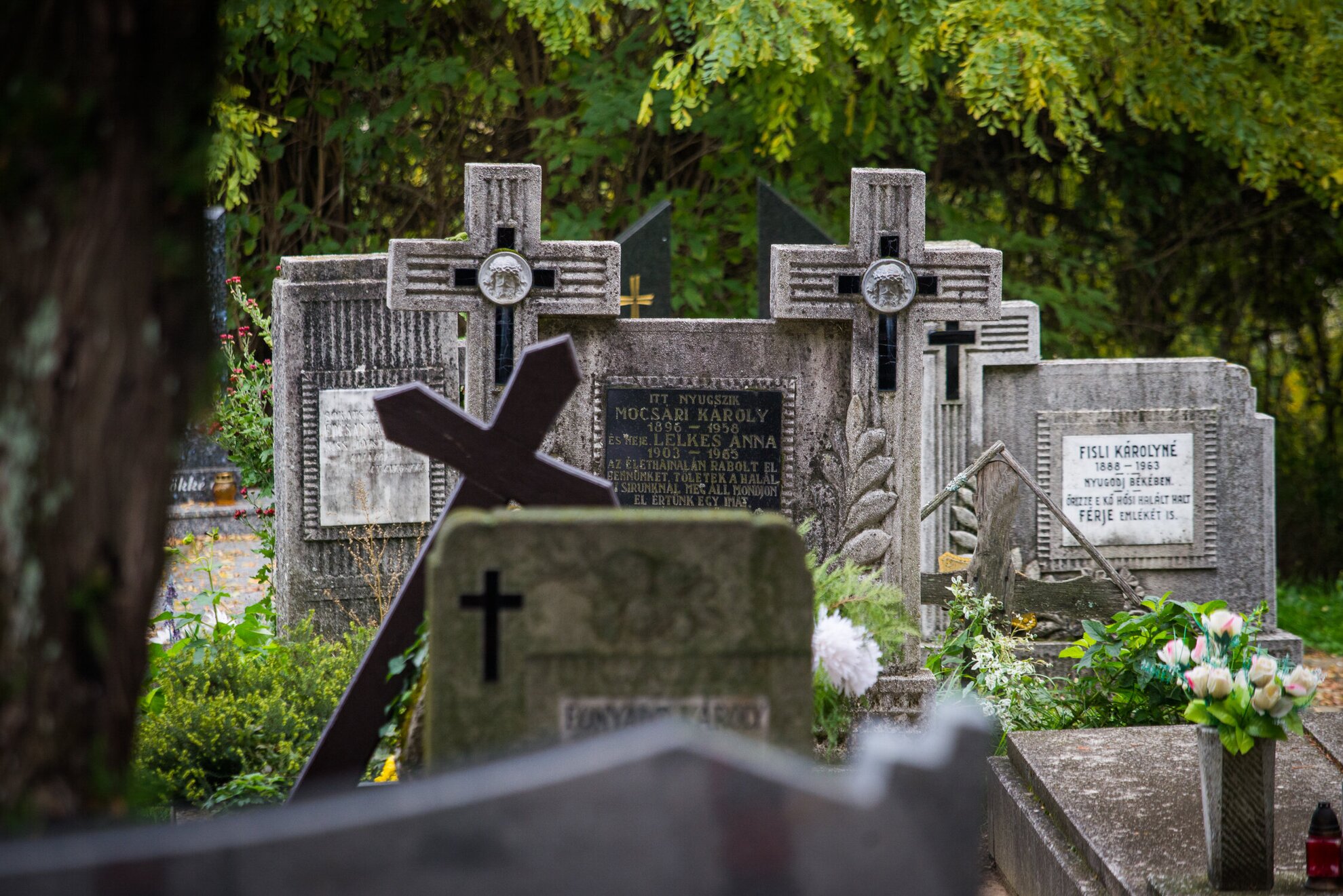
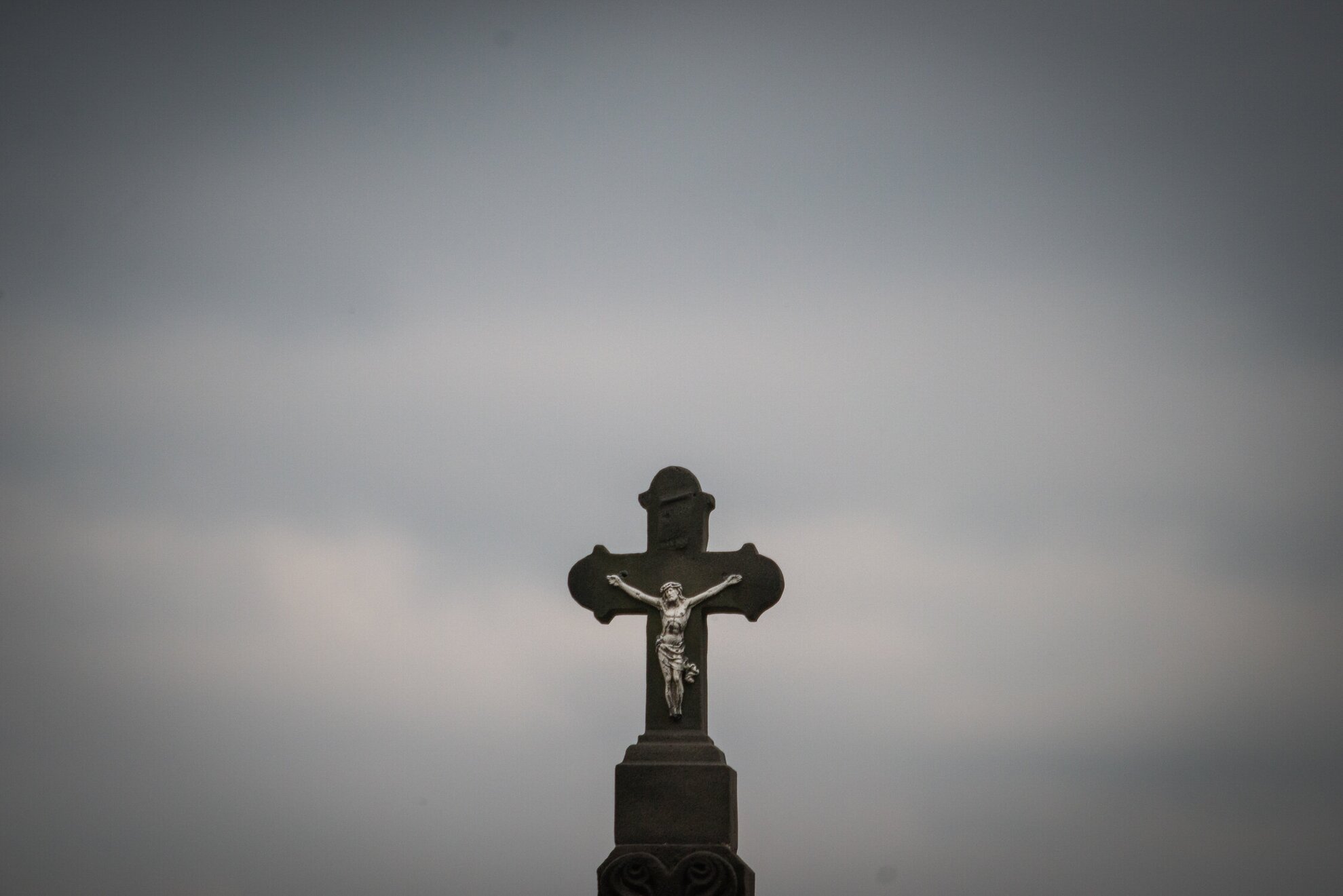
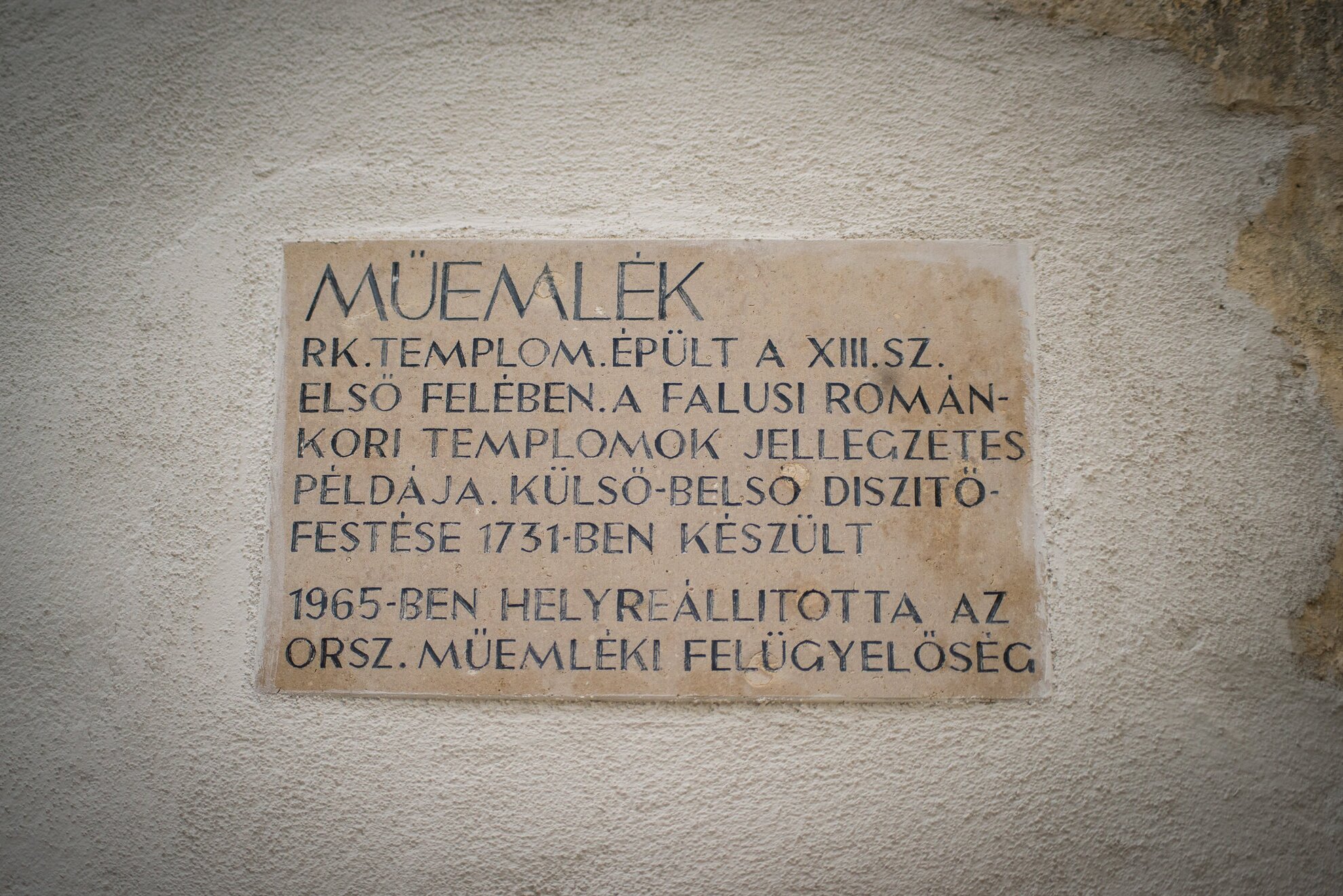
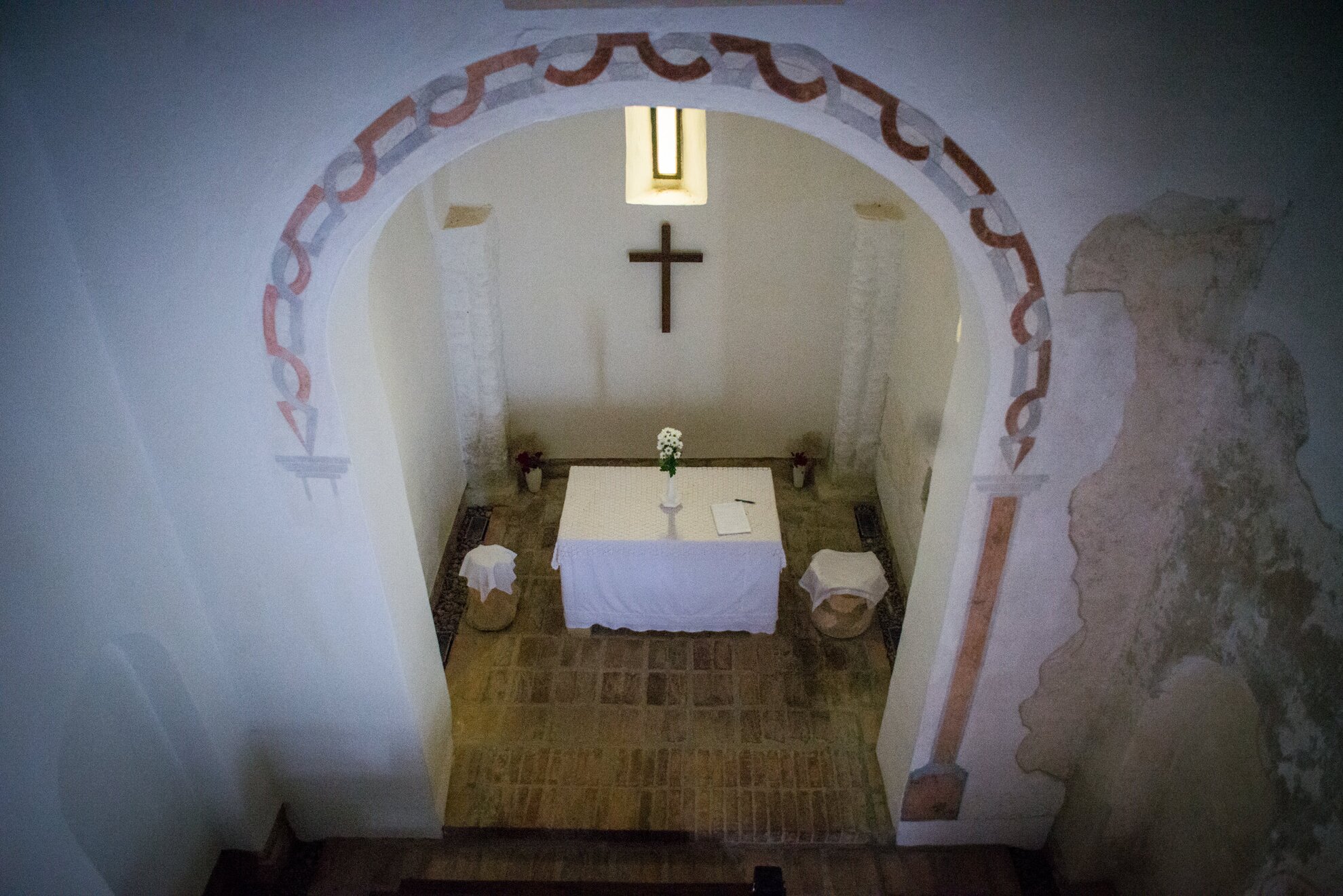
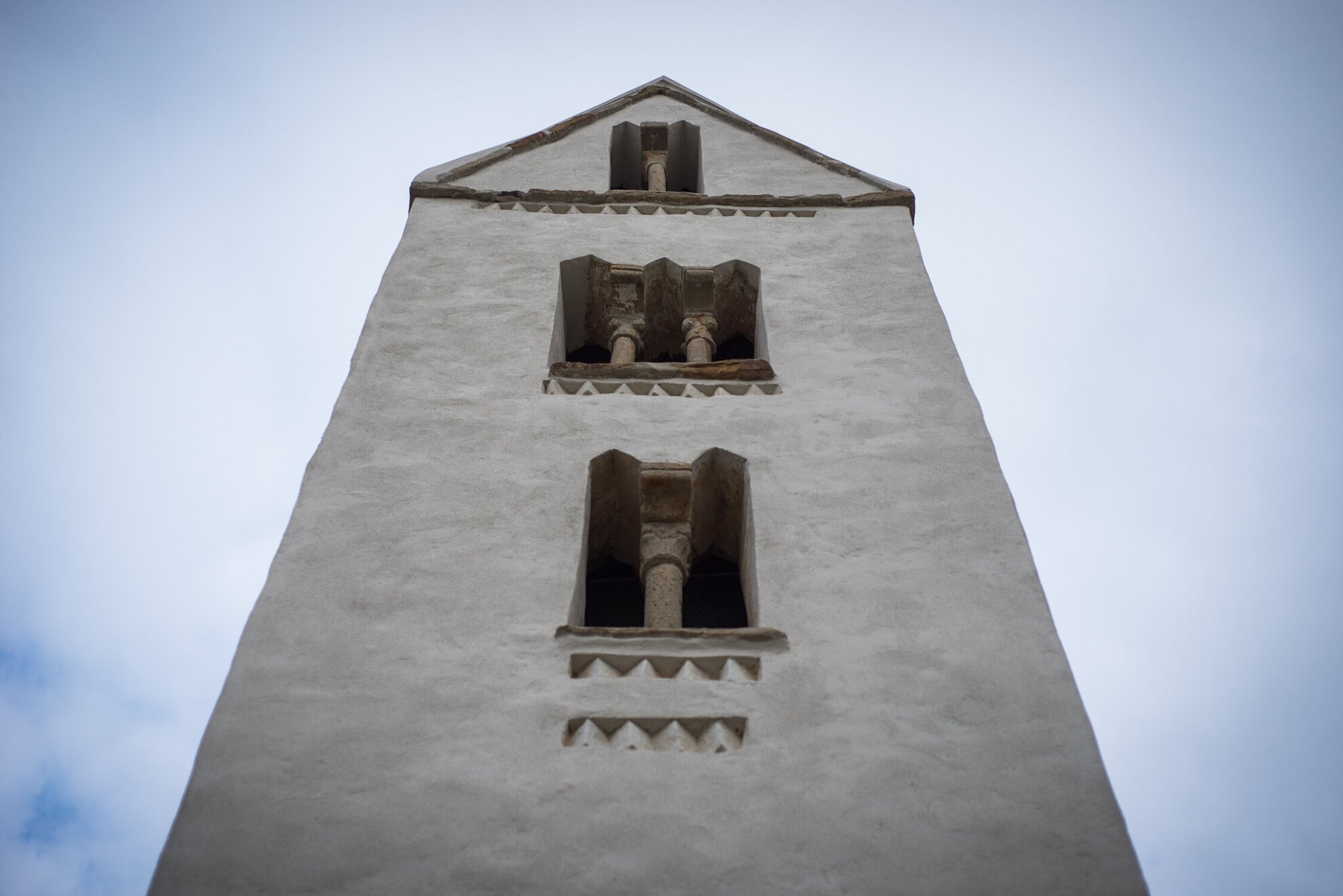
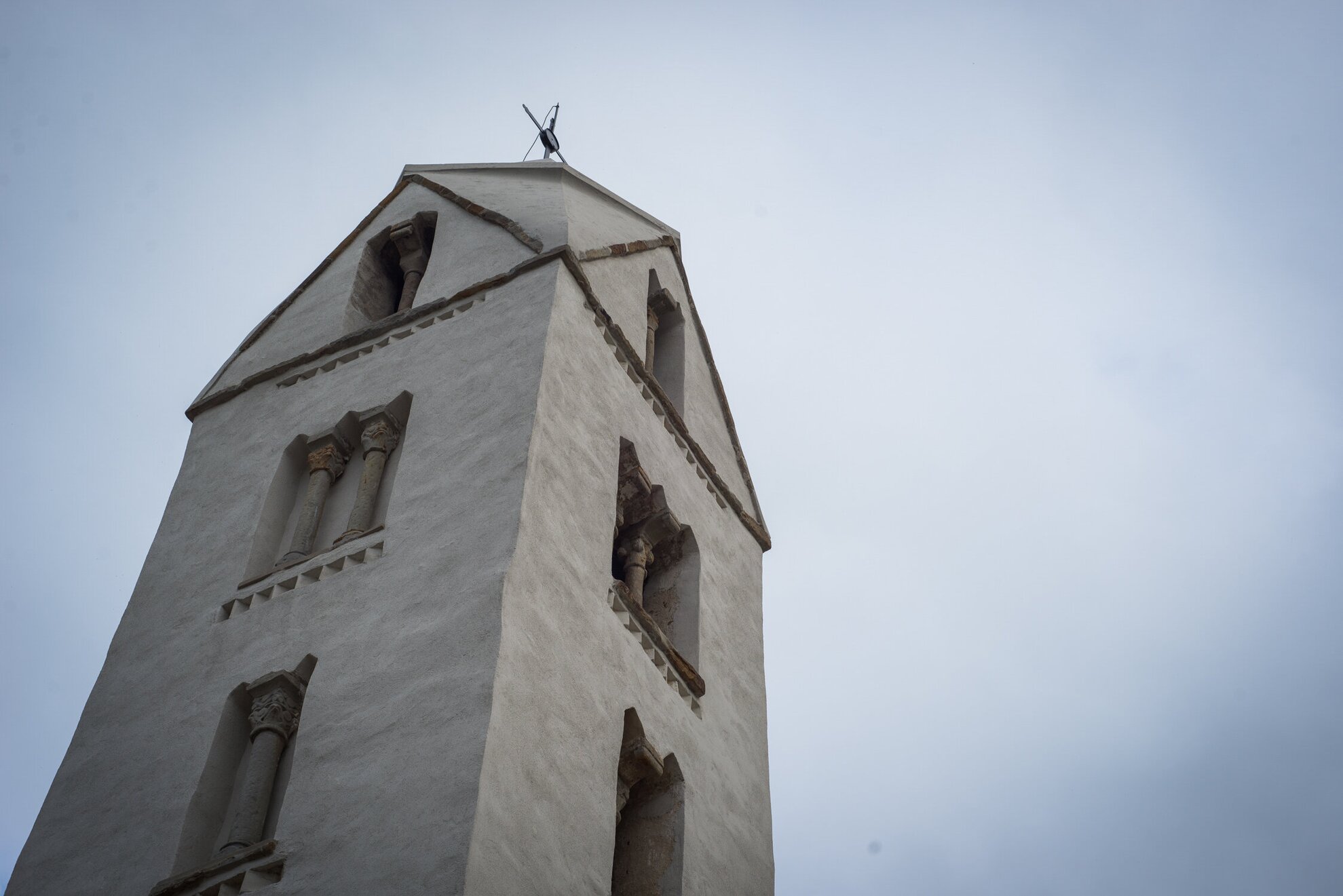
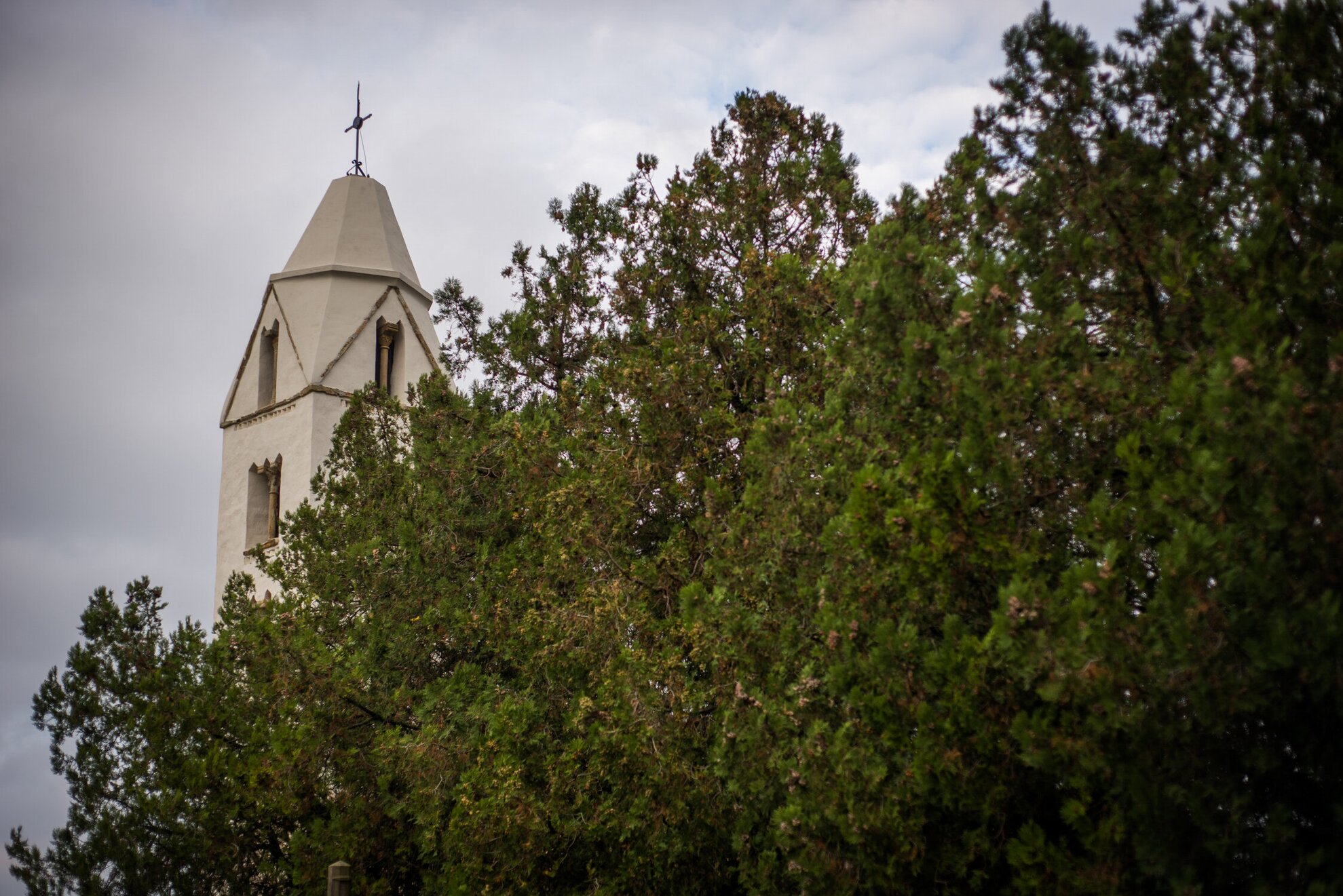
Located in Hévíz, this Árpád era stone church was first mentioned in a 1341 document – historians thus believe that it must have been built in the second quarter of the 13th century. The Romanesque church was not altered much during the Middle Ages; its structure was first modified in 1731, and it was renovated on several occasions in subsequent years. In 1965, the building was furnished with pieces reflecting the original atmosphere. The most prominent feature of the chapel is its tall tower, which is capped with an octagonal roof.
Address: Hévíz 8380, Egregy Road churchyard
Kisapáti, Szent Kereszt Chapel
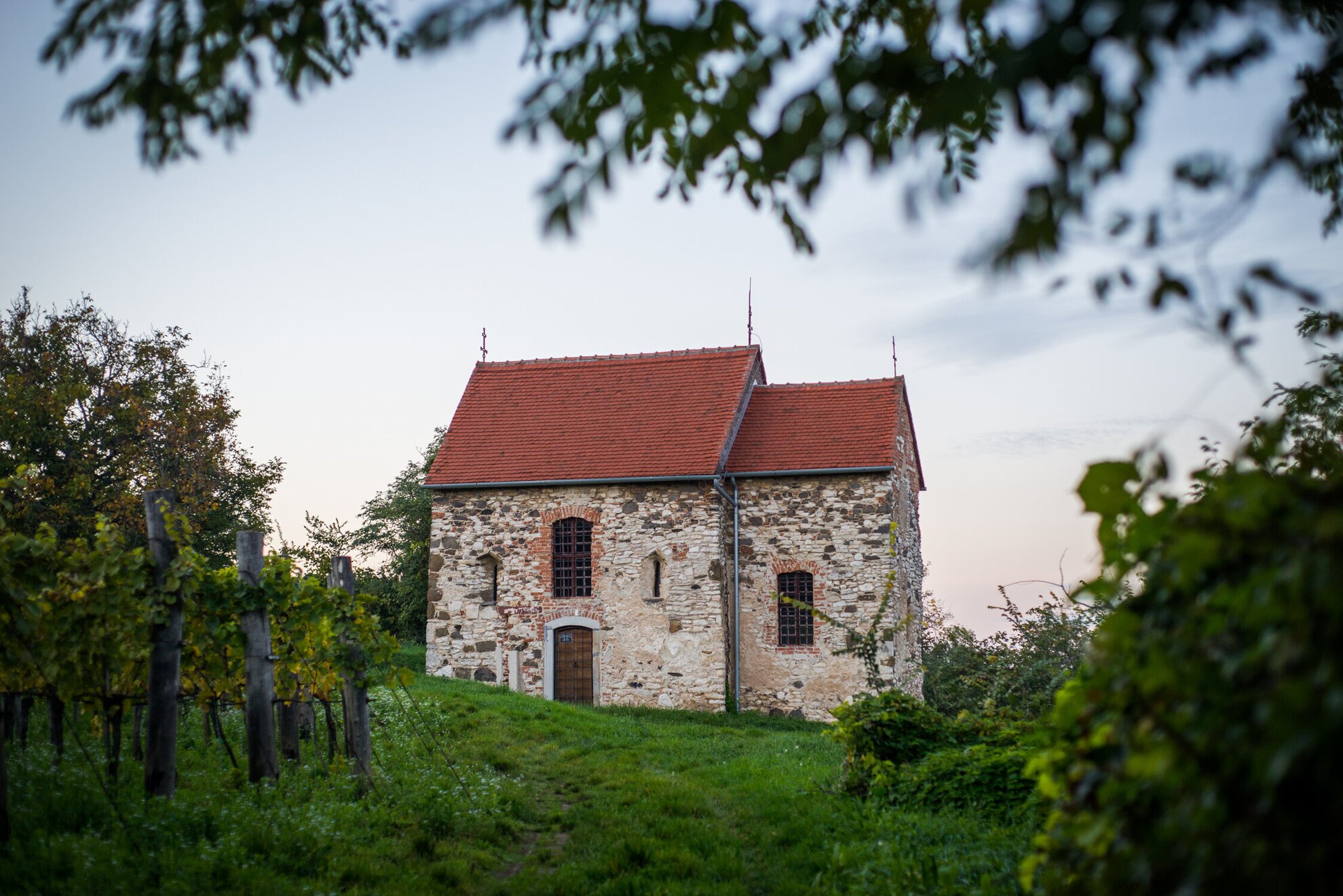
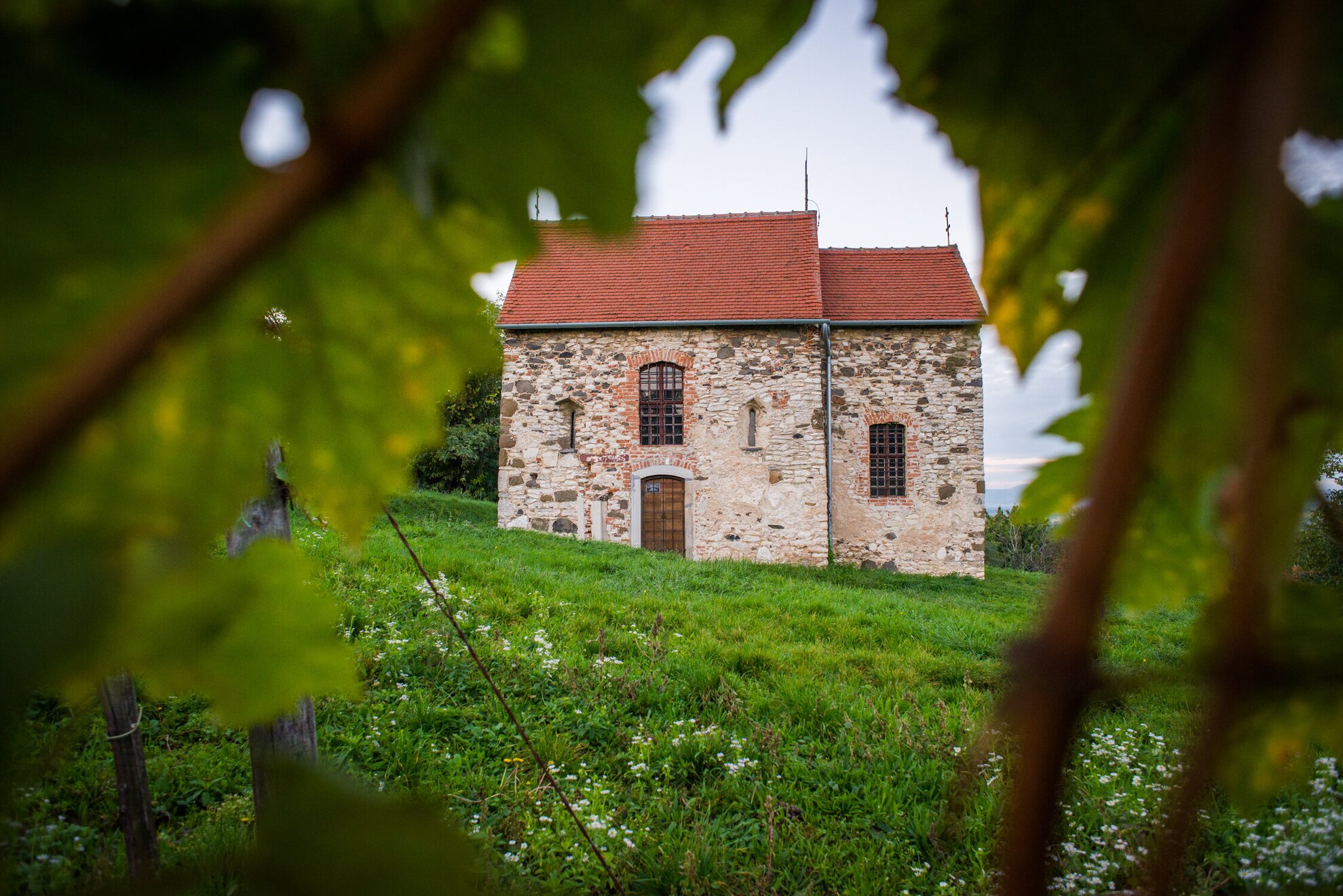
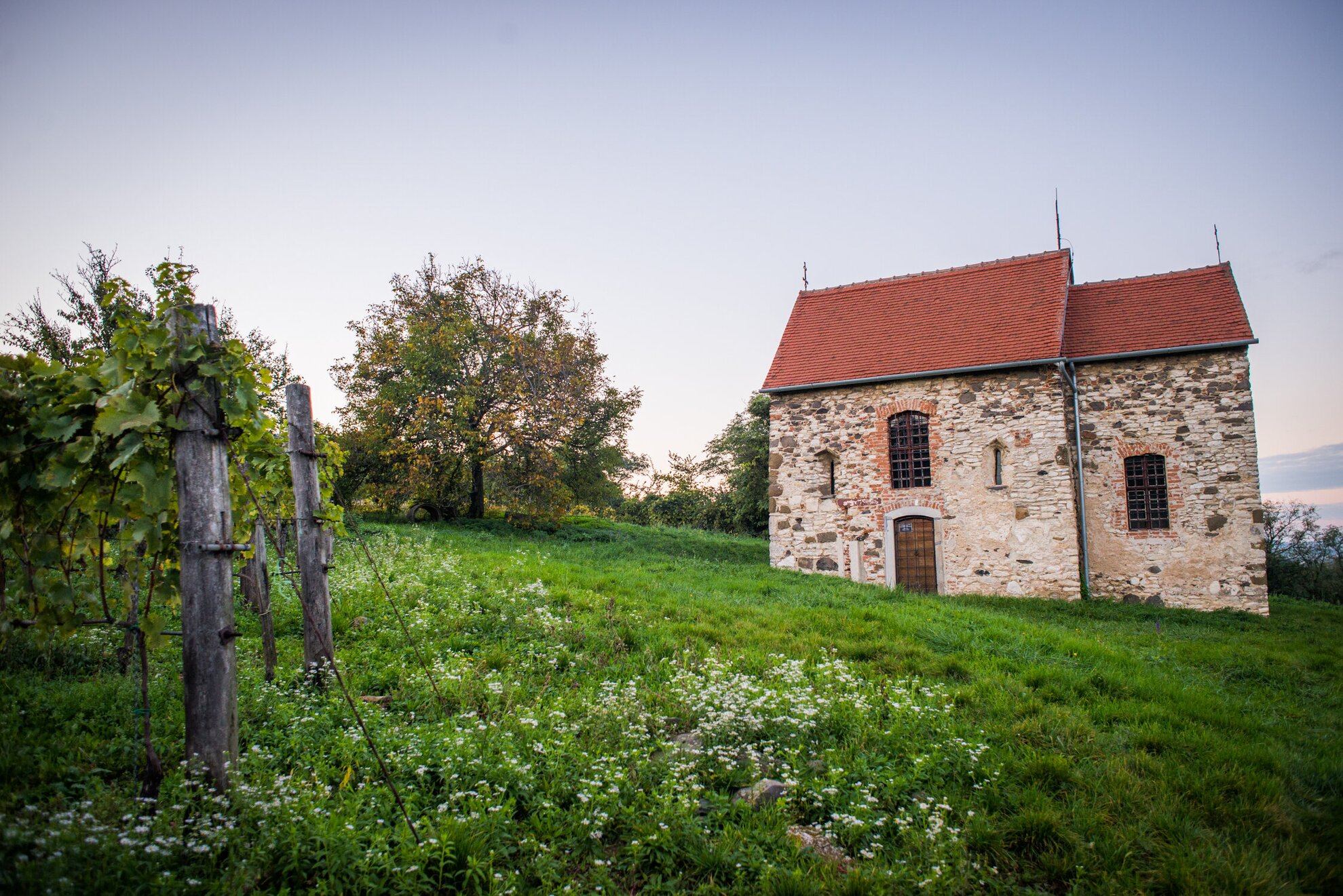
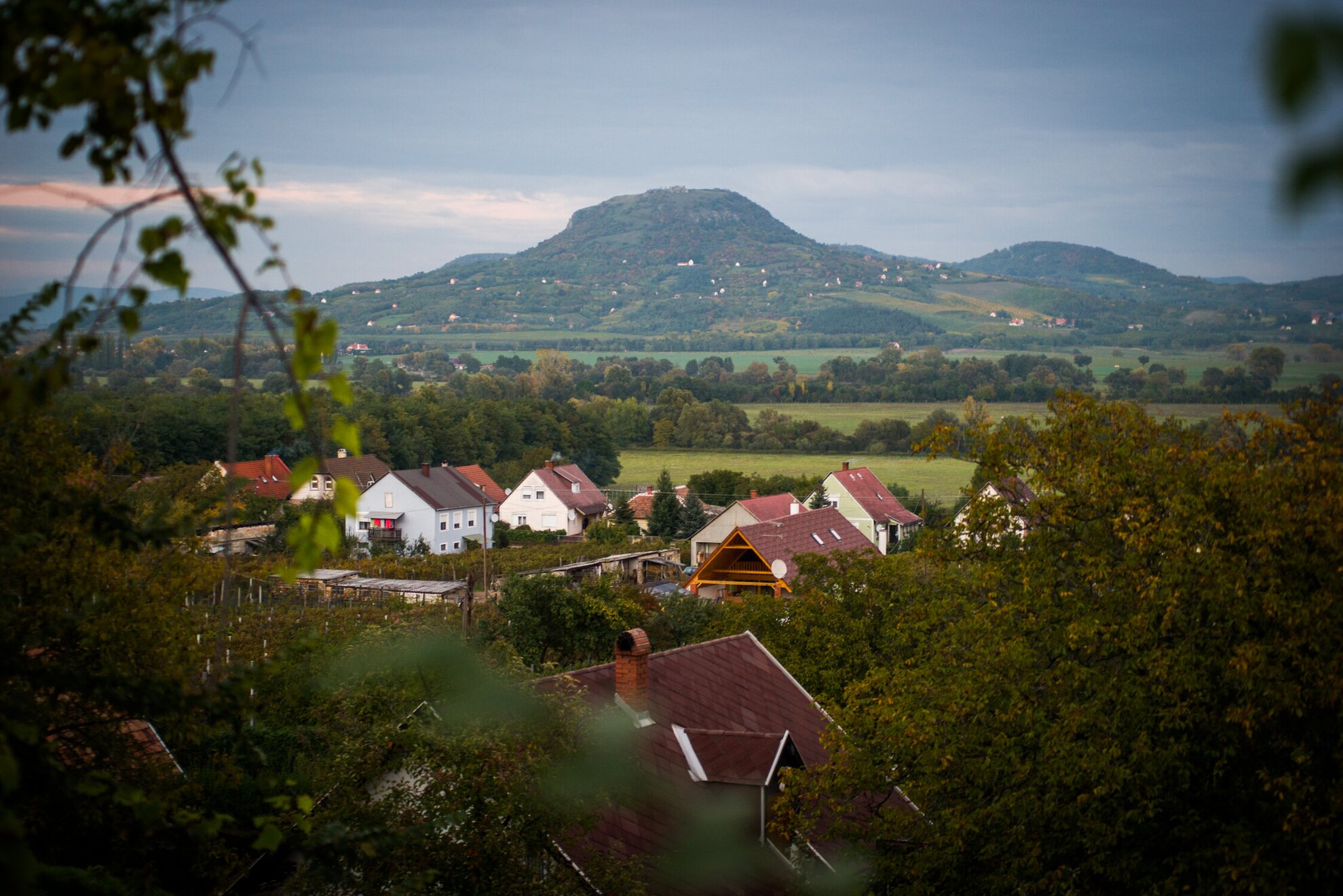
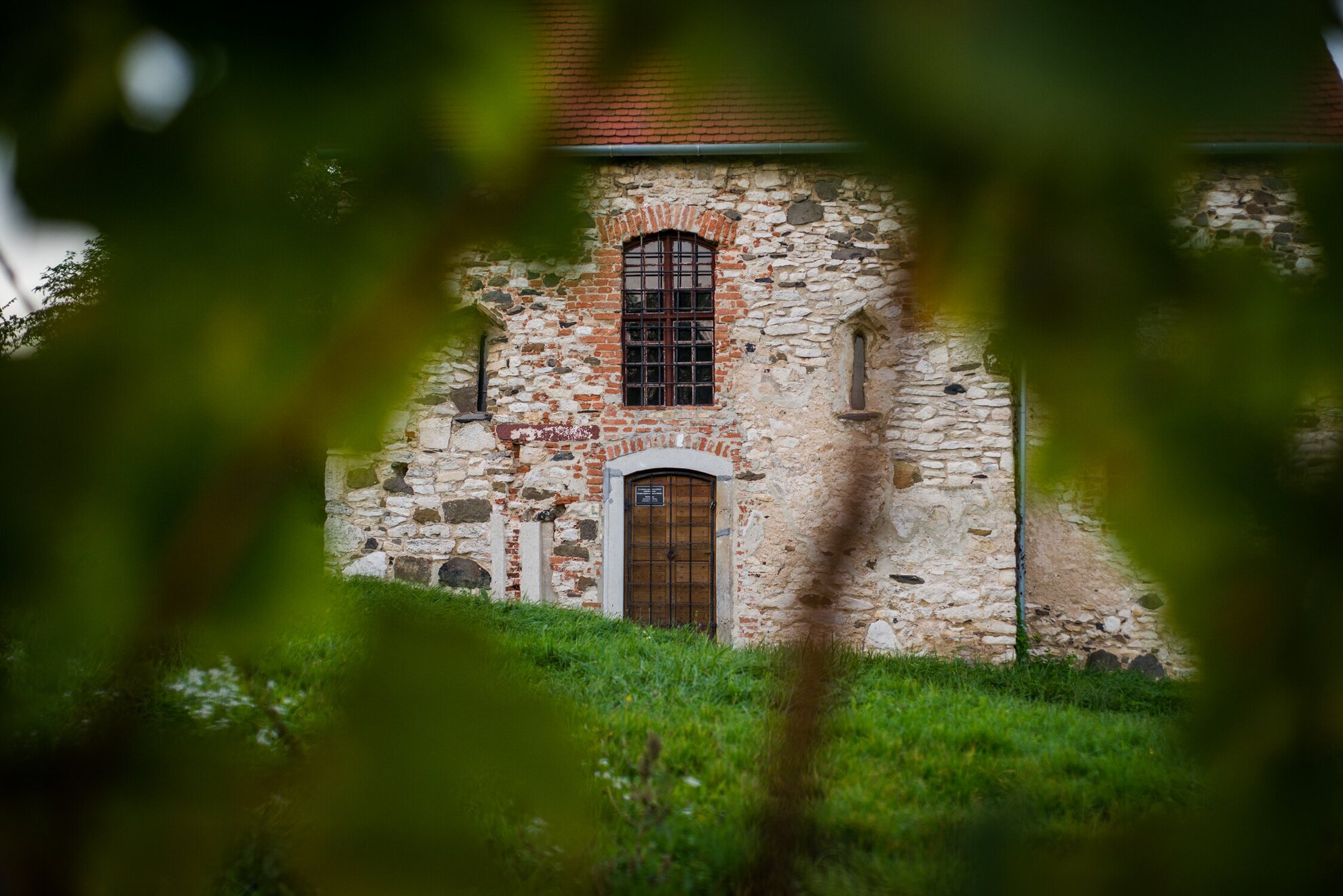
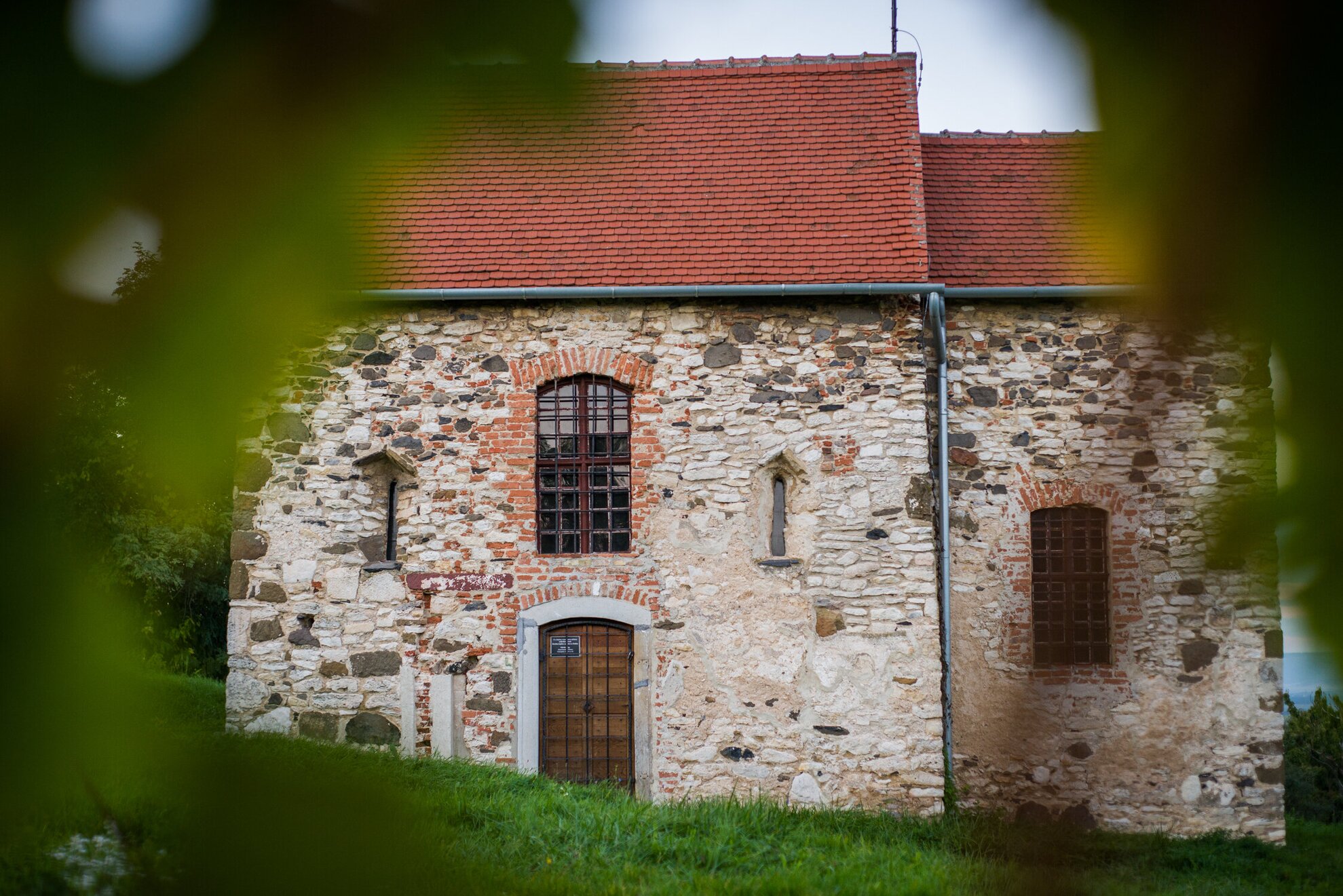
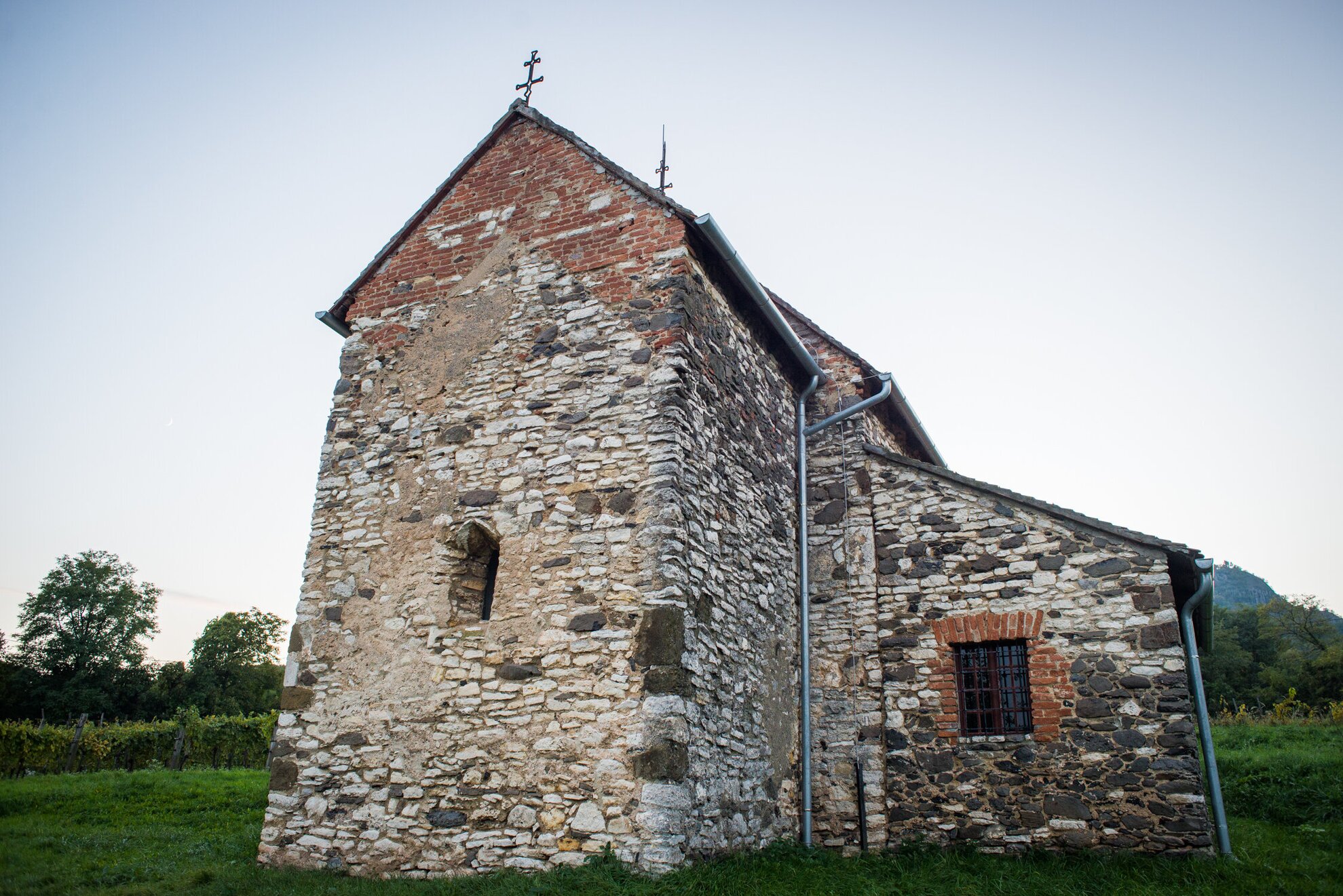
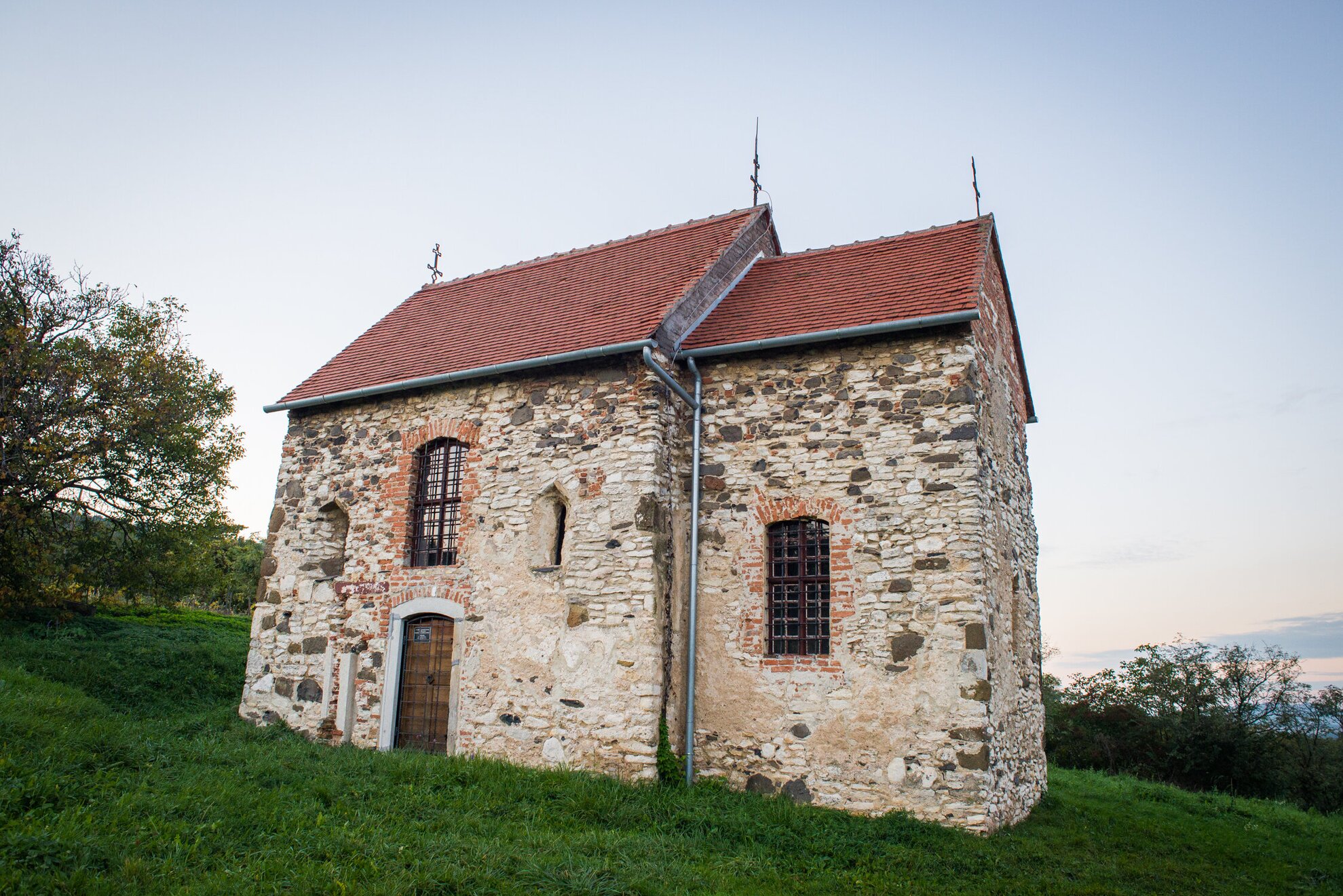
Set on the eastern side of Szent György Hill, Kisapáti’s oldest building is called Szent Kereszt Chapel – it was presumably erected in the 13th century, in the decades following the Mongol invasion. Starting in the 17th century, the inhabitants of the village began to move down from the hill to the present site of the settlement, leaving the chapel abandoned for a very long time. Its leaking roof and dilapidated walls were restored in 1958, and the church has been a treasured building of the community ever since. The altar from the late medieval times is the centerpiece of the sanctuary, and the fragments of medieval frescos are still visible on the walls.
Address: Kisapáti 8284, Szent György Hill
Lengyeltóti, Szent Jakab Roman Catholic Church
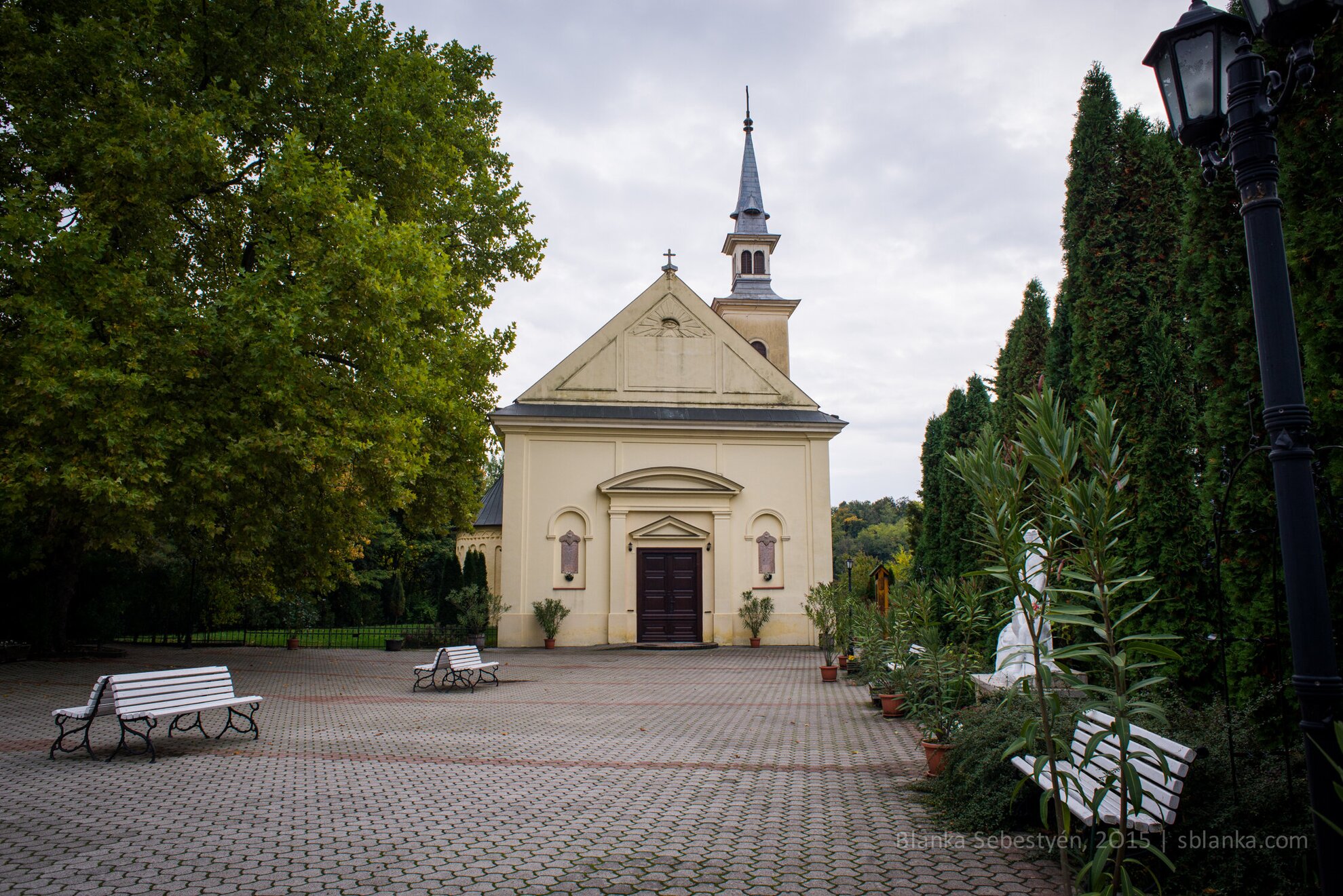
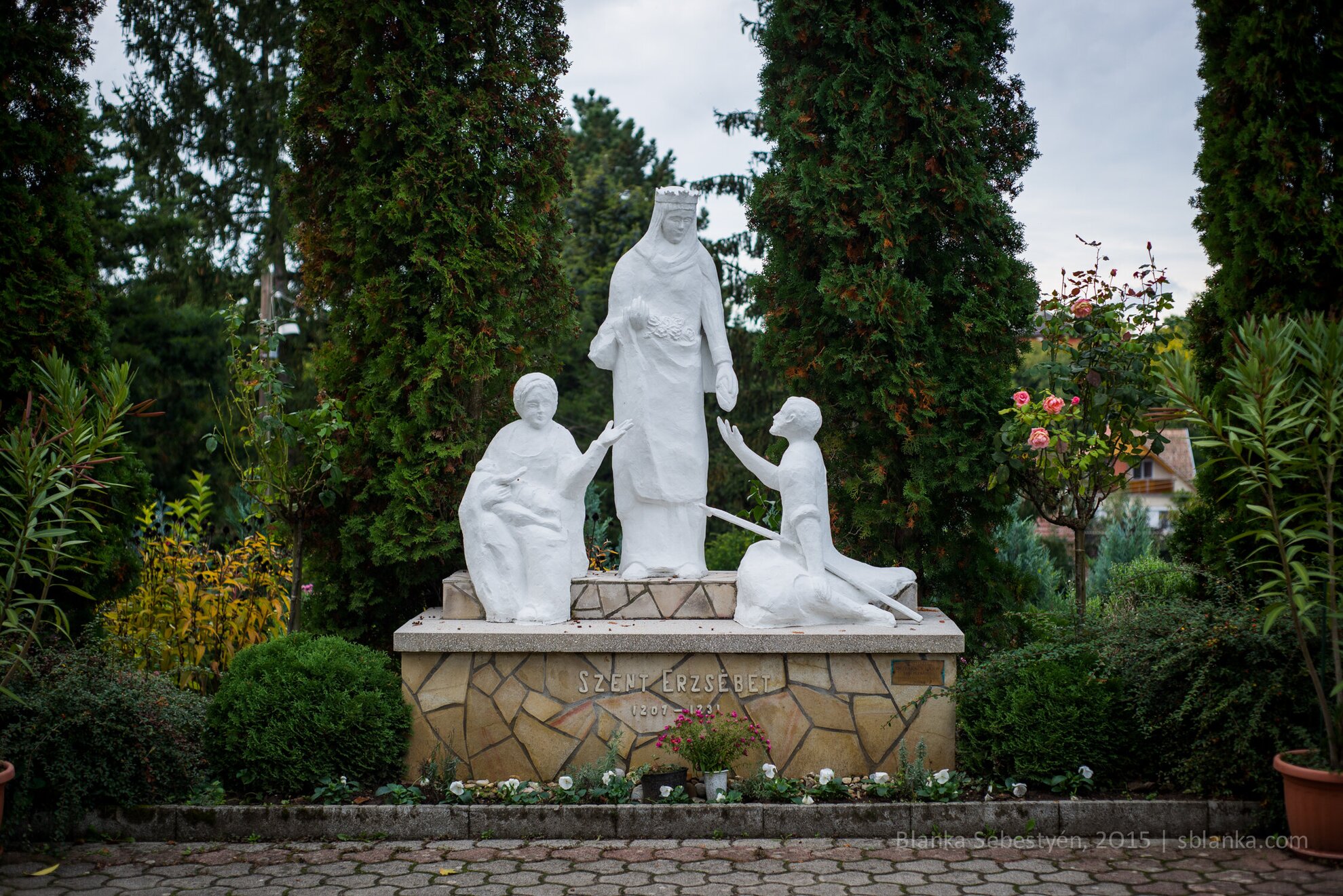
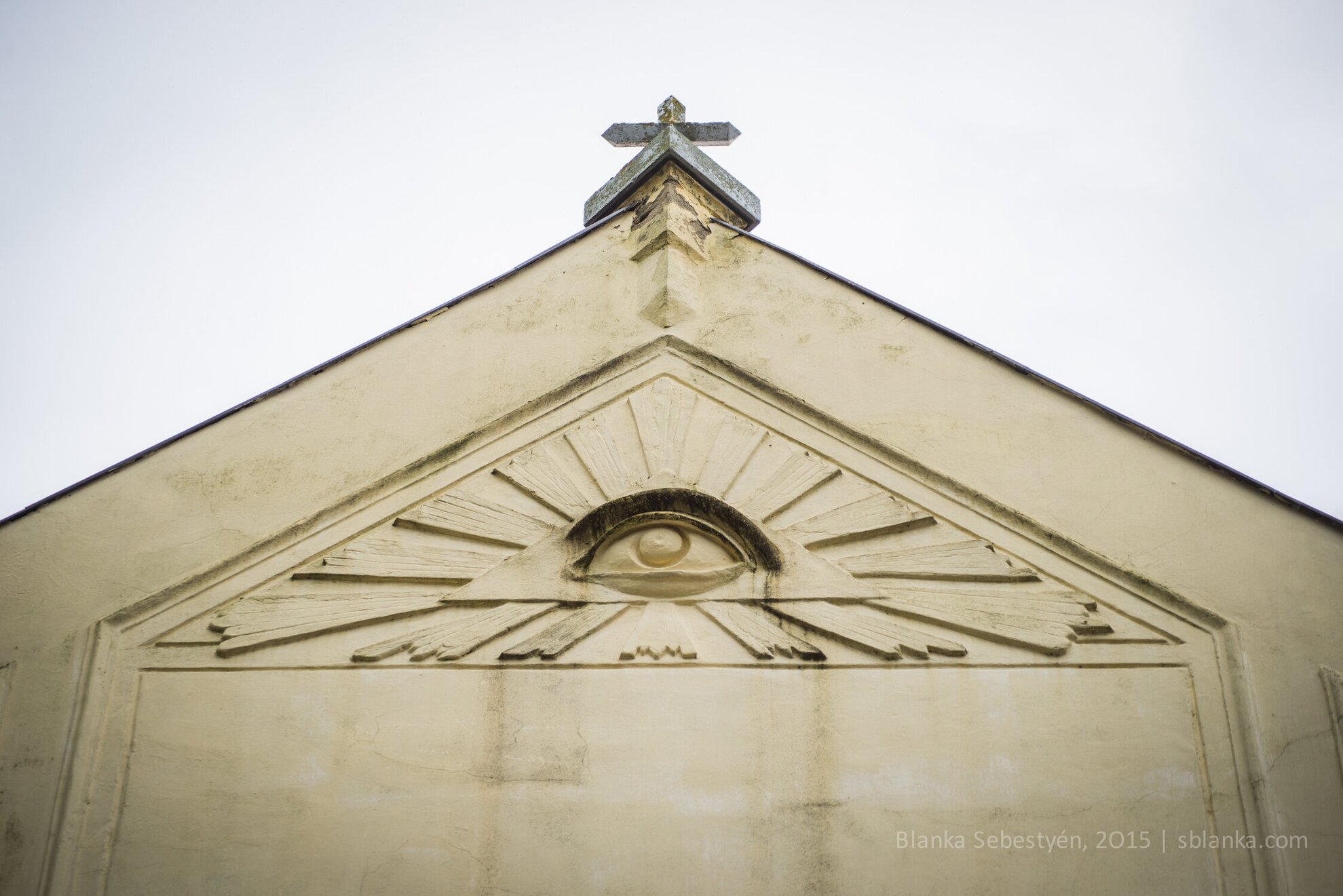
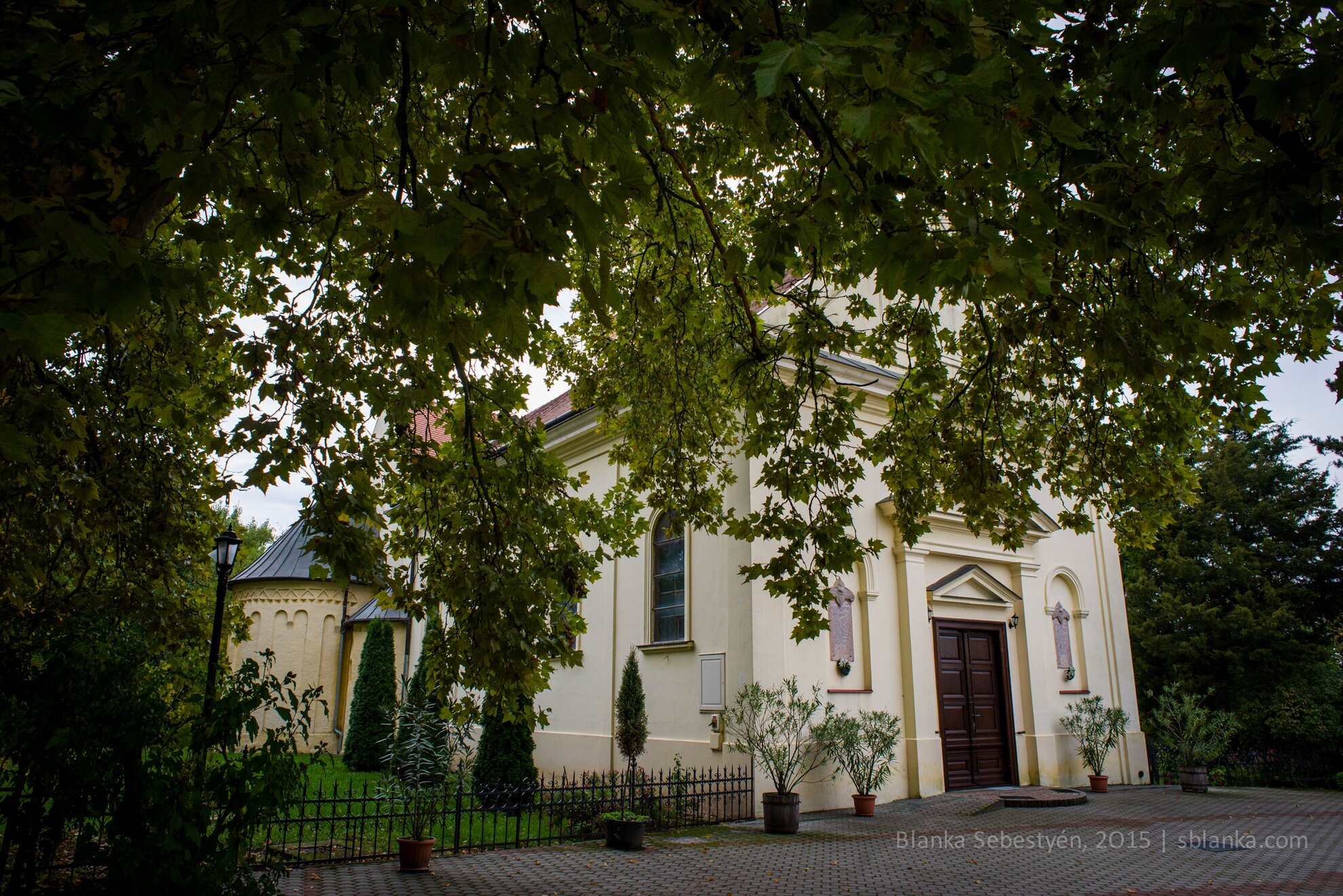
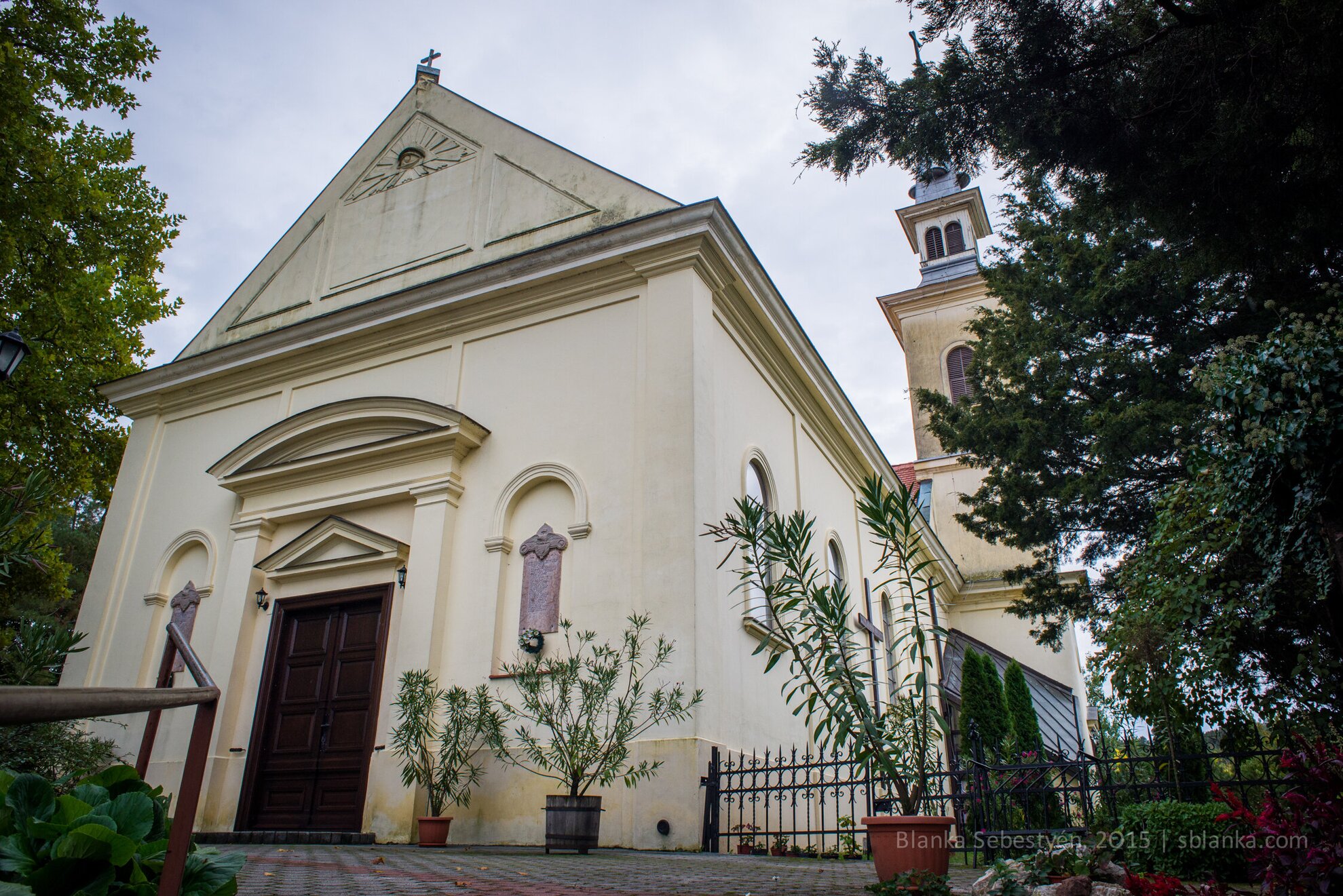
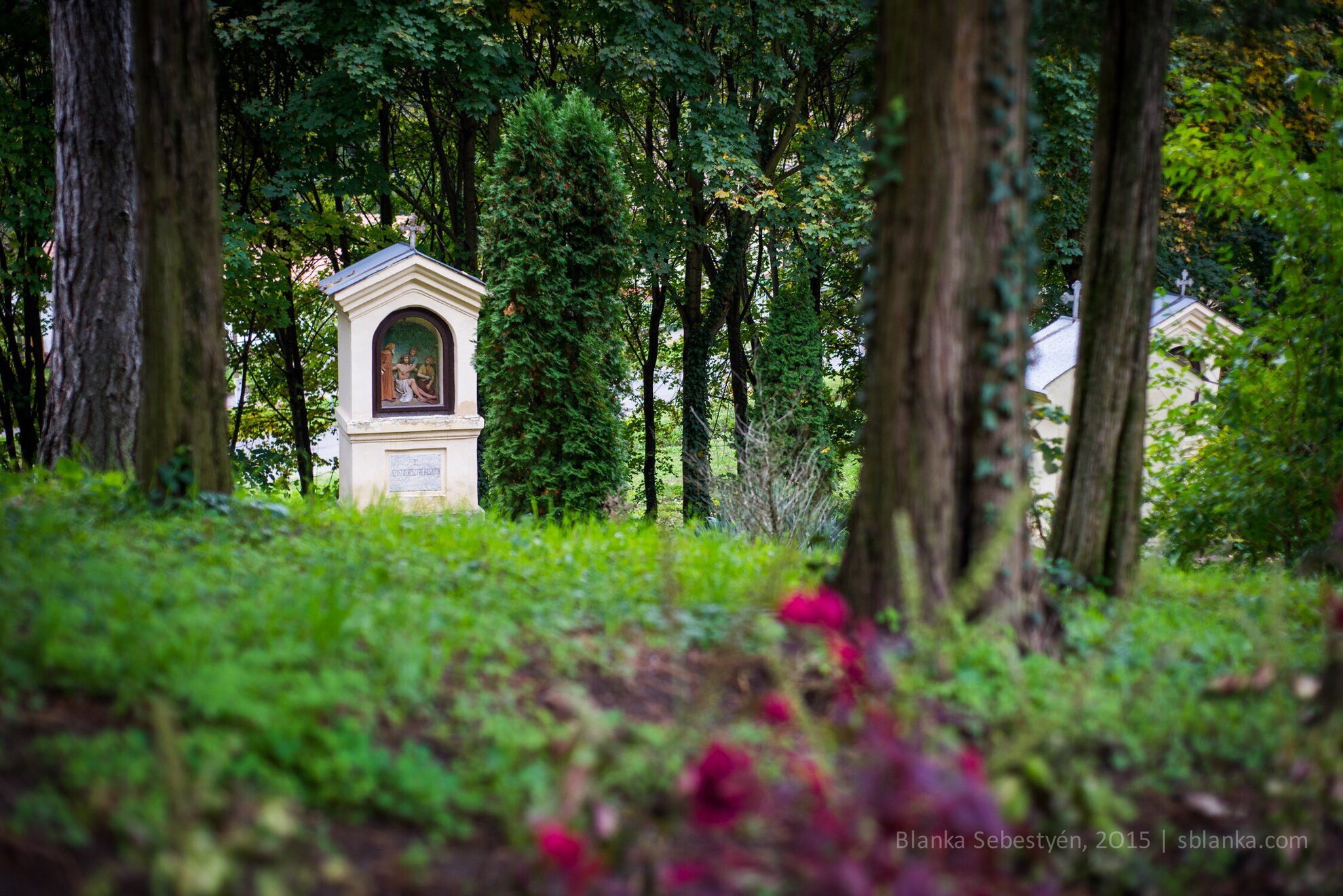
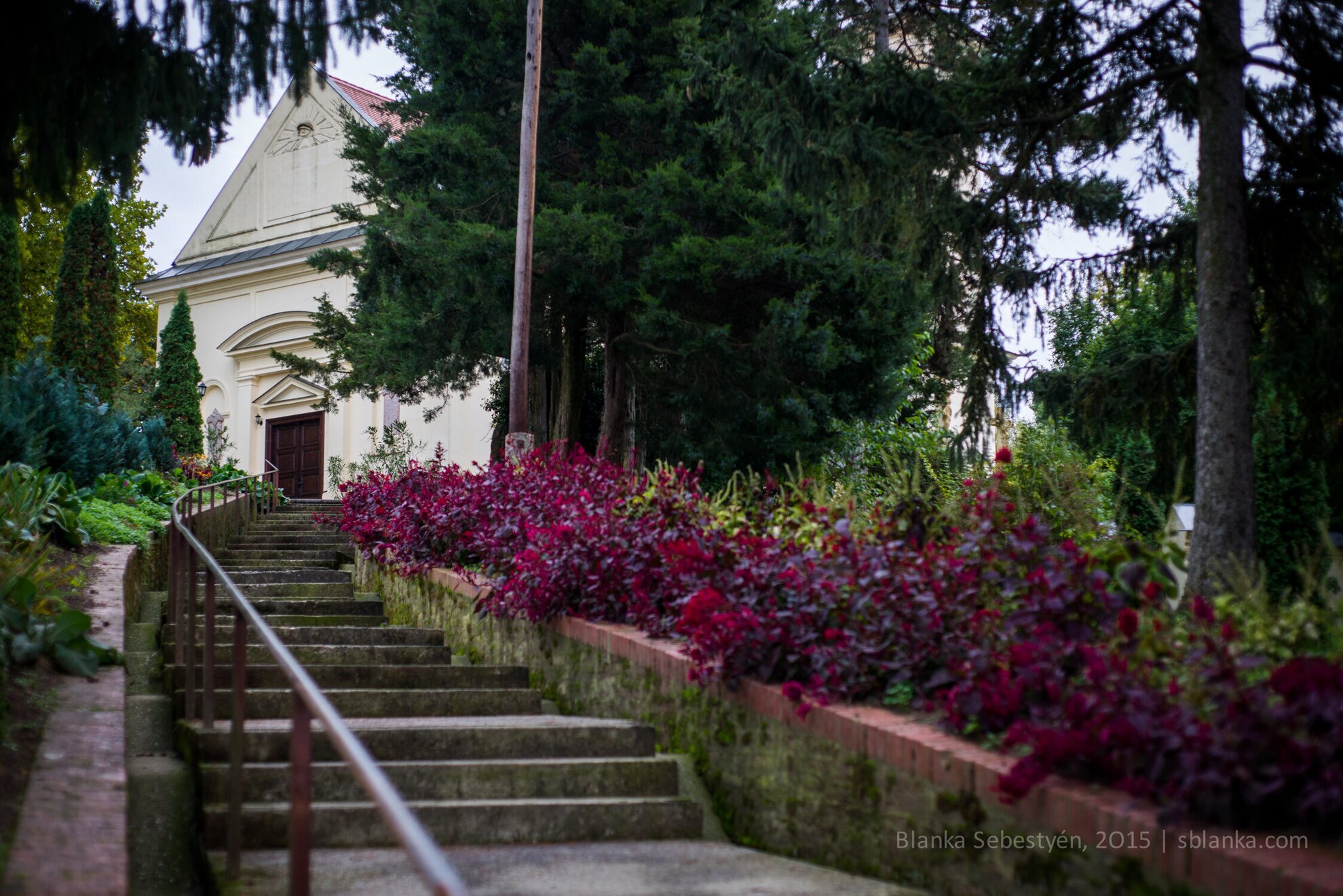
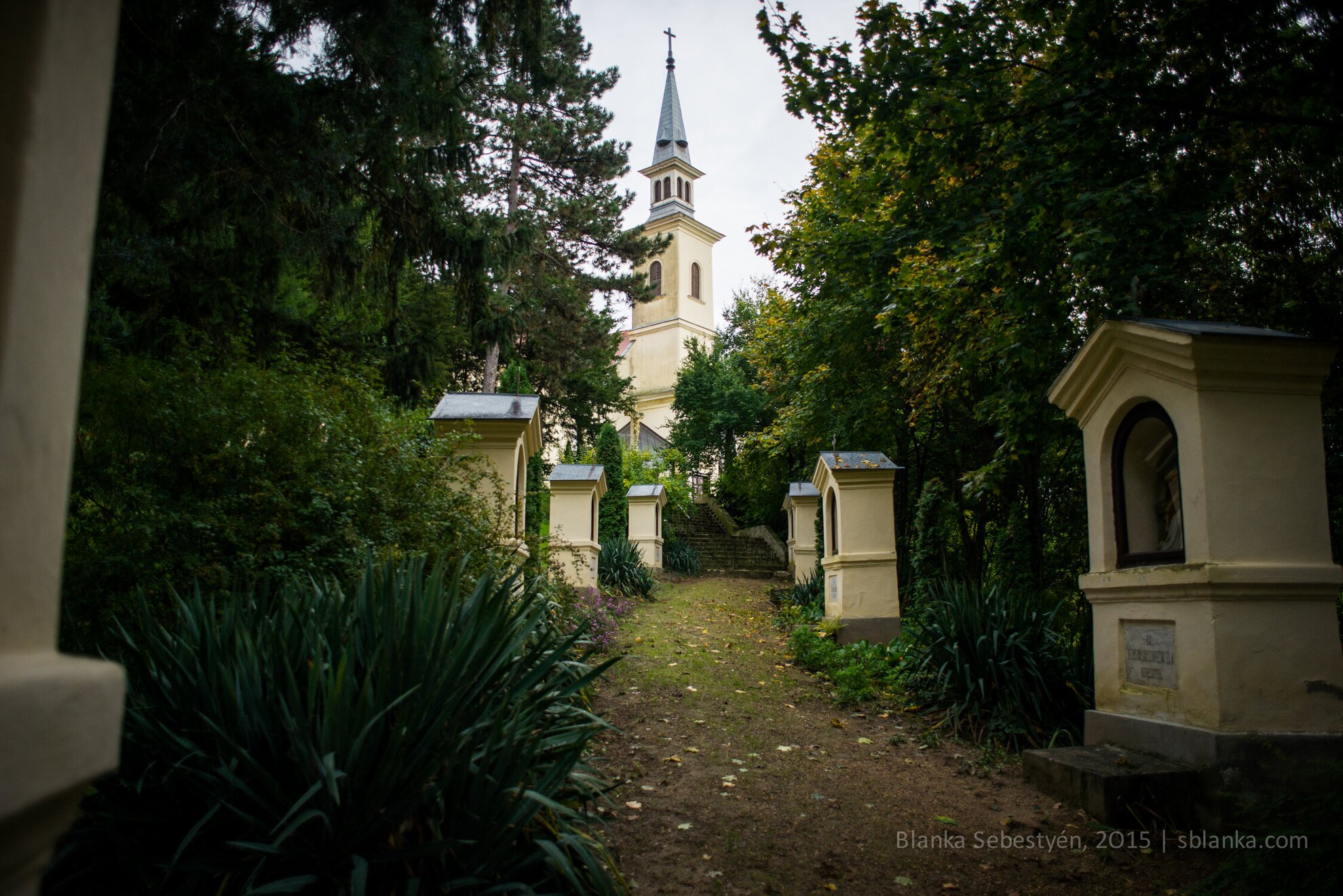
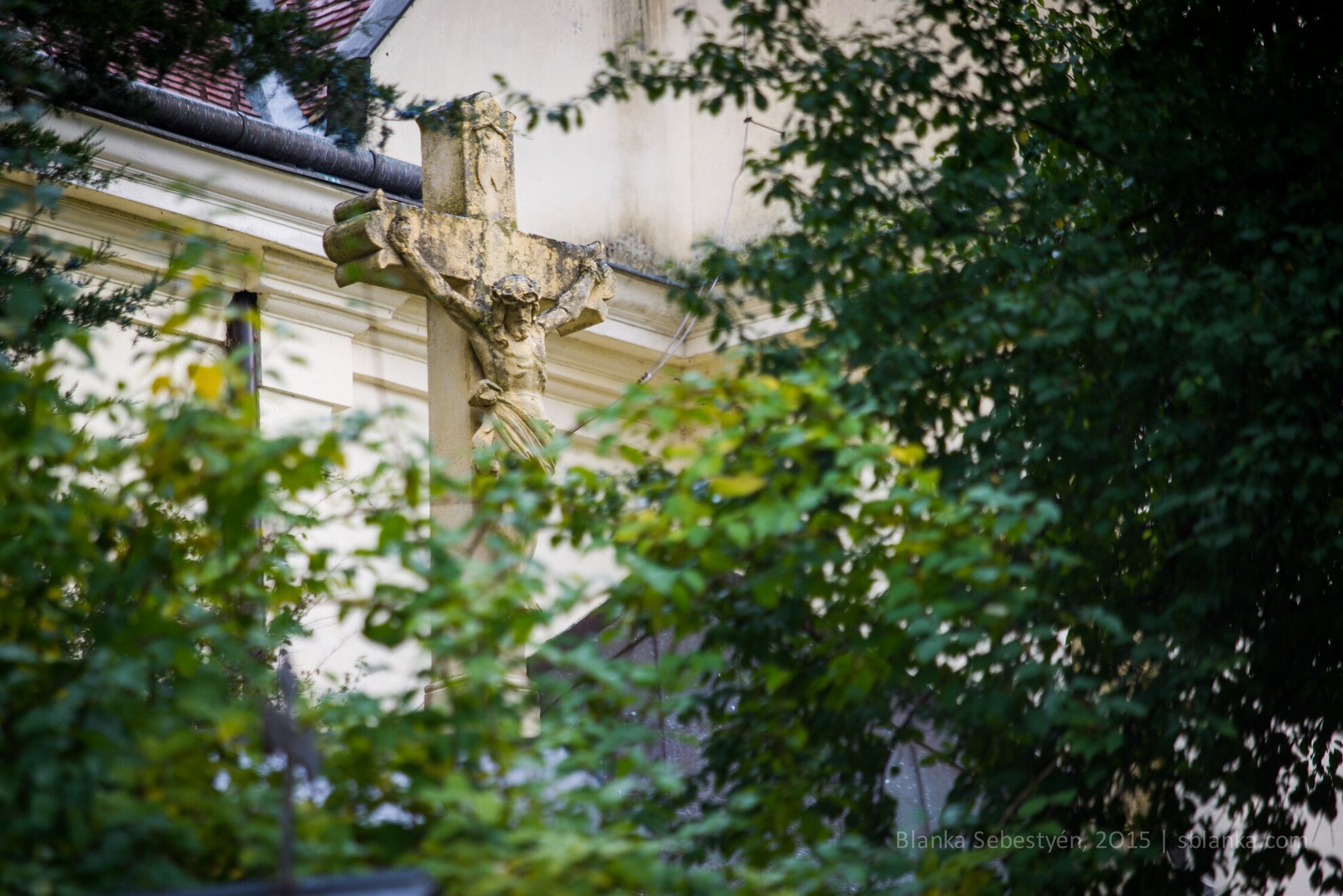
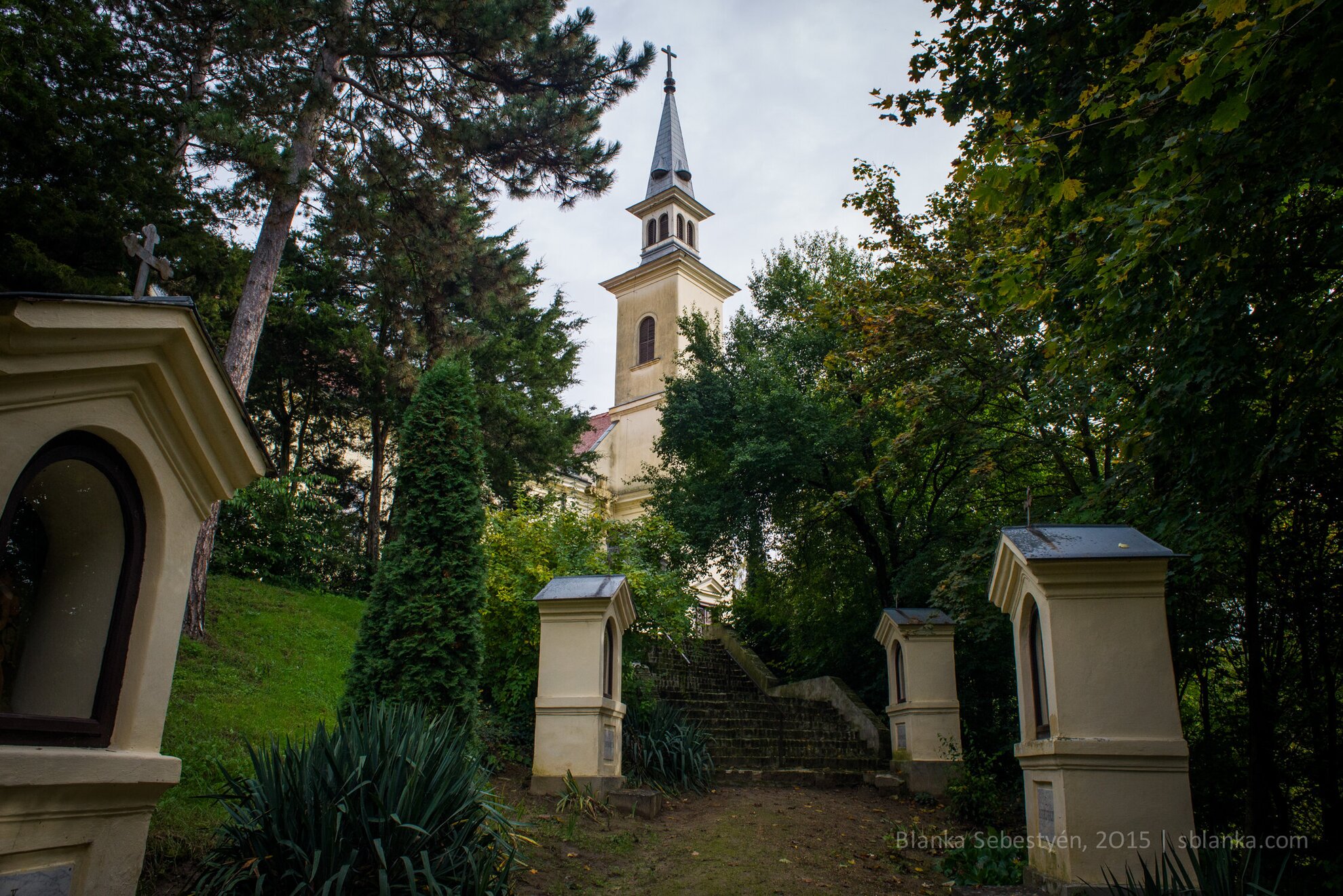
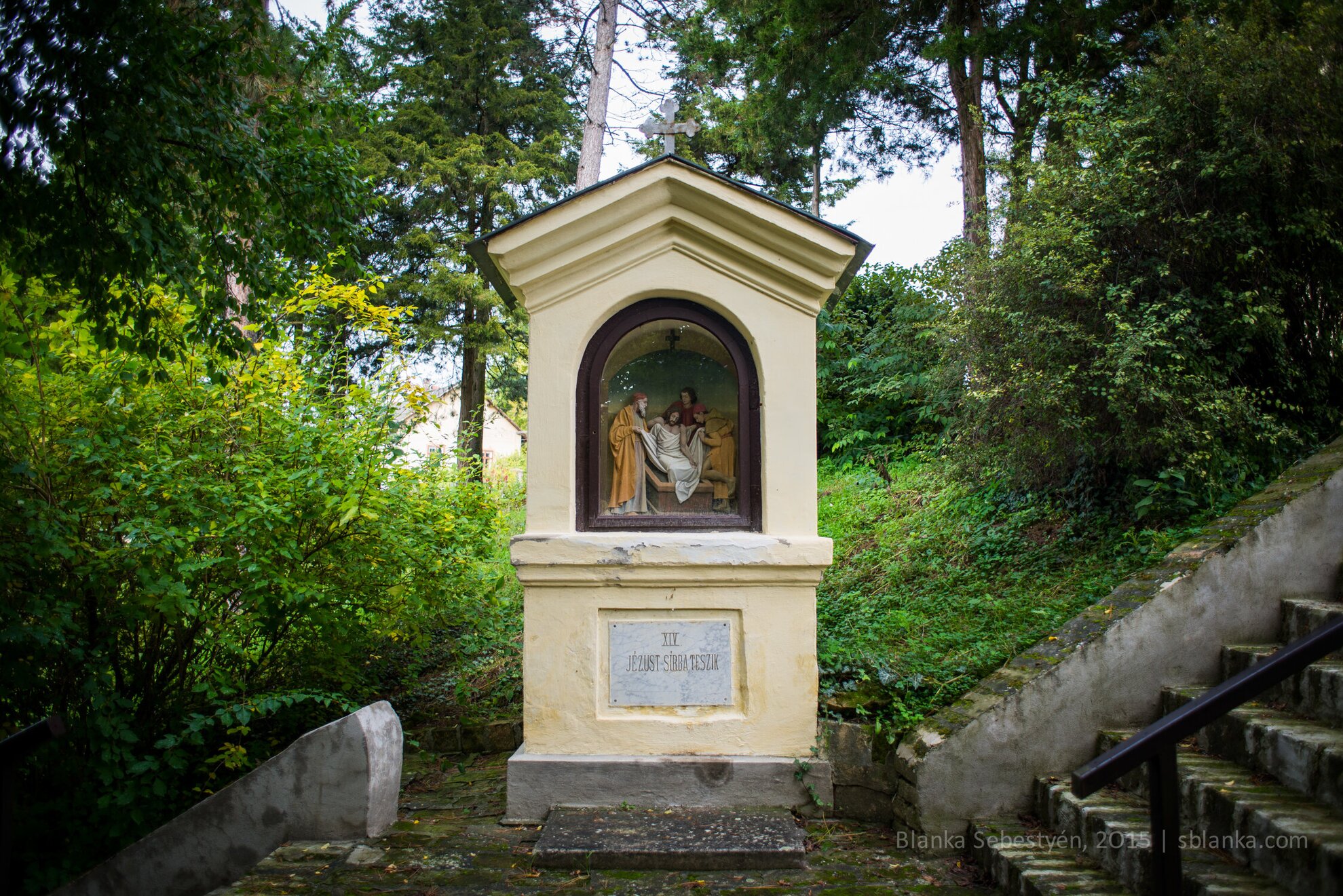
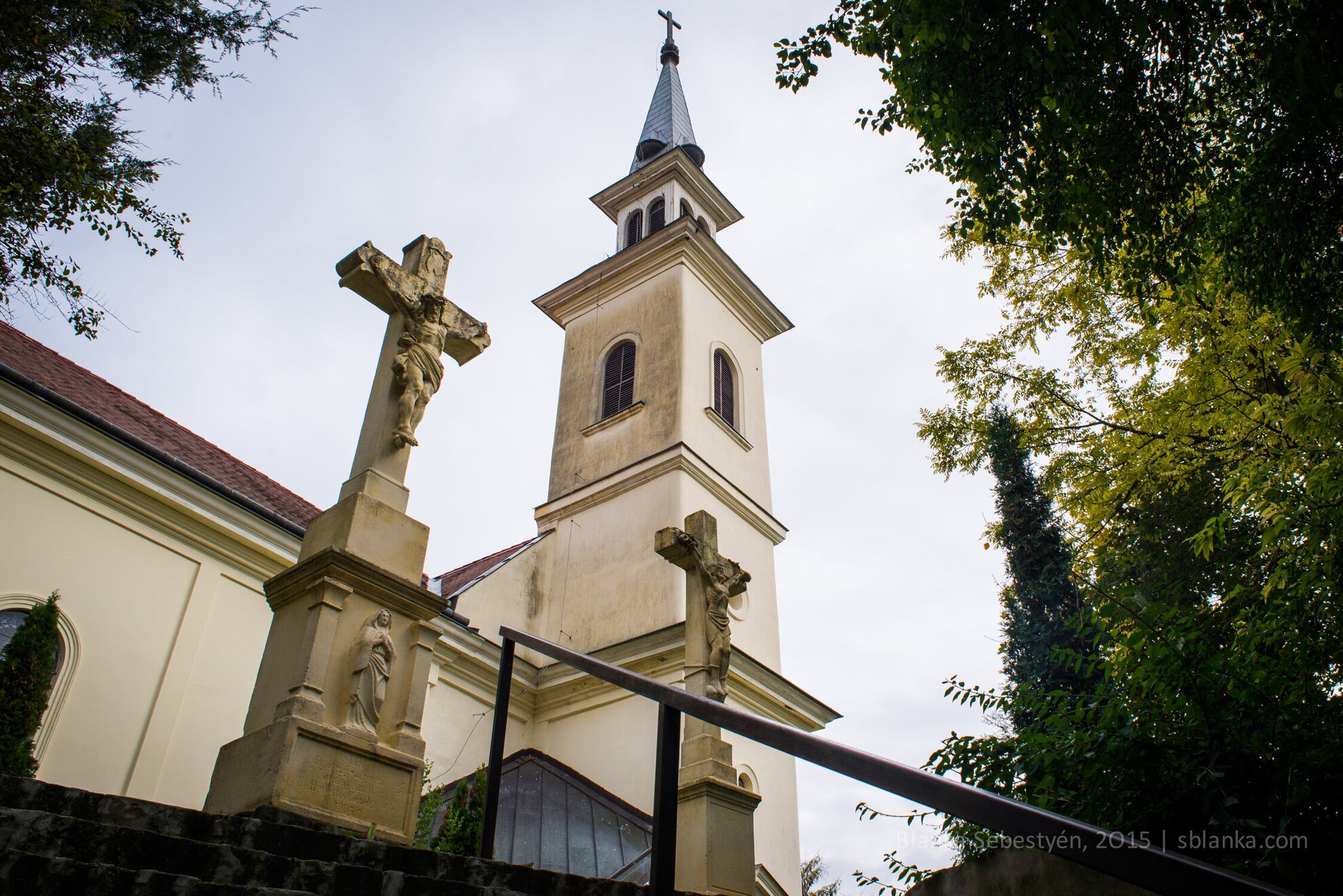
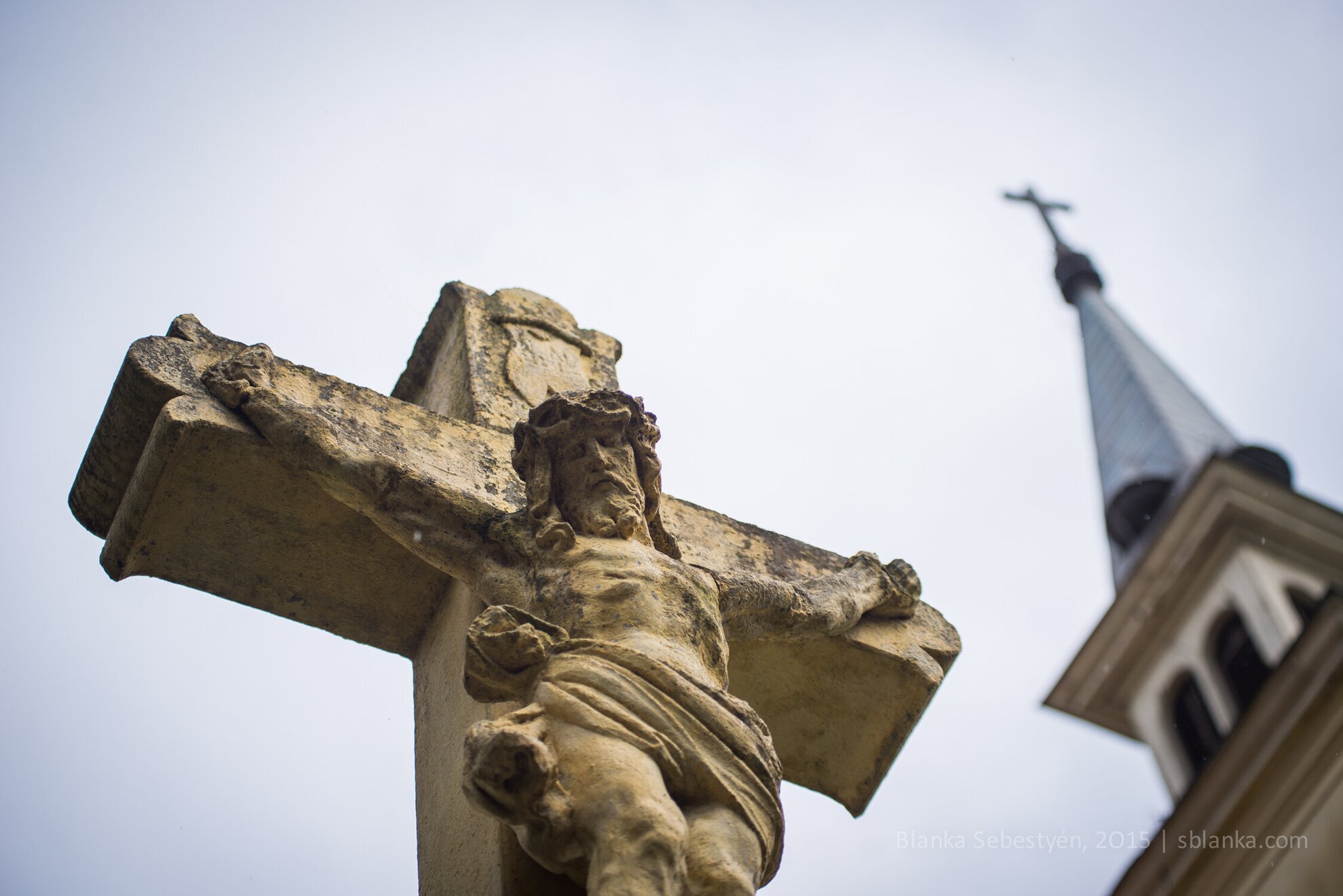
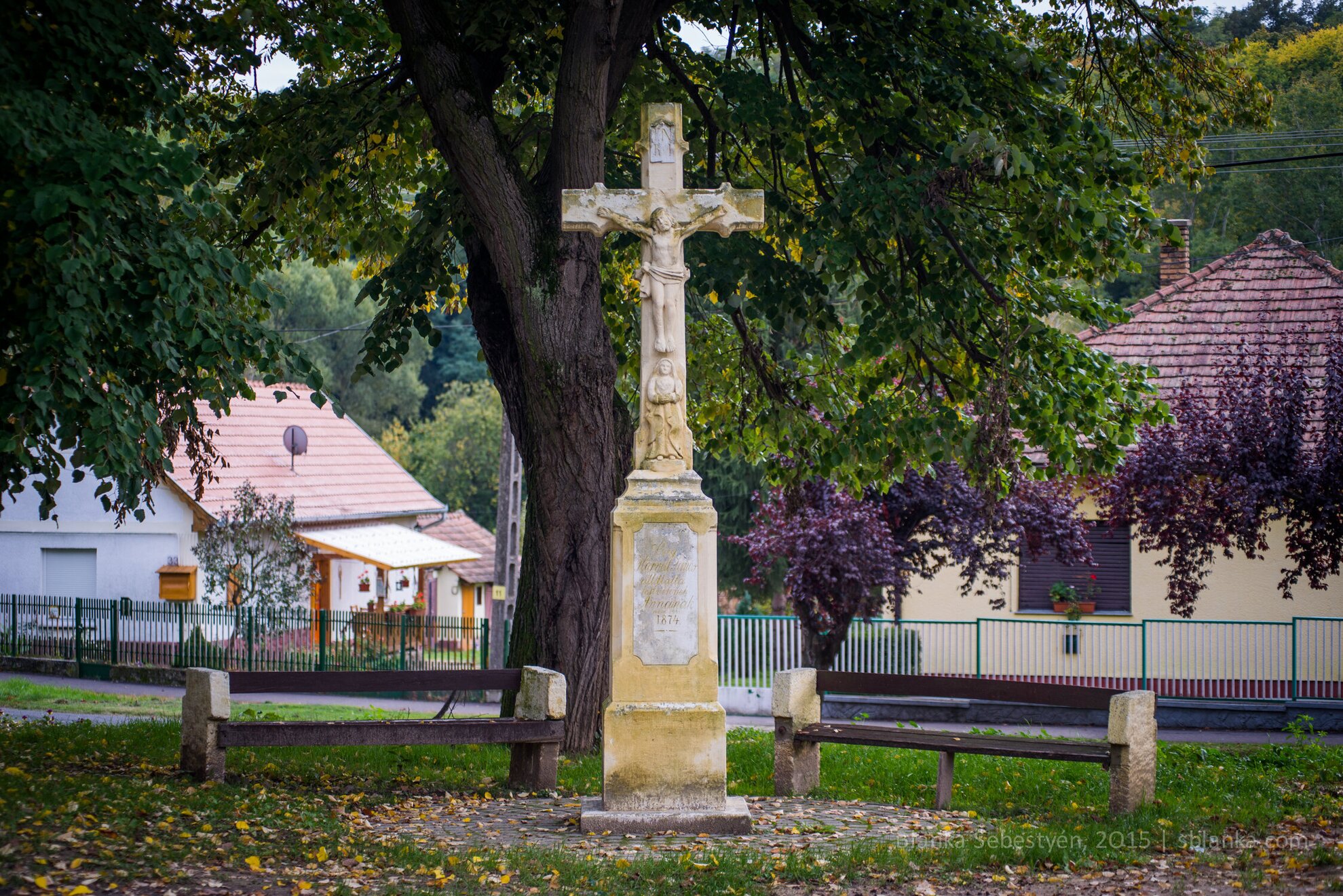
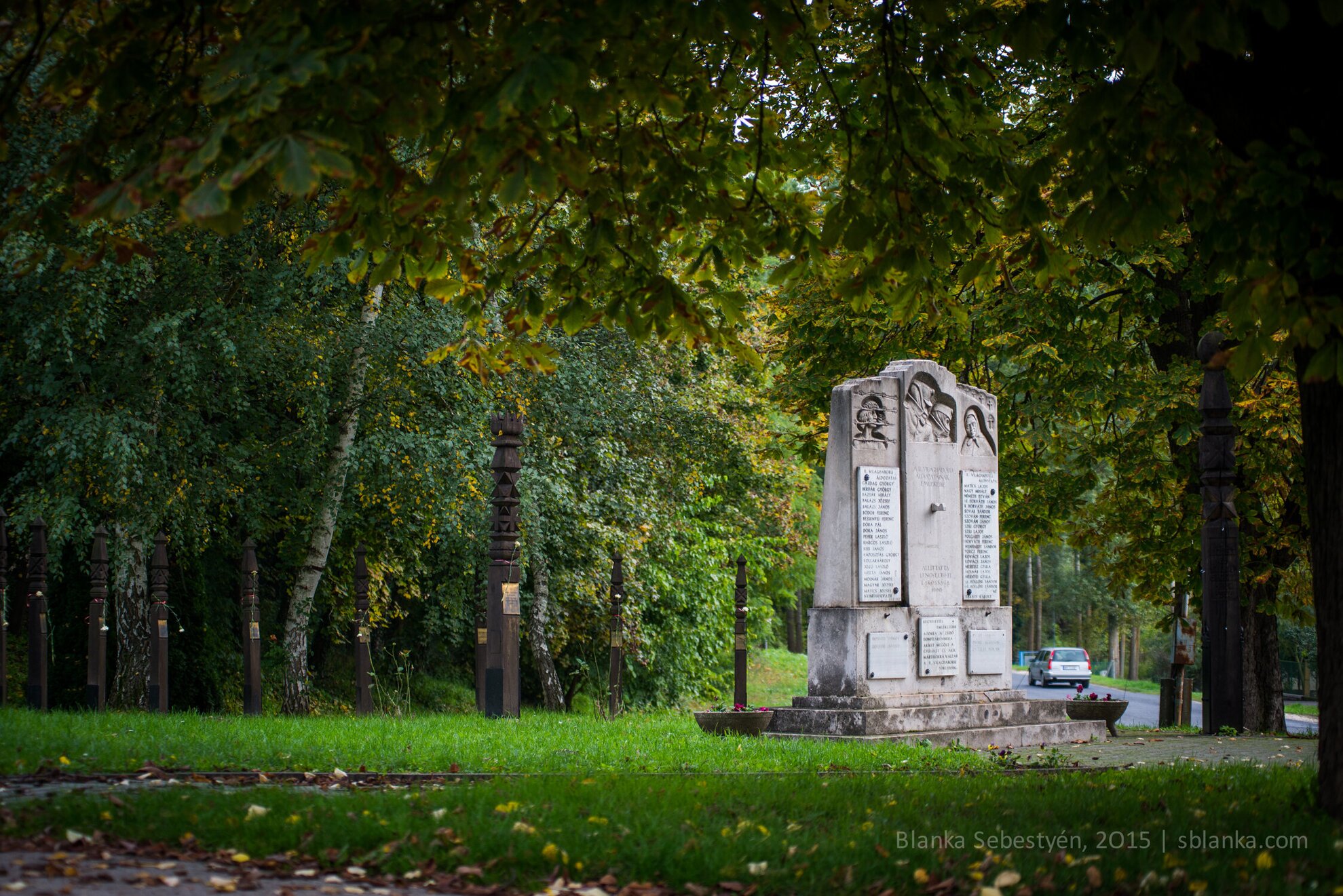
Up until the 1990s, the Catholic church of Lengyeltóti was believed to have been built in the previous century, but when the renovation of the edifice started in 1989, it was revealed that some parts date back much further, to the 1100s. As the name of the settlement is not included in the national list of parishes compiled in the 1330s, it seems likely that the church was used by one of Hungary’s religious orders. An interesting fact: the original plans of the building said nothing about a tower.
Address: Lengyeltóti 8693, Szent Erzsébet Square
Litér, Reformed Church
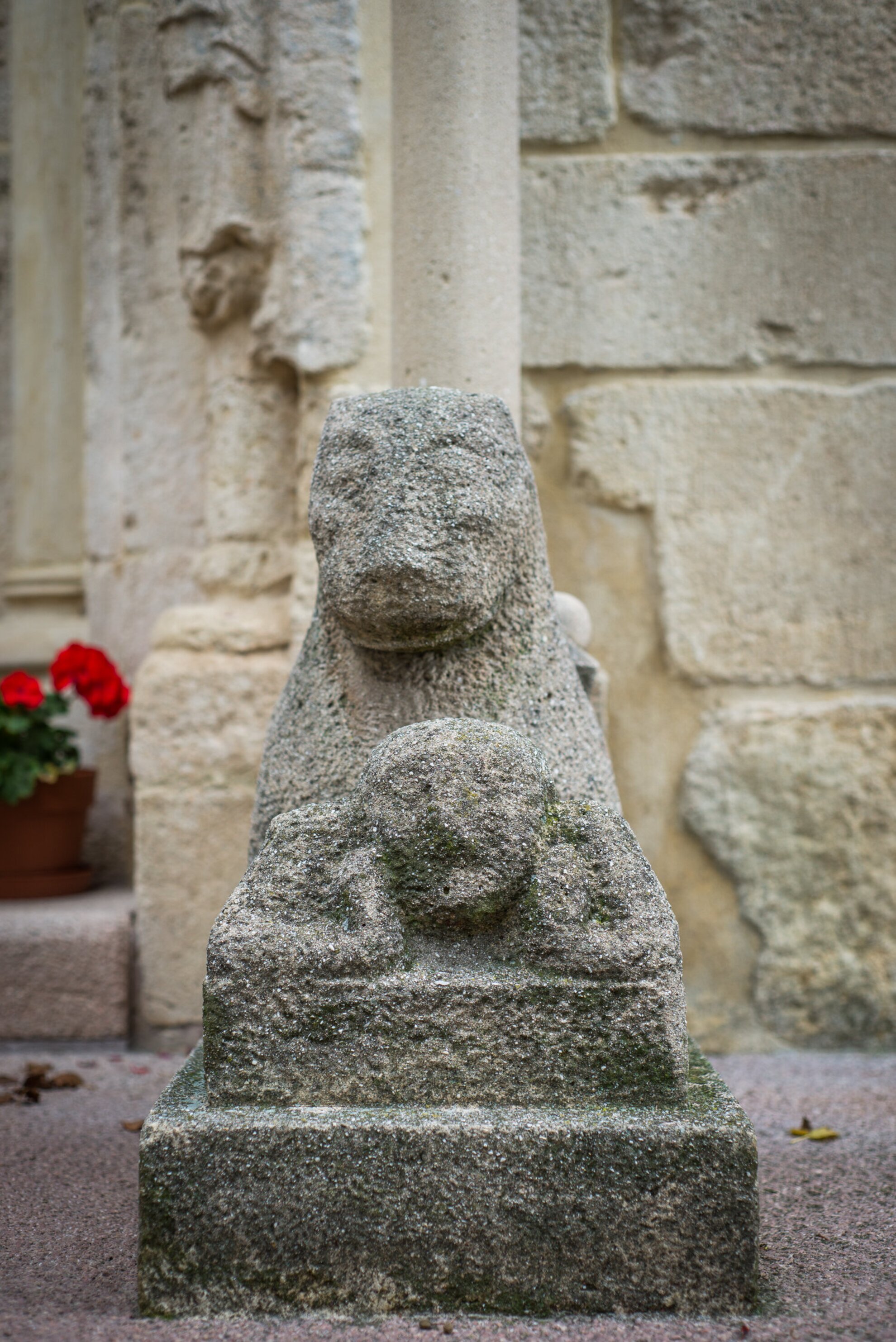
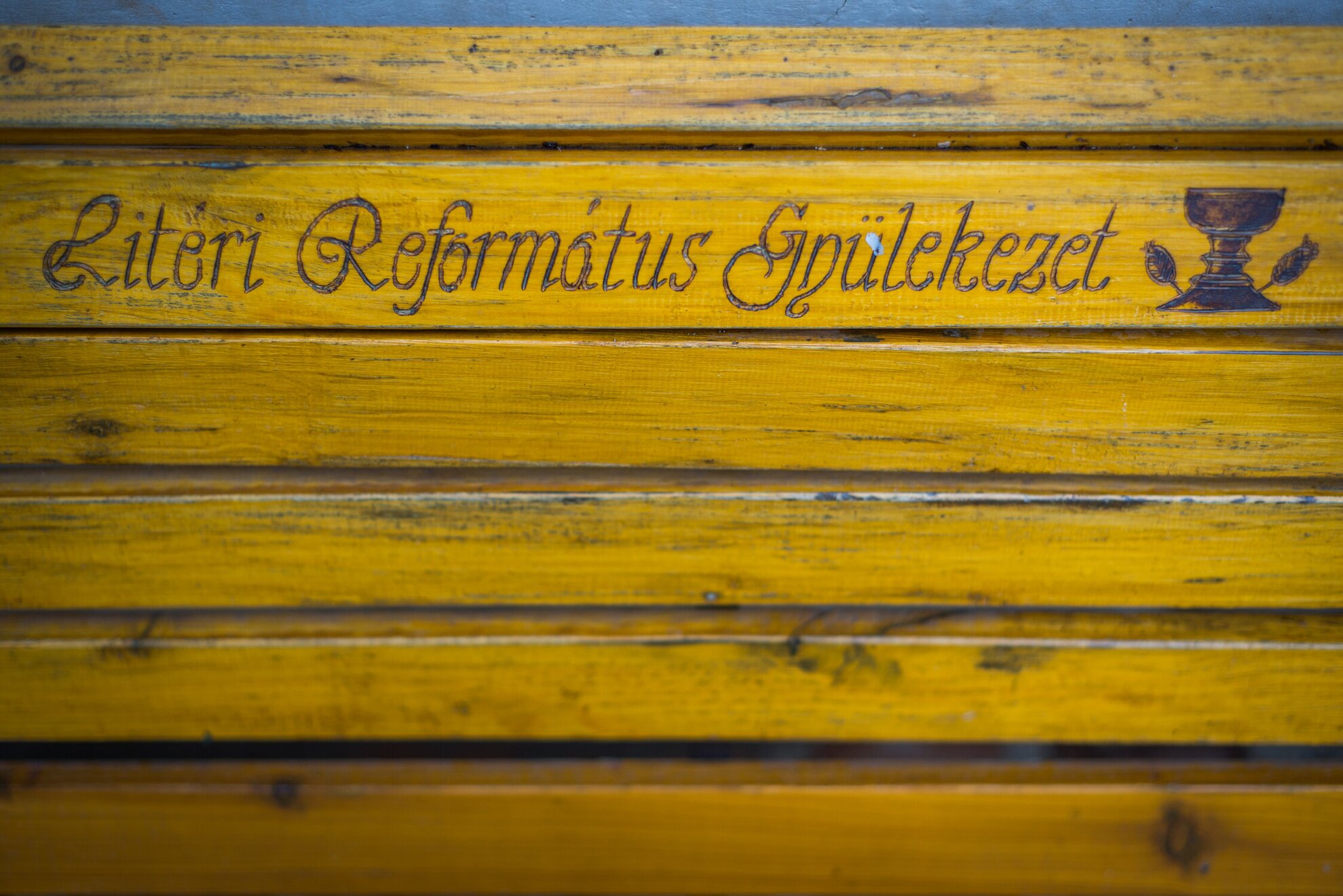
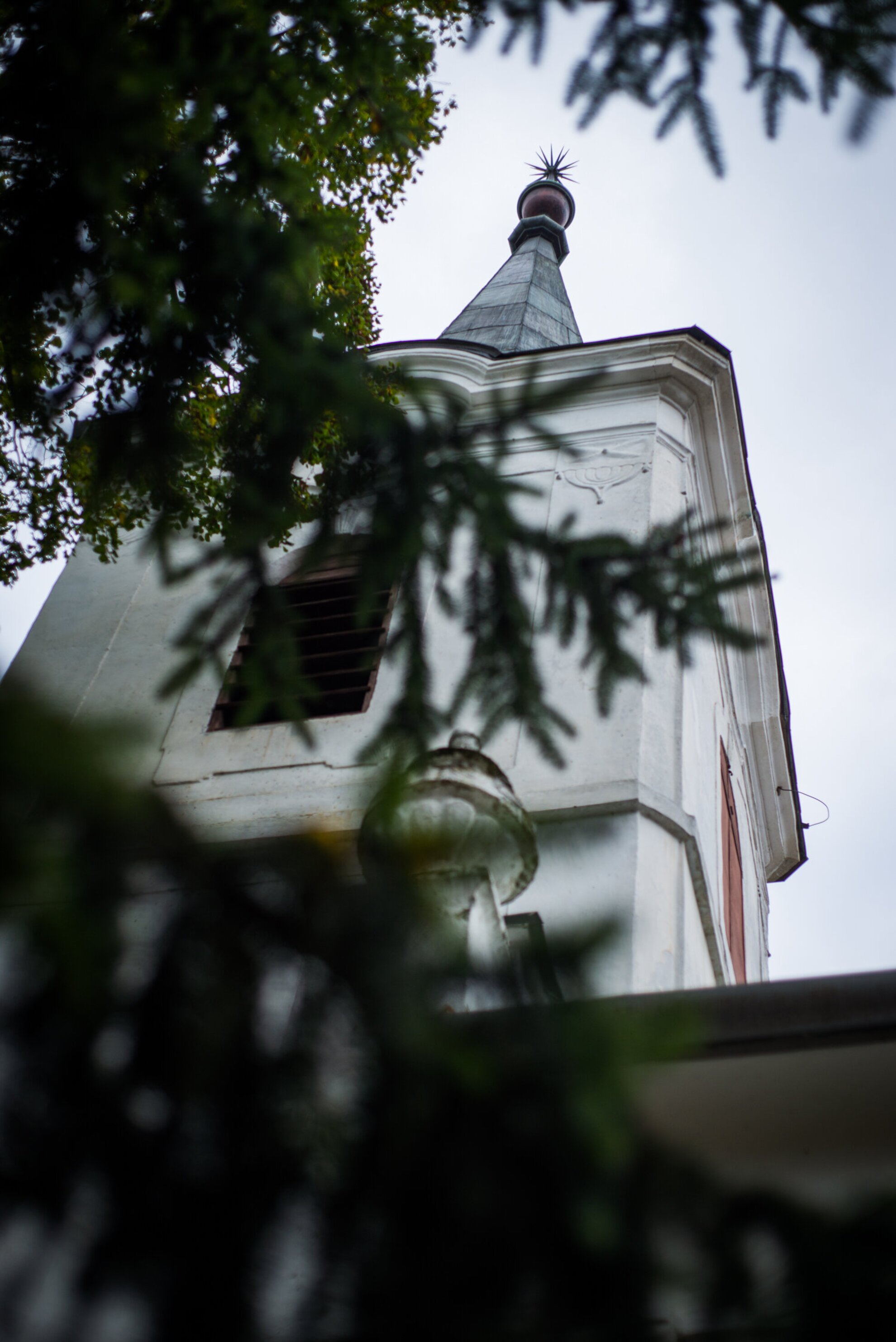
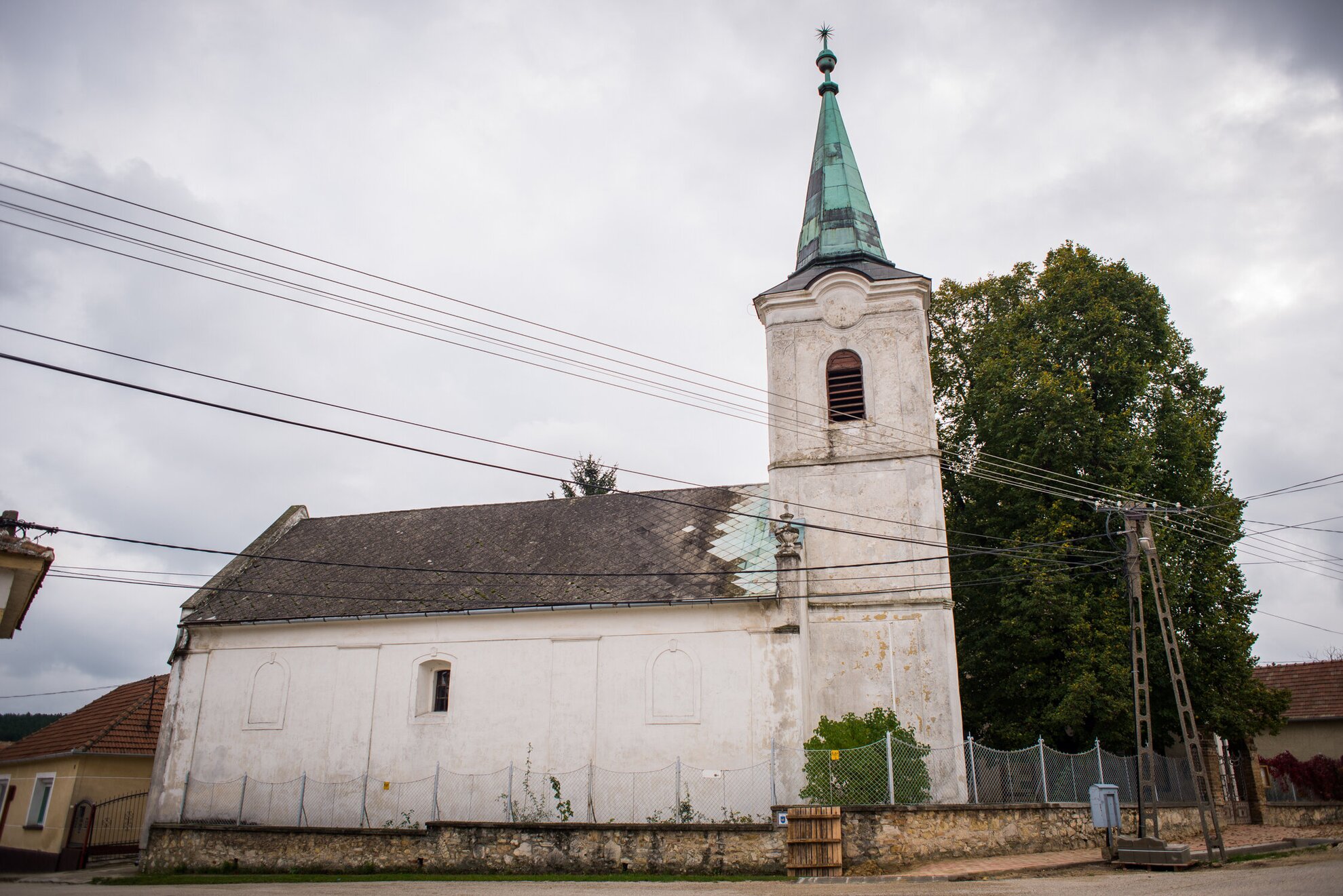
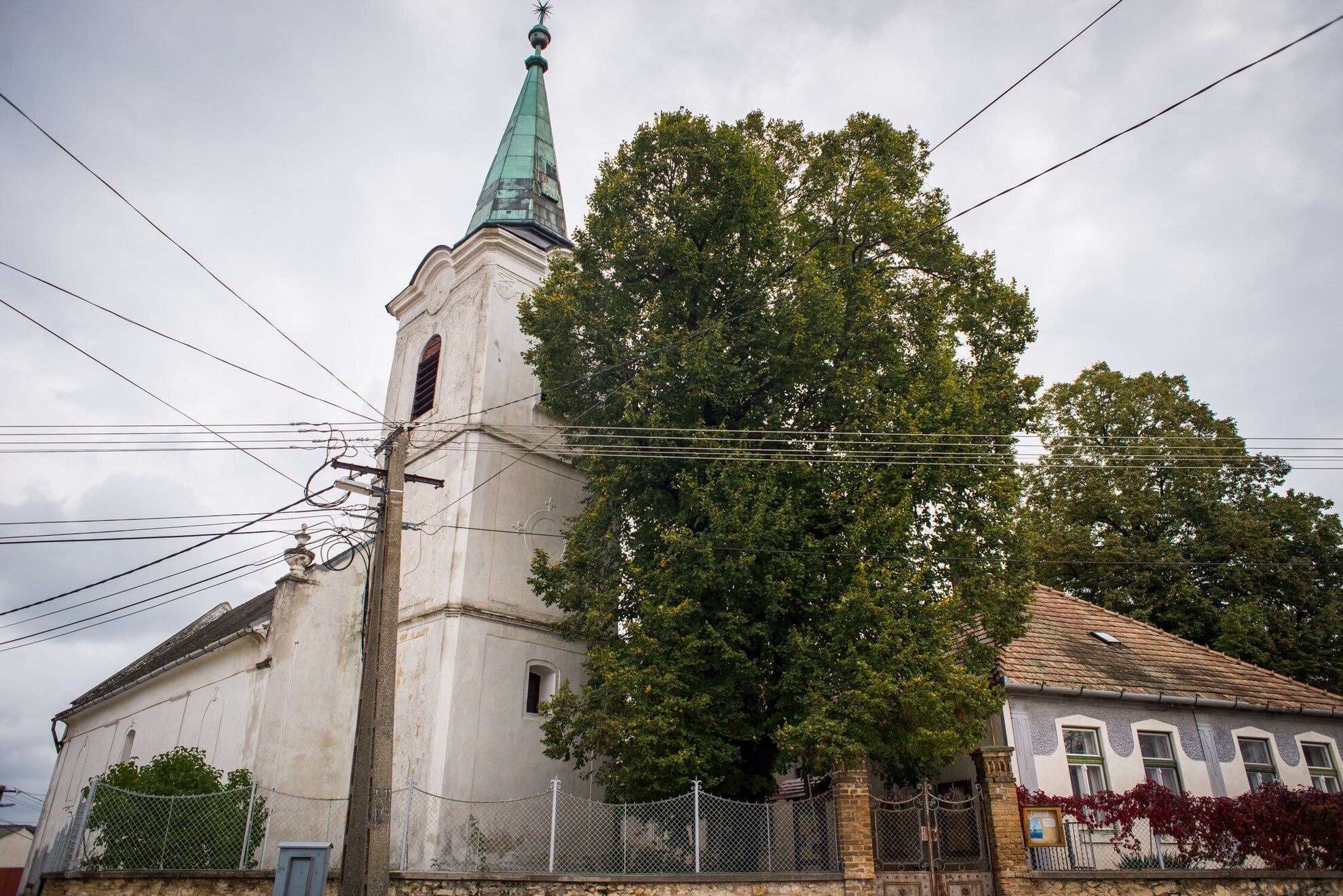
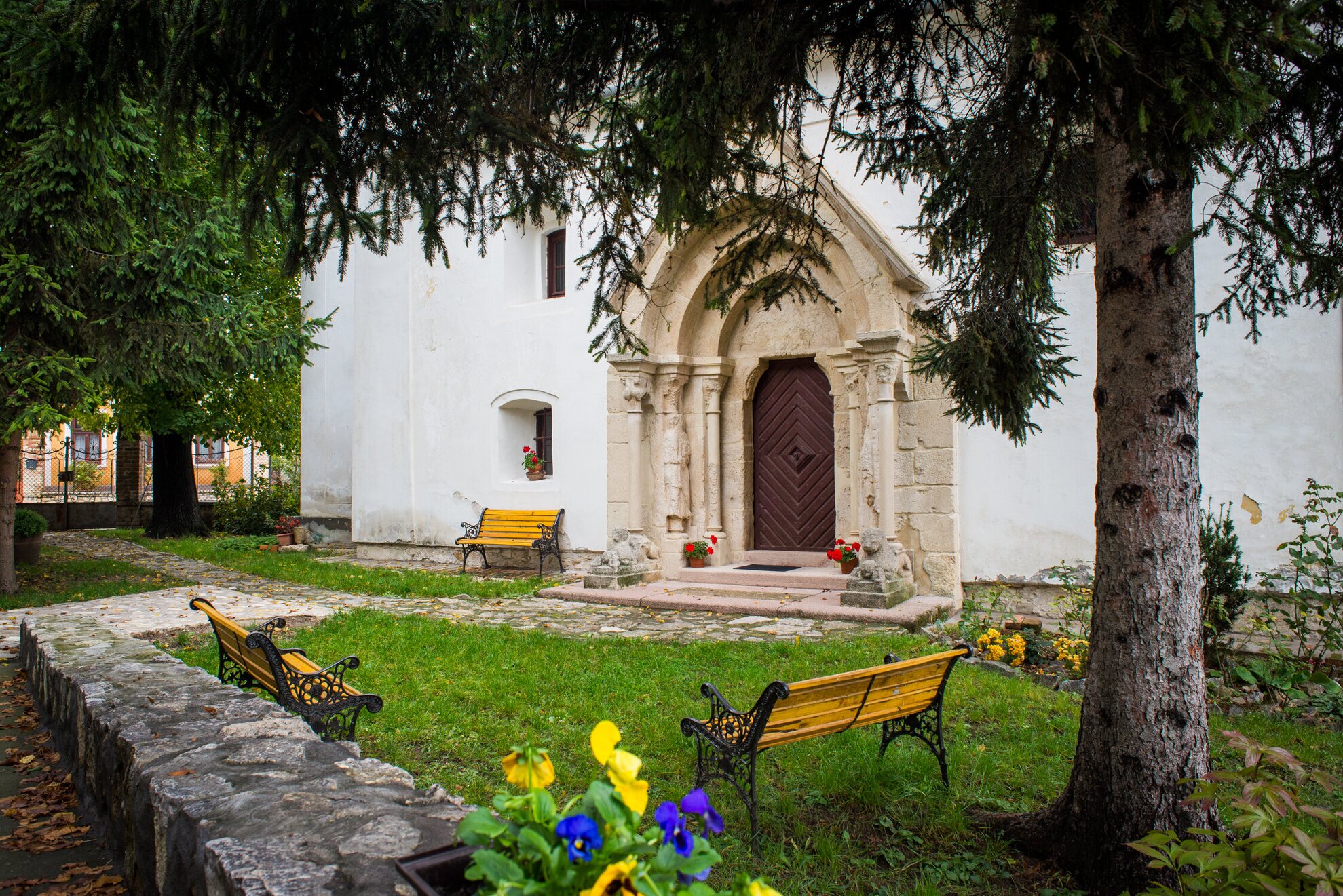
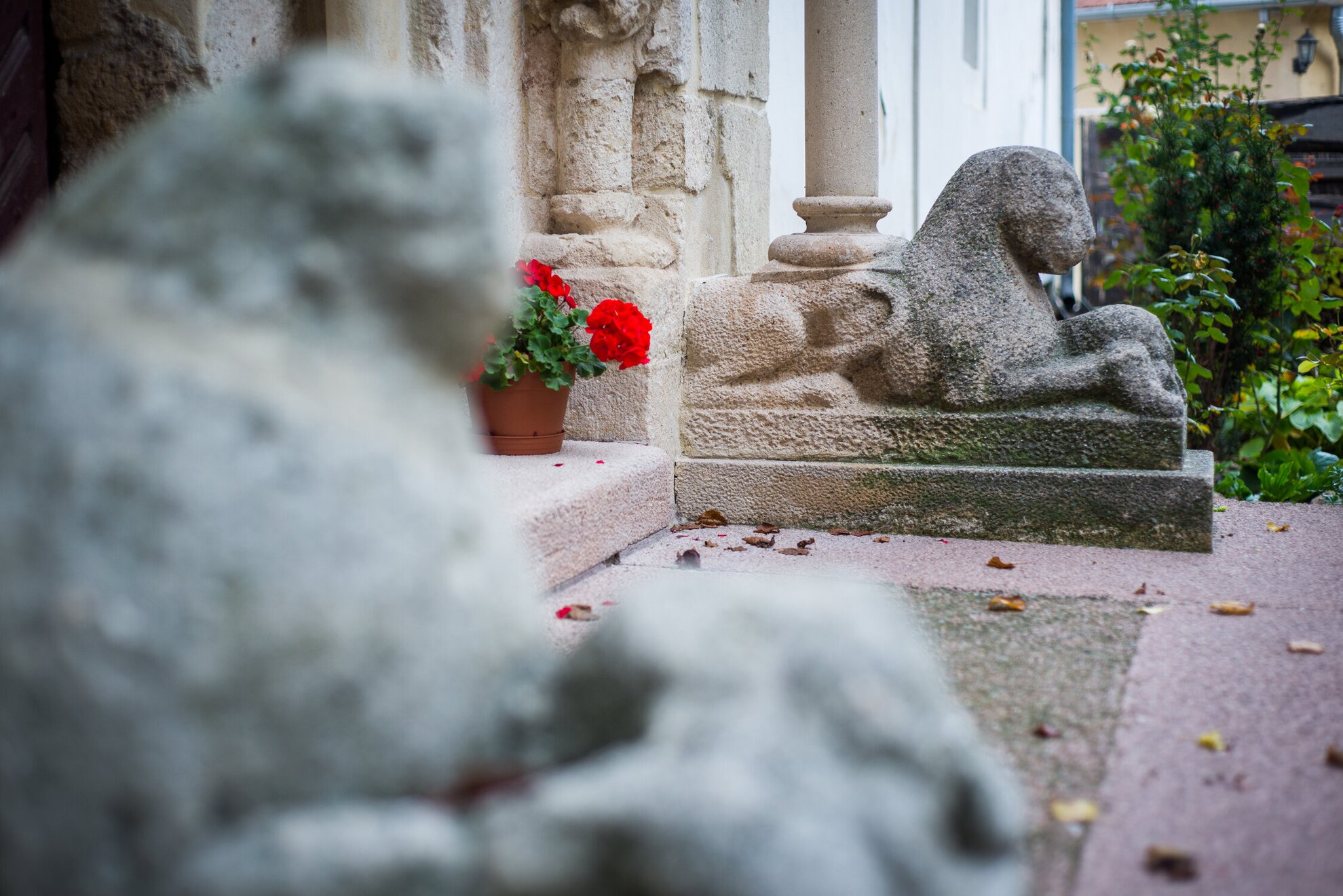
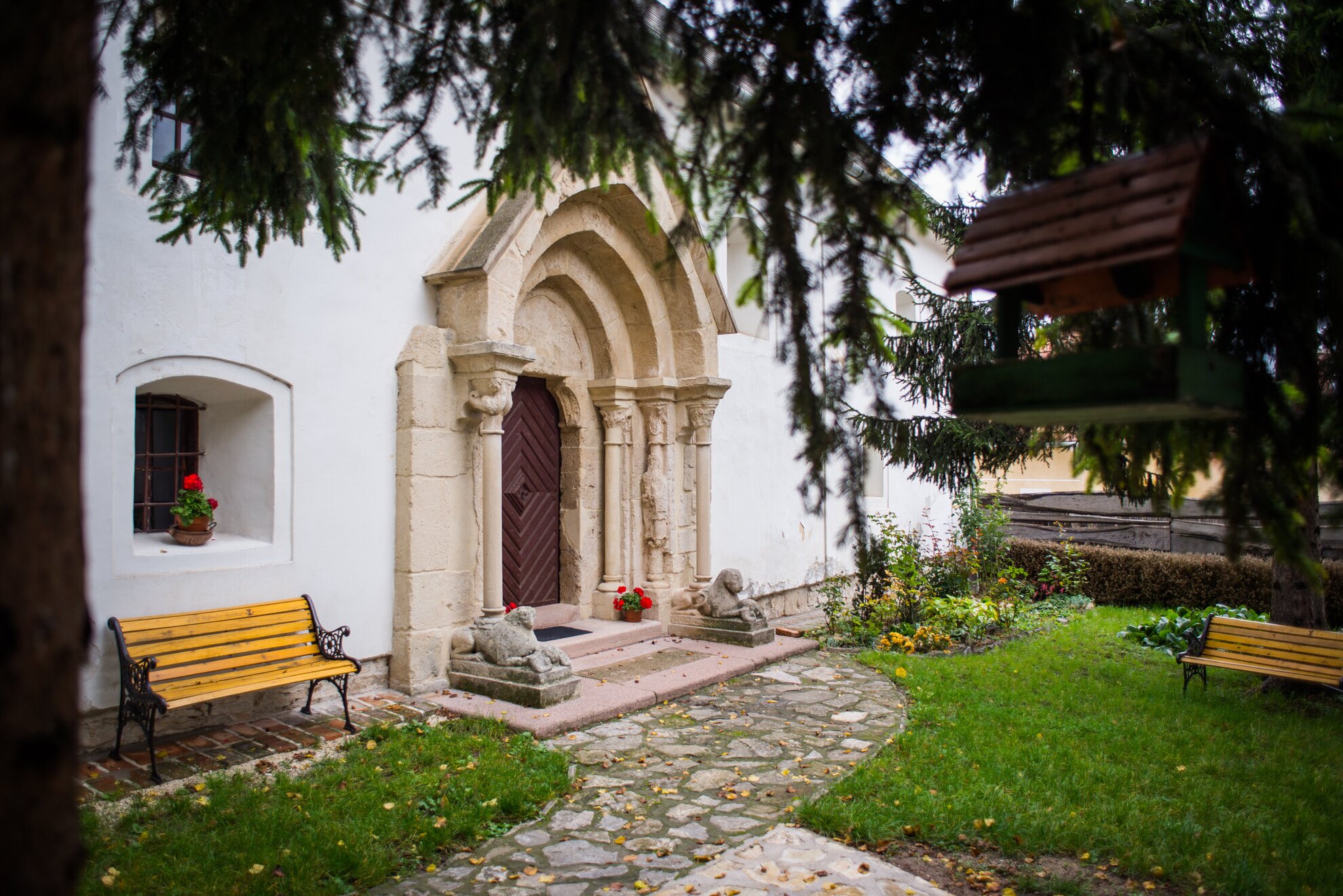
Litér and its church were first governed by the Diocese of Veszprém, before being transferred into the hands of local lords in the 15th century. Some believe that the chapel was constructed in the Árpád era: the ornamental sandstone gate could be the first Hungarian example of the distinctive, Romanesque style architecture originating in the French settlement of Chartres.
Monoszló, Calvinist Church
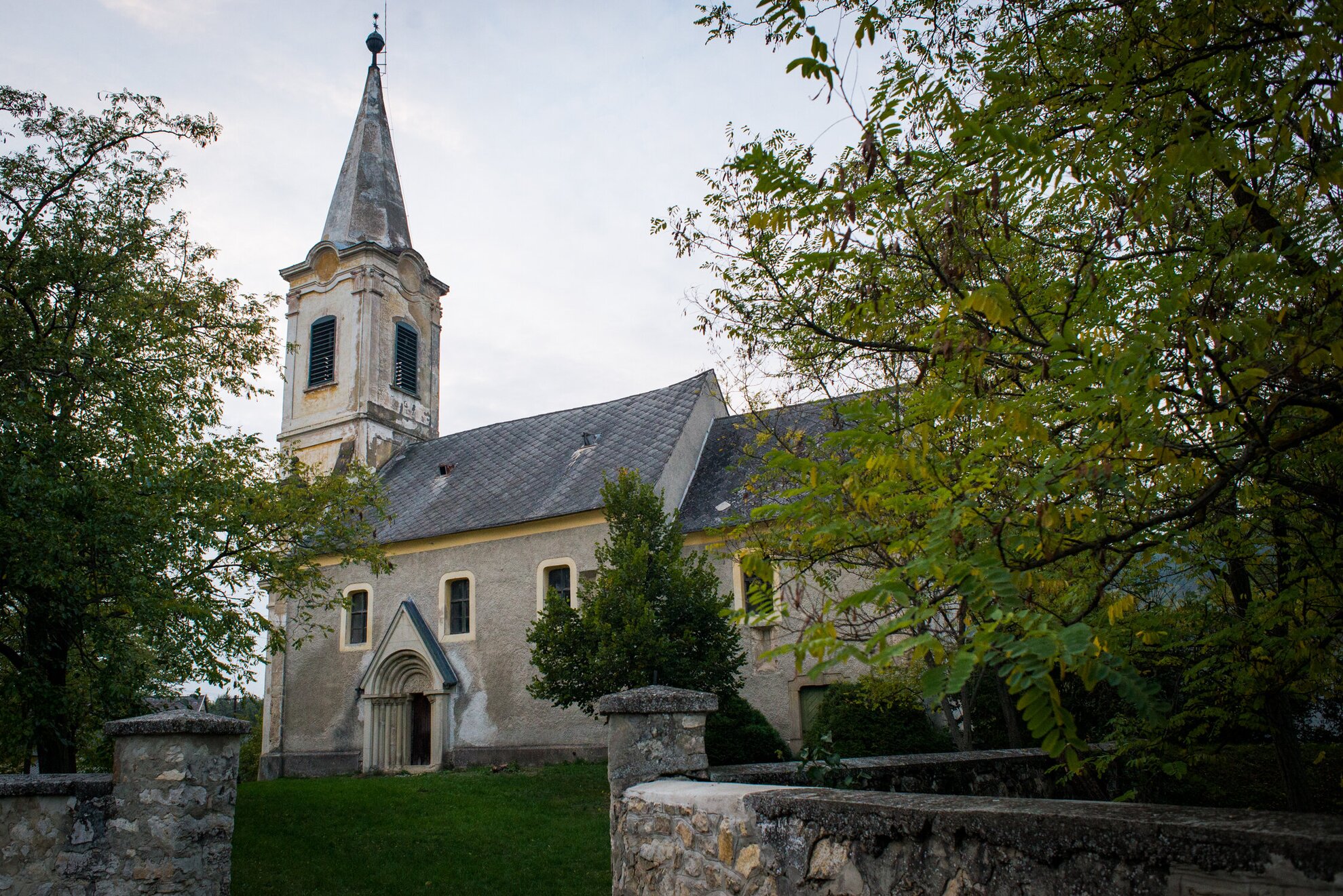
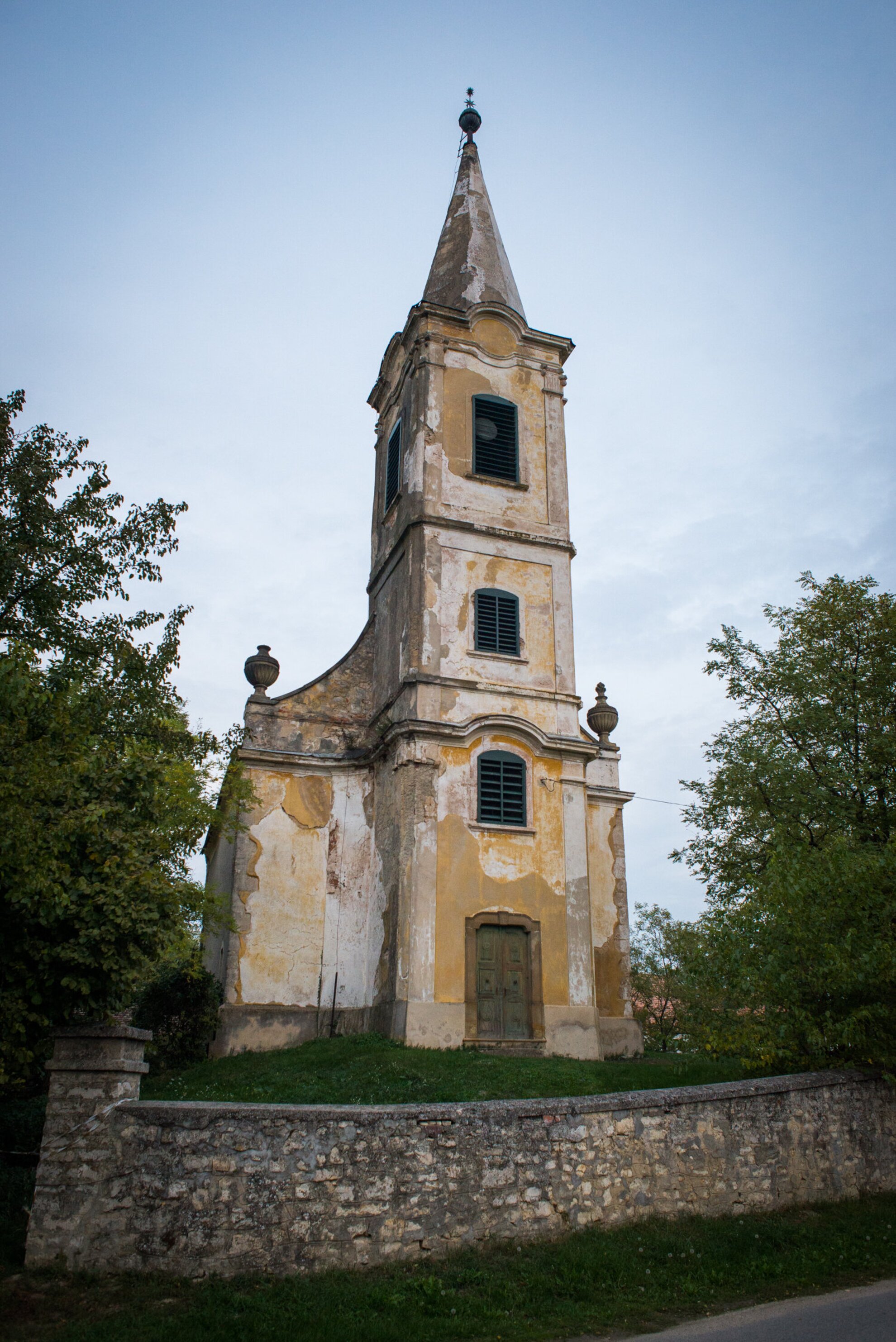
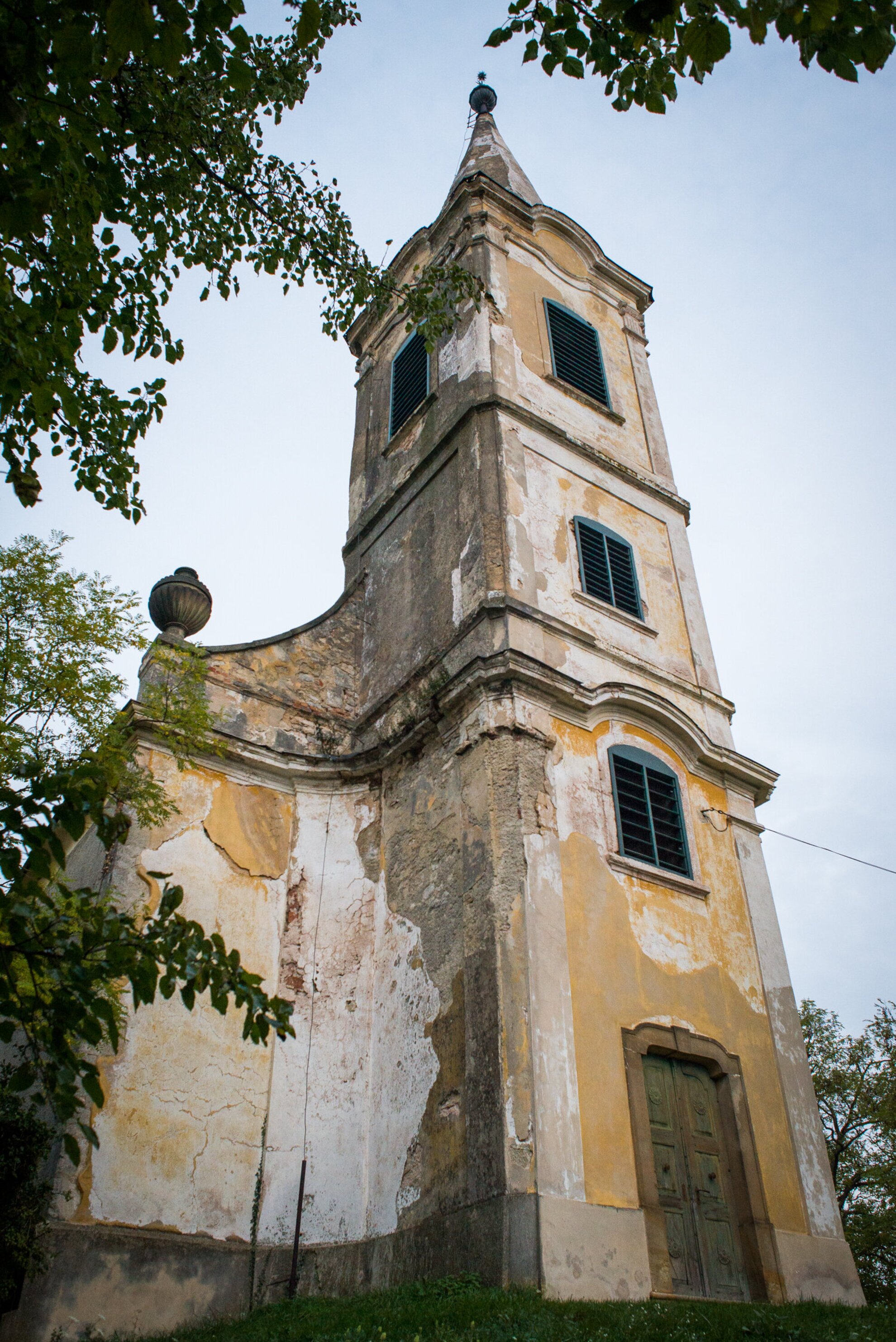
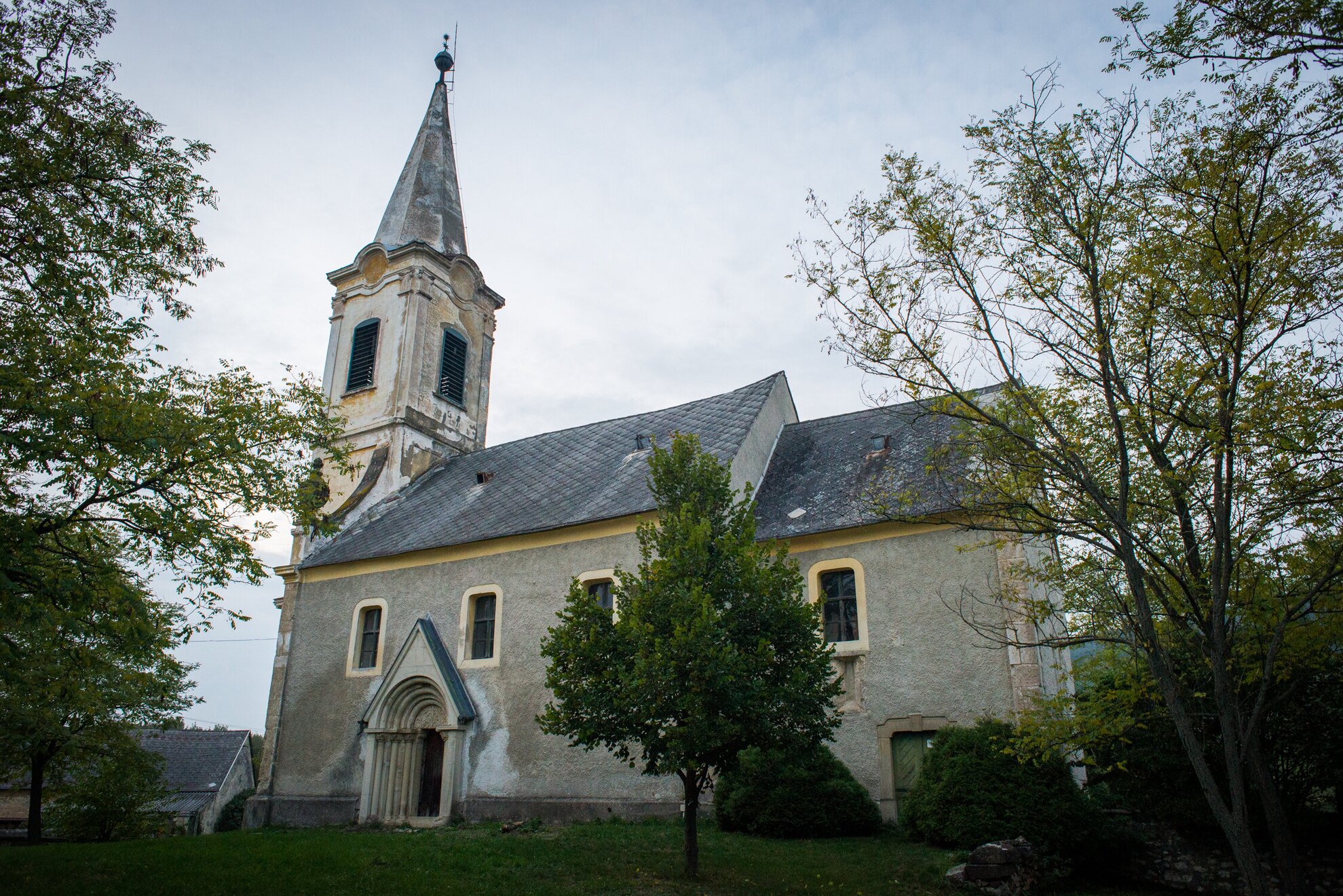
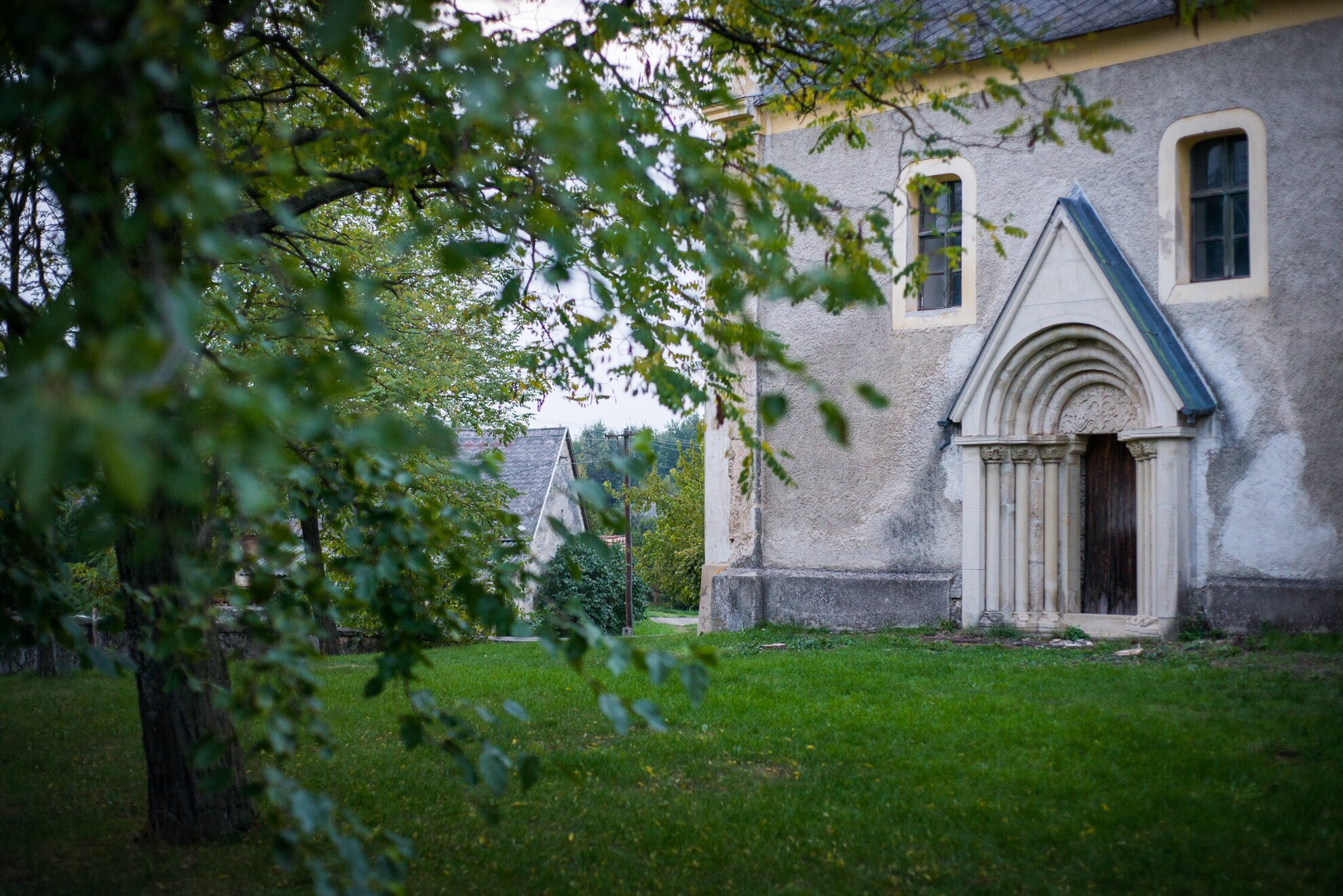
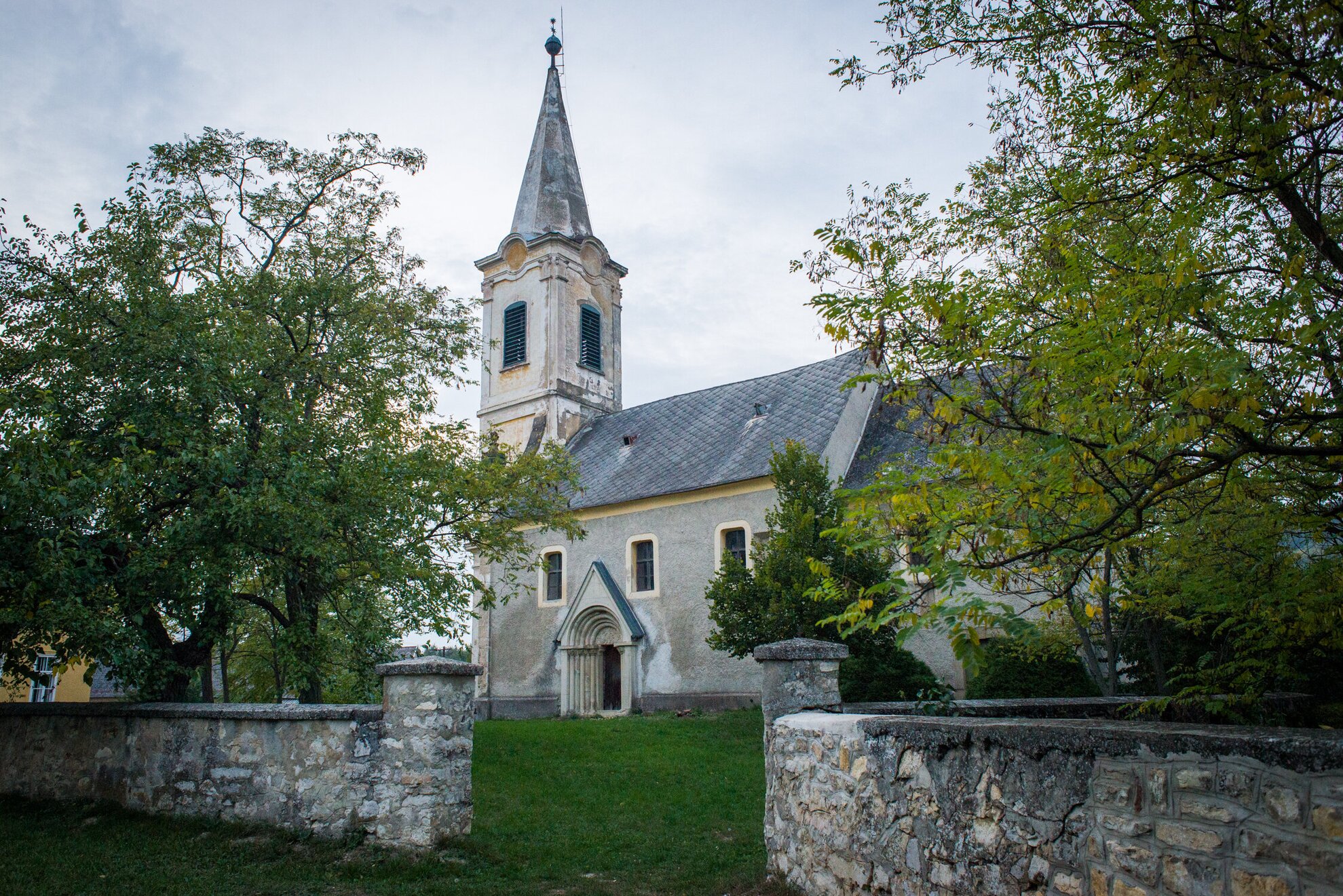
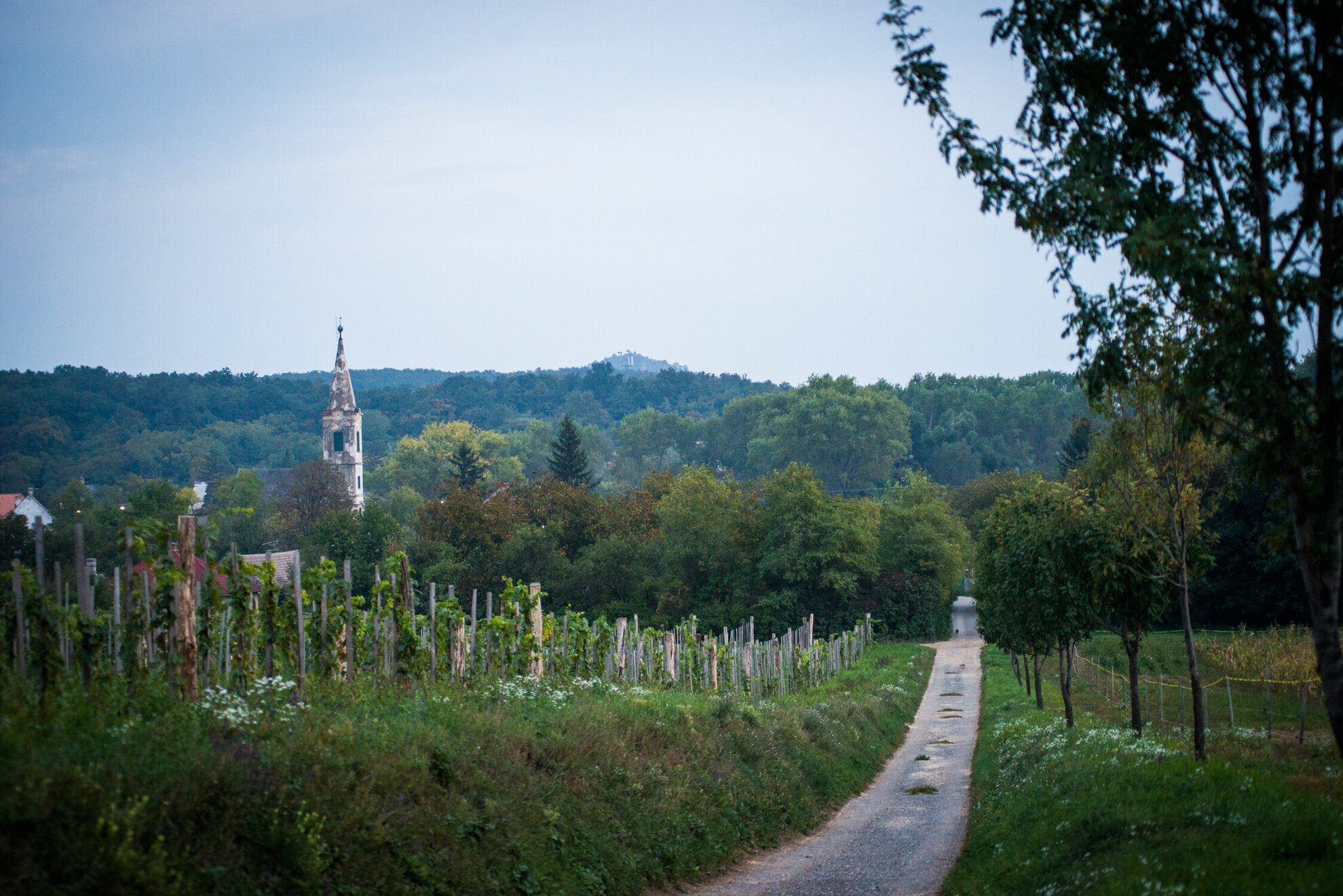
Monoszló was probably already inhabited at the time of the Carpathian Basin’s conquest; the settlement’s oldest building, a church that was erected in the 12th-13th century, was originally dedicated to Saint Michael. The church’s Romanesque style was slightly altered in the 19th century with the addition of a Classicist tower. Discovered and renovated in the 1970s, the splendid gate with its nested arches and its motif of a tree of life is perhaps the most amazing aspect of the building. According to botanists, the 200-year-old dogwood growing in the church garden is a true rarity.
Address: Monoszló 8273, Templom Street 15
Nagyvázsony, Szent István Roman Catholic Church
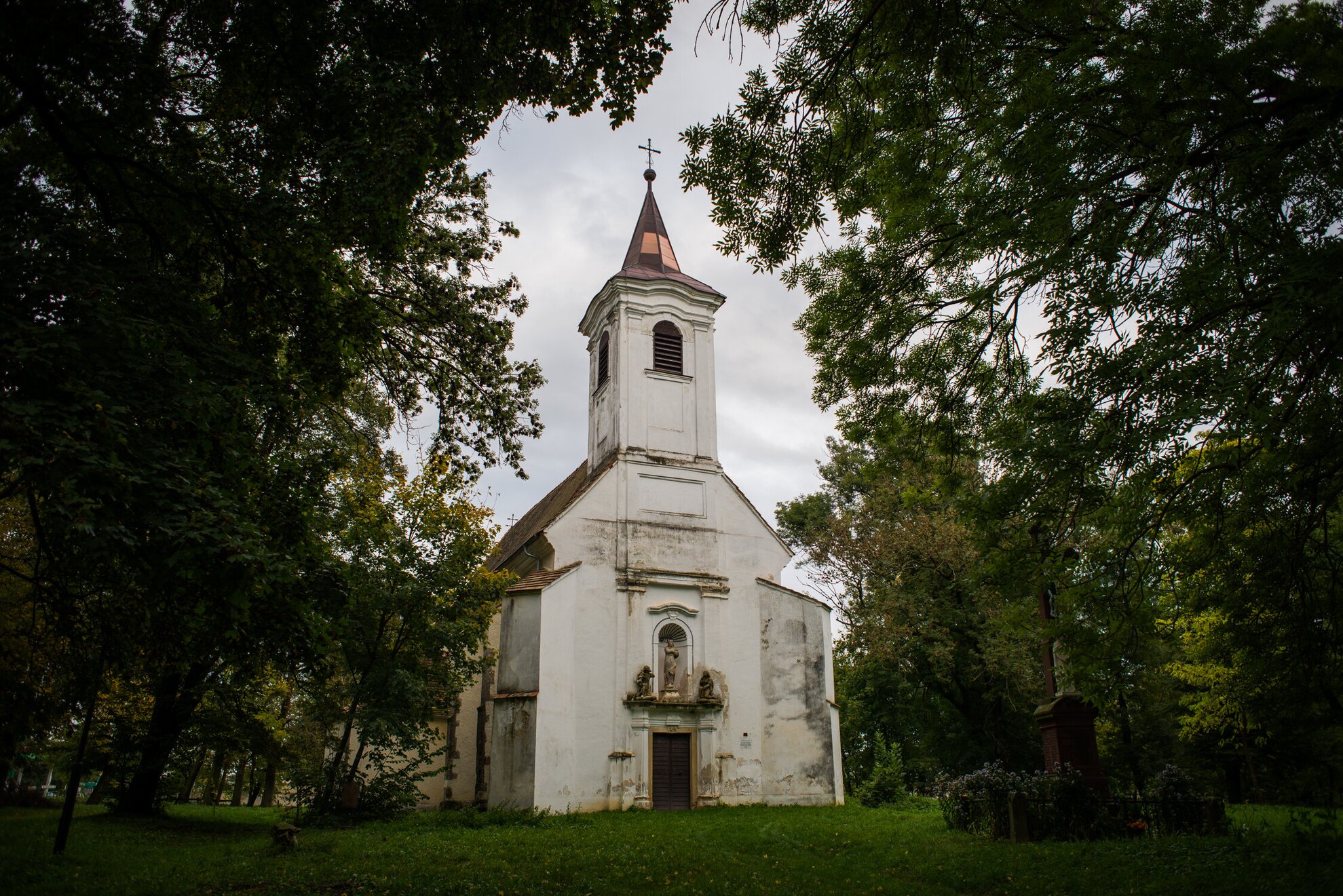
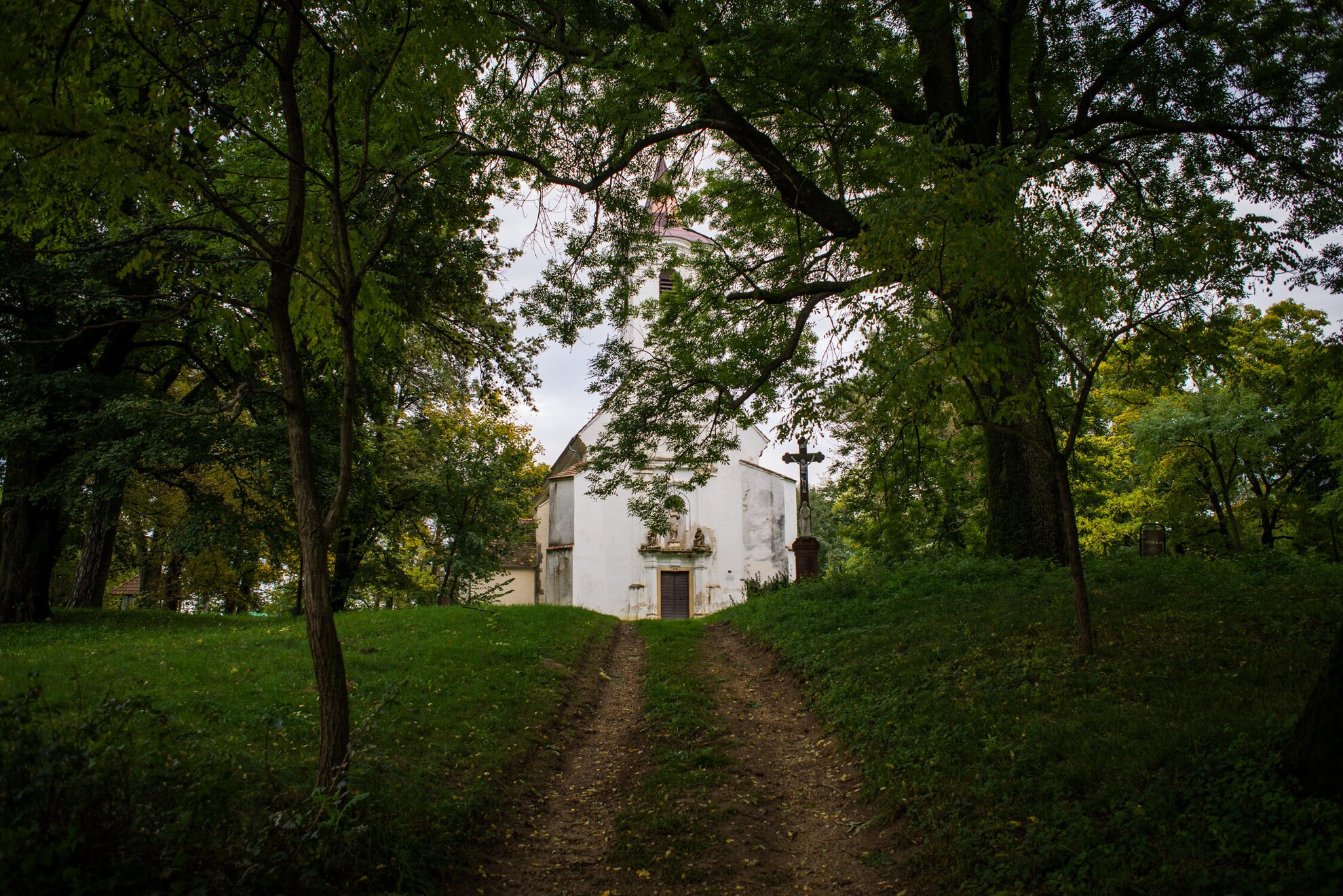
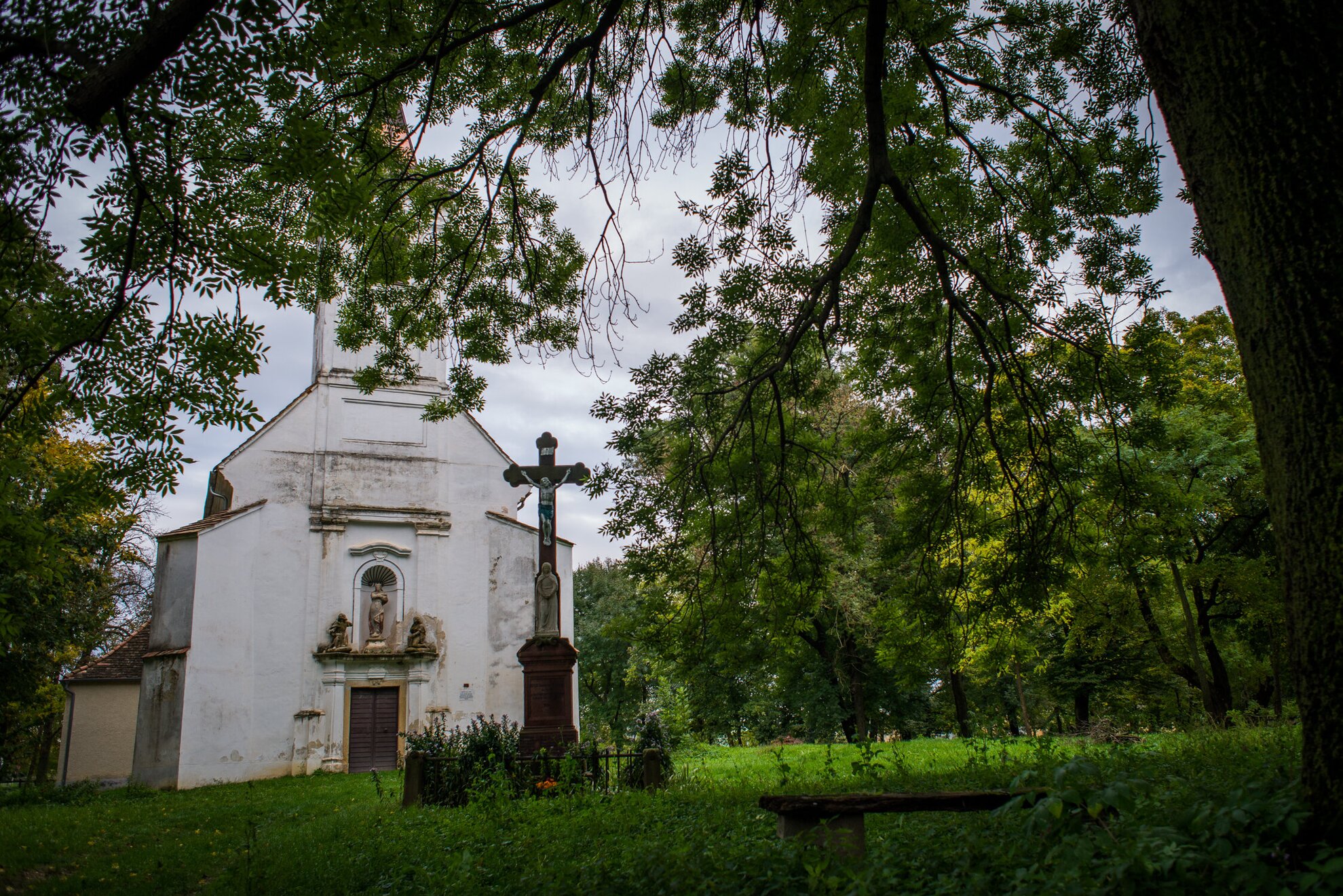
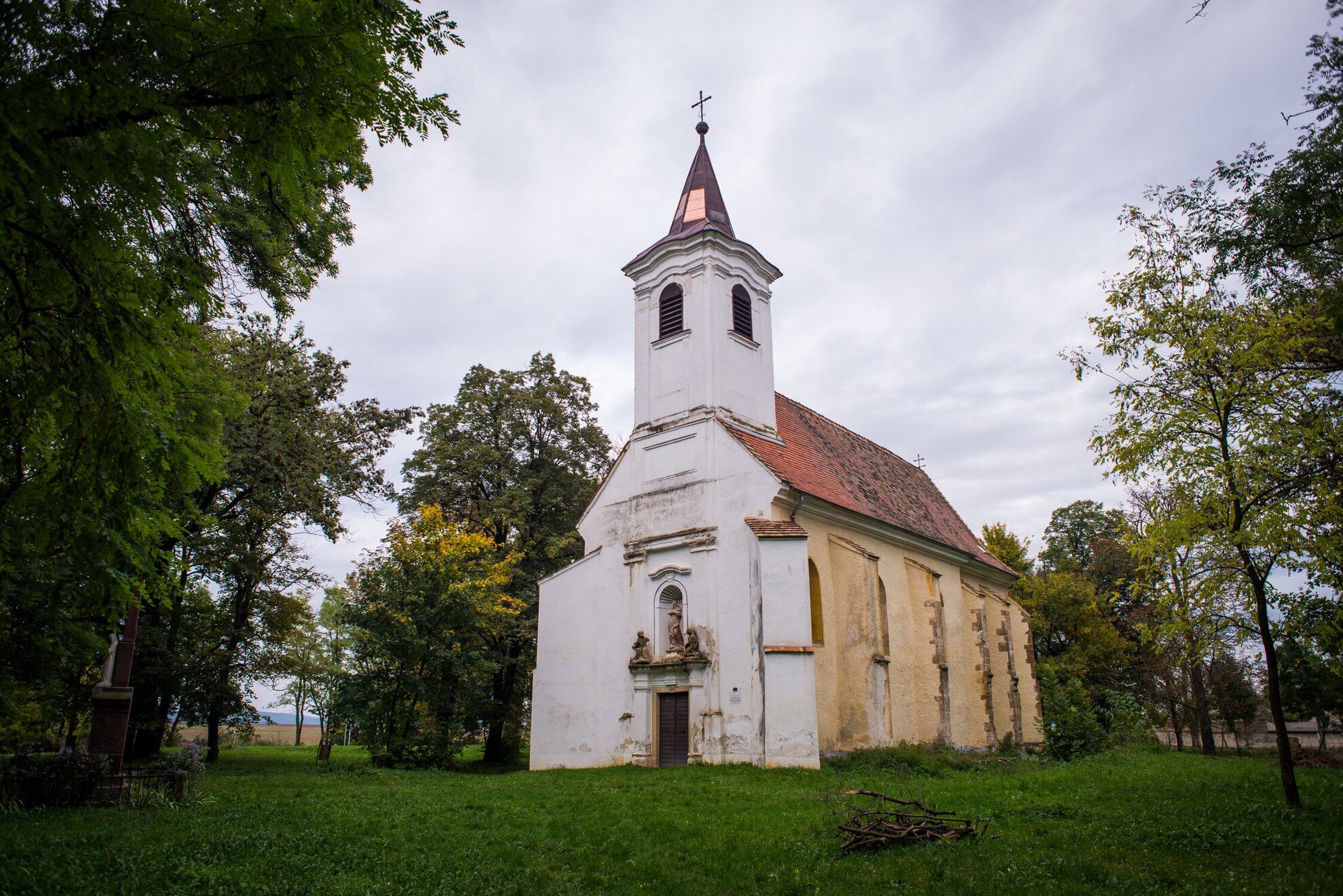
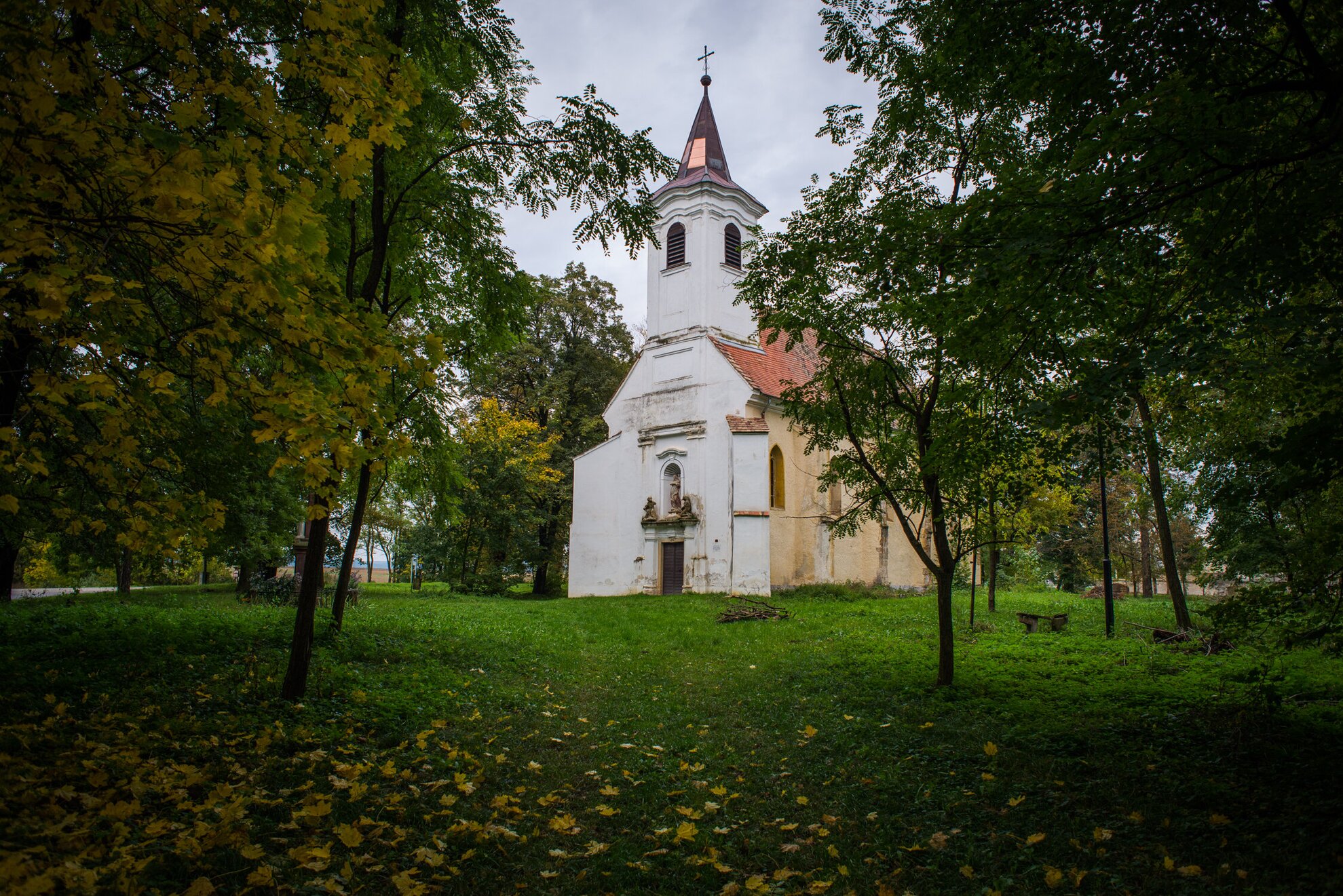
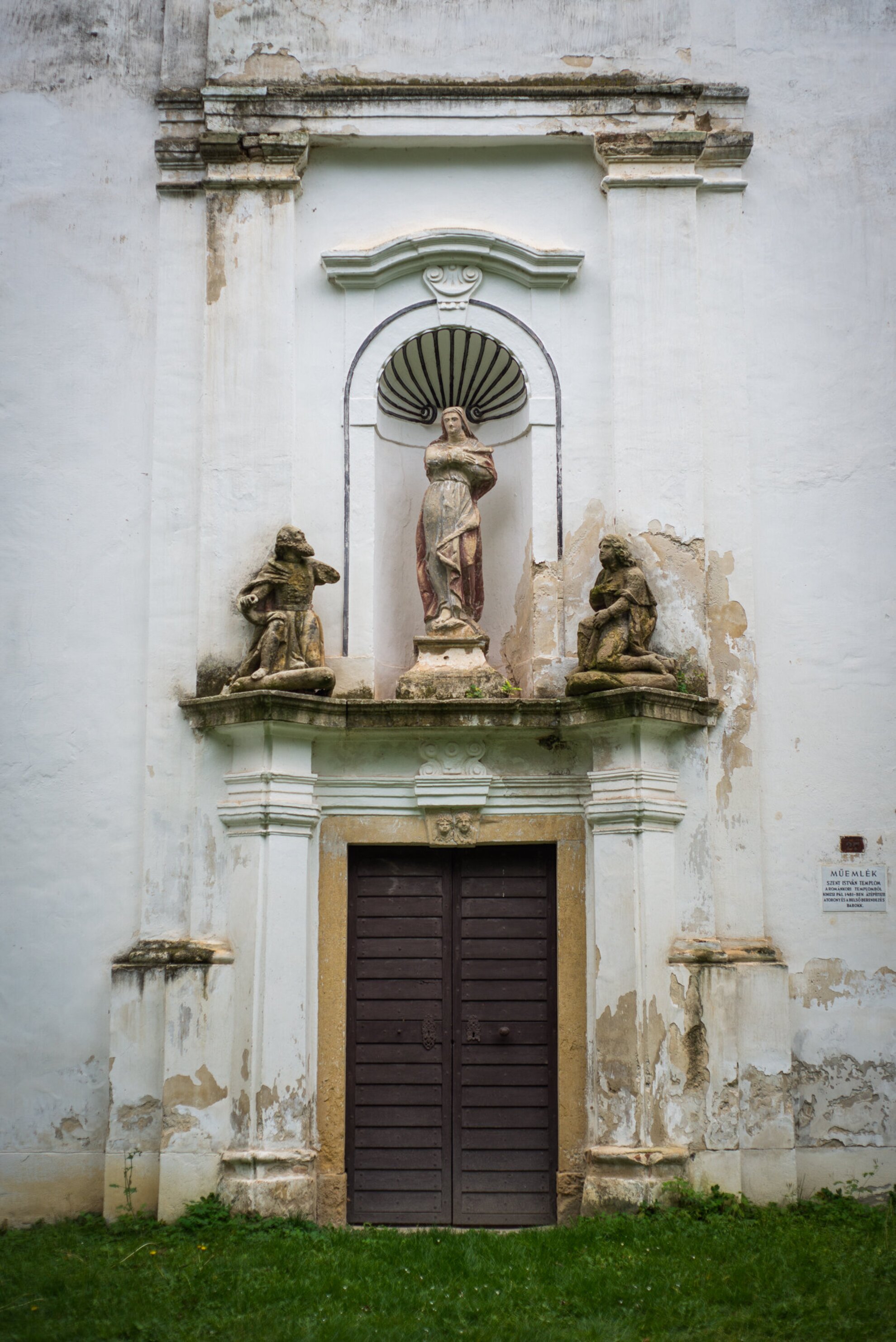
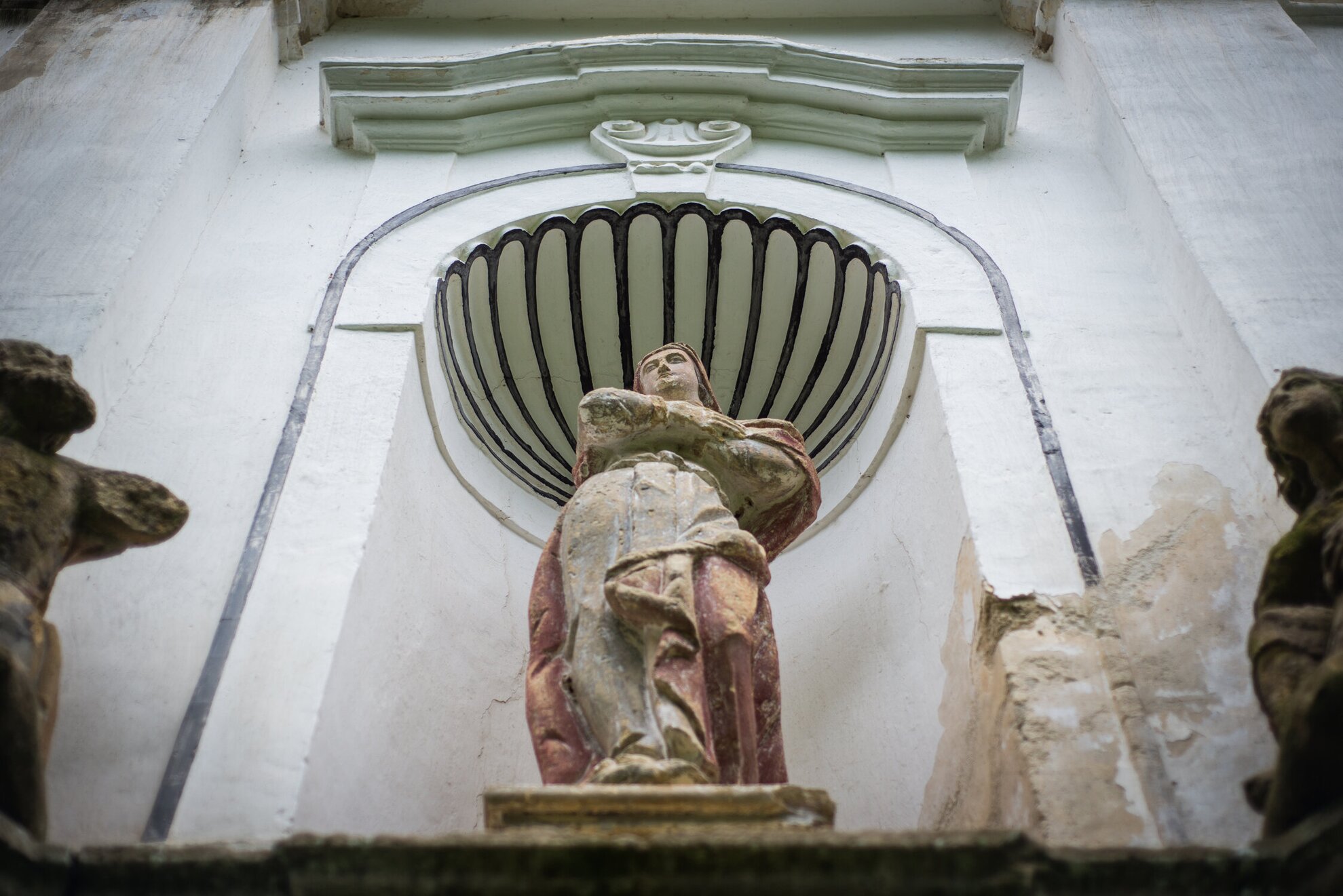
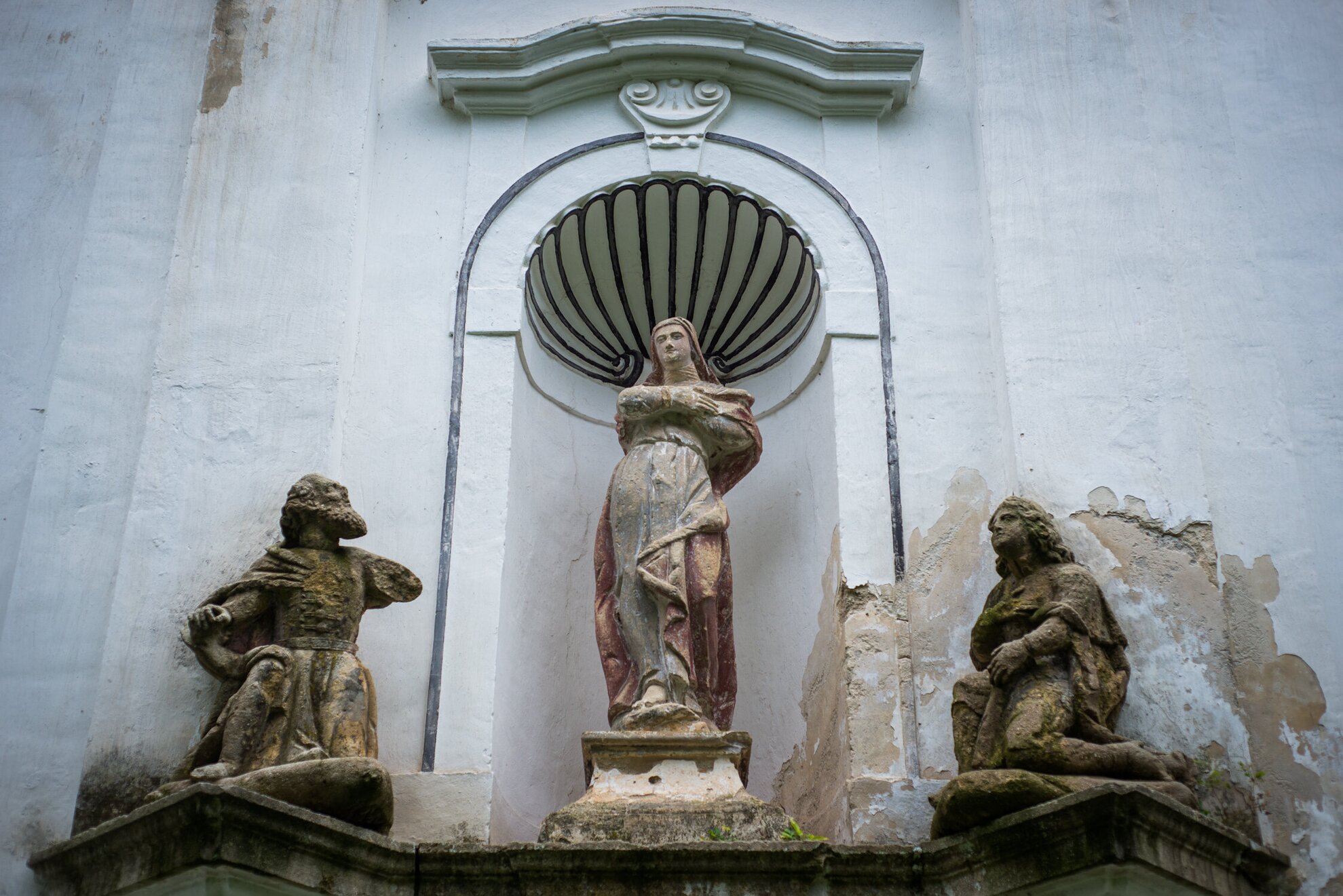
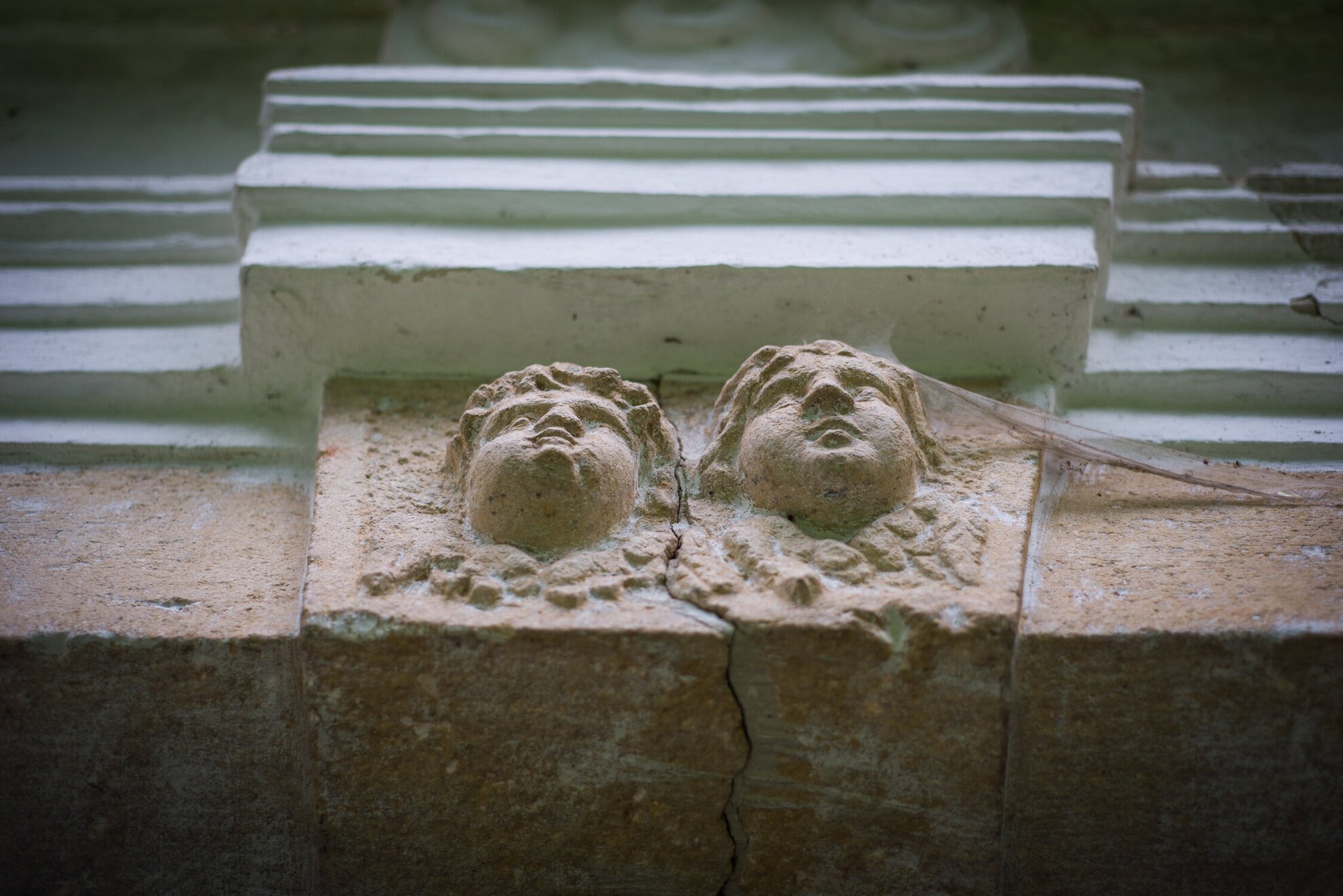
Nagyvázsony and the surrounding area had already been inhabited by the Roman era, but the first written records come from the time of the Mongol invasion. That’s probably when the predecessor of the current church, dedicated to All Saints, was built by local landholders, the Vezsenyi (Vázsonyi) family. The church went through multiple renovations after the family died out: the new lord, Pál Kinizsi, was the first to alter the building, followed by the Zichy family. The Gothic vault and the windows were restored to their original glory, the destroyed furniture was replaced with new items, and in 1773 a slender bell tower took the place of the previous, medieval one.
Address: Nagyvázsony 8291, Rákóczi Street
Church and Crypt of Tihany's Benedictine Abbey
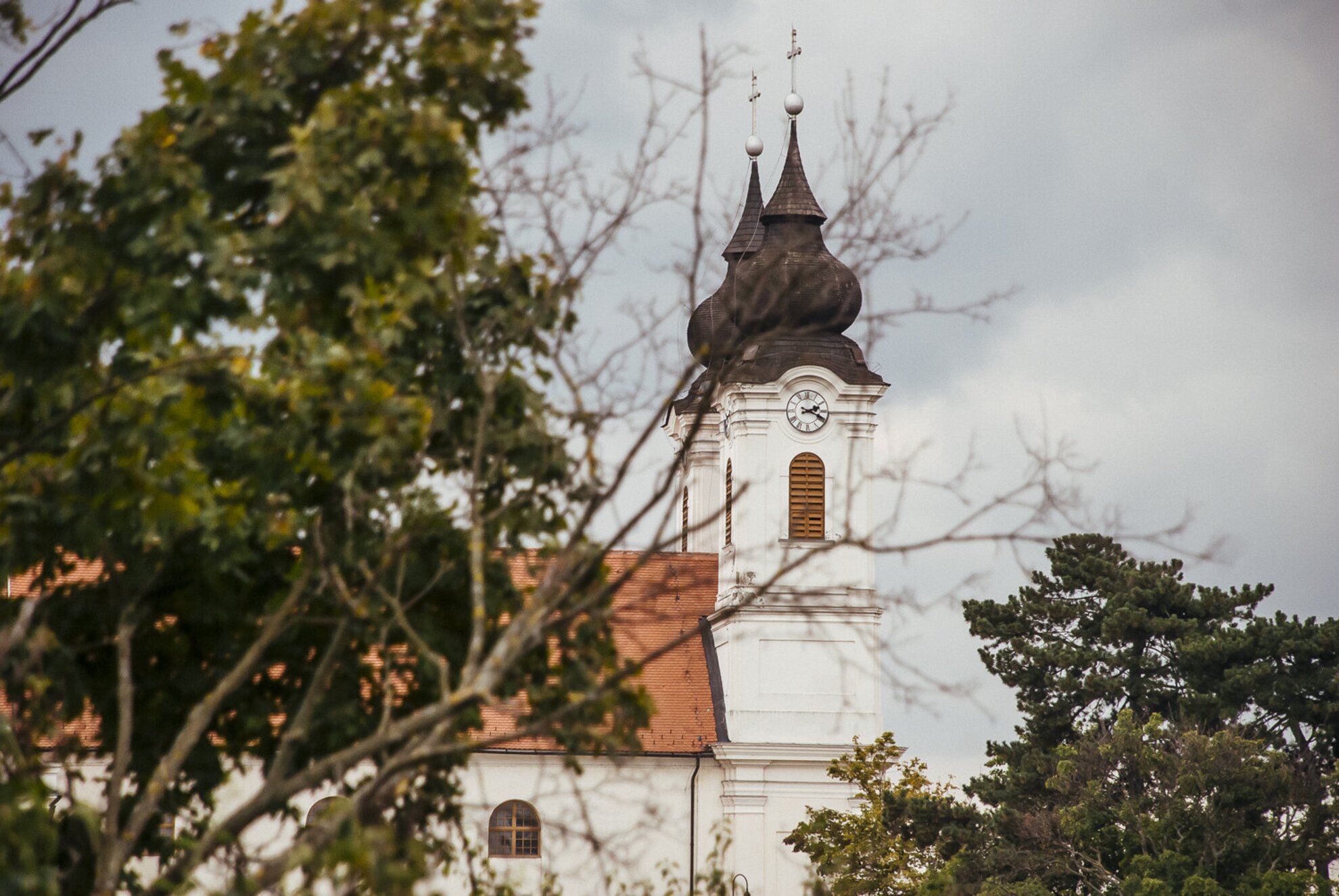
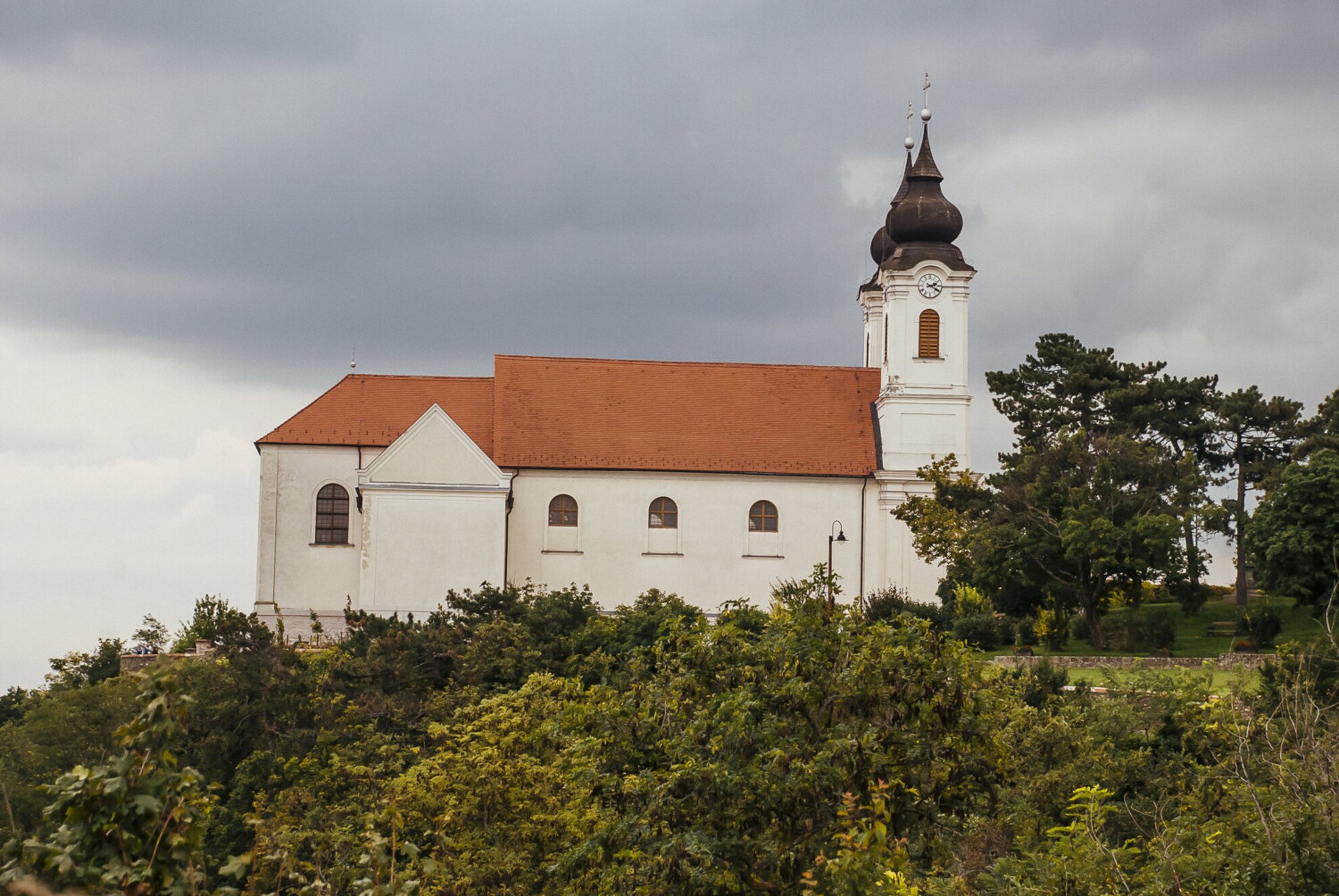
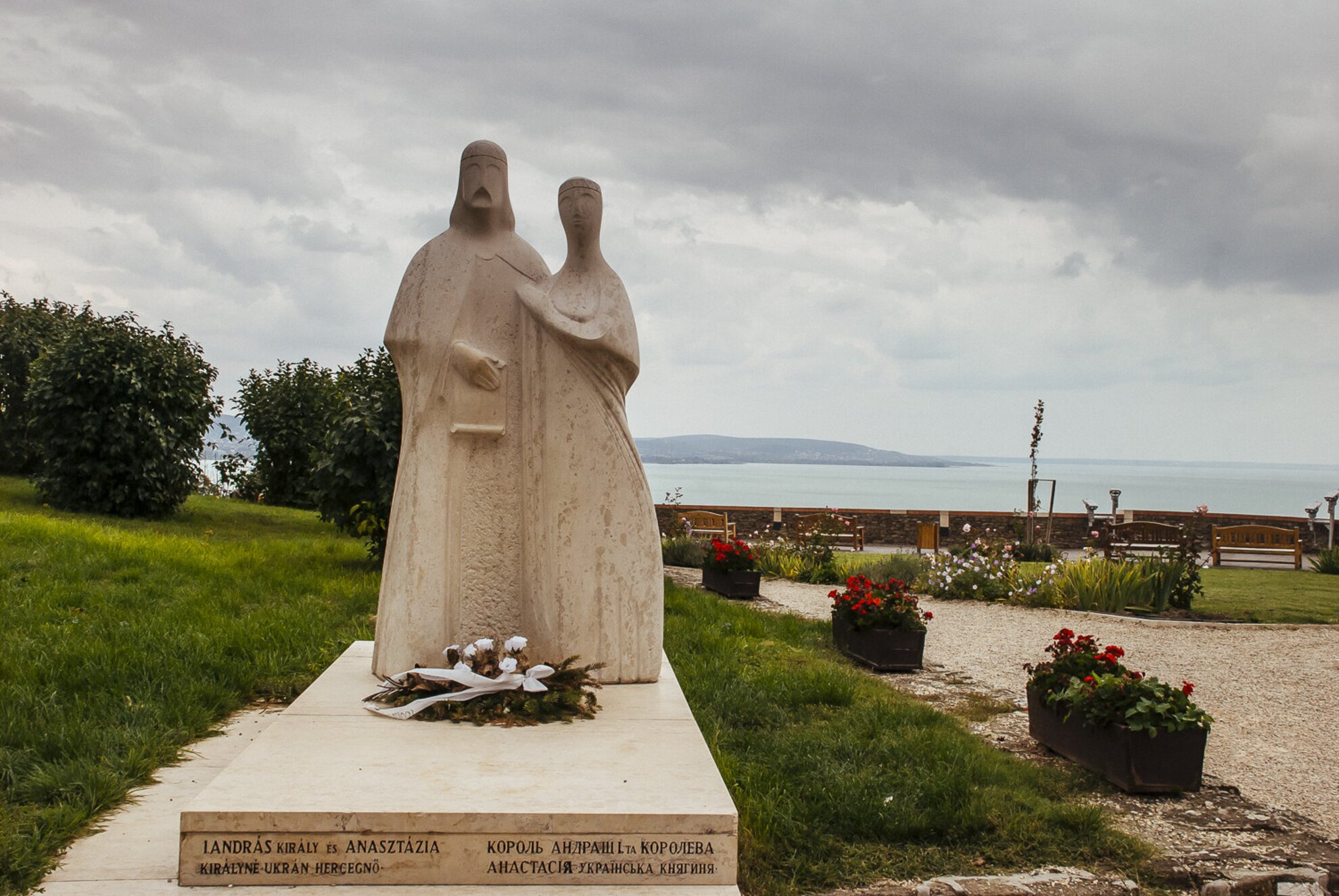
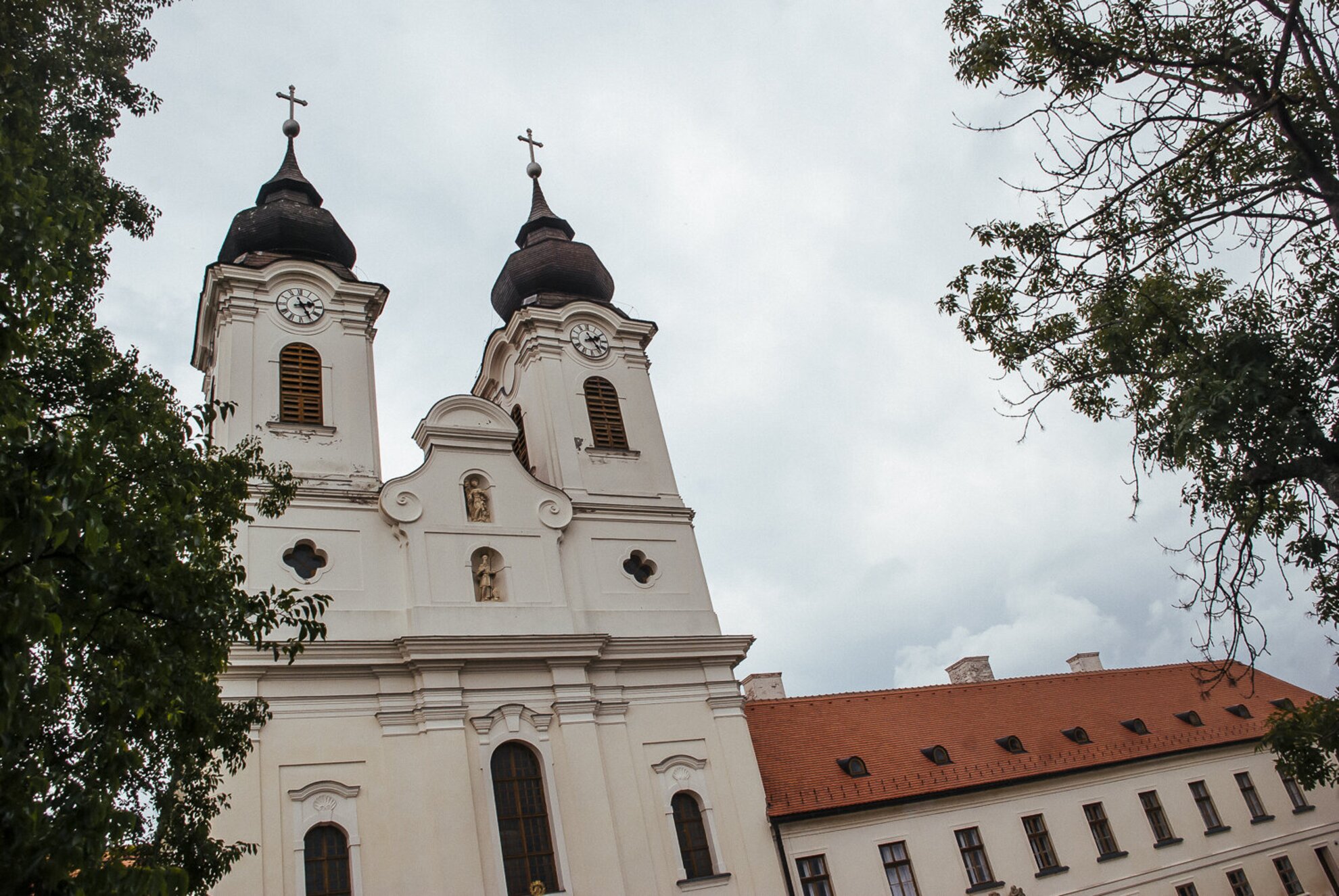
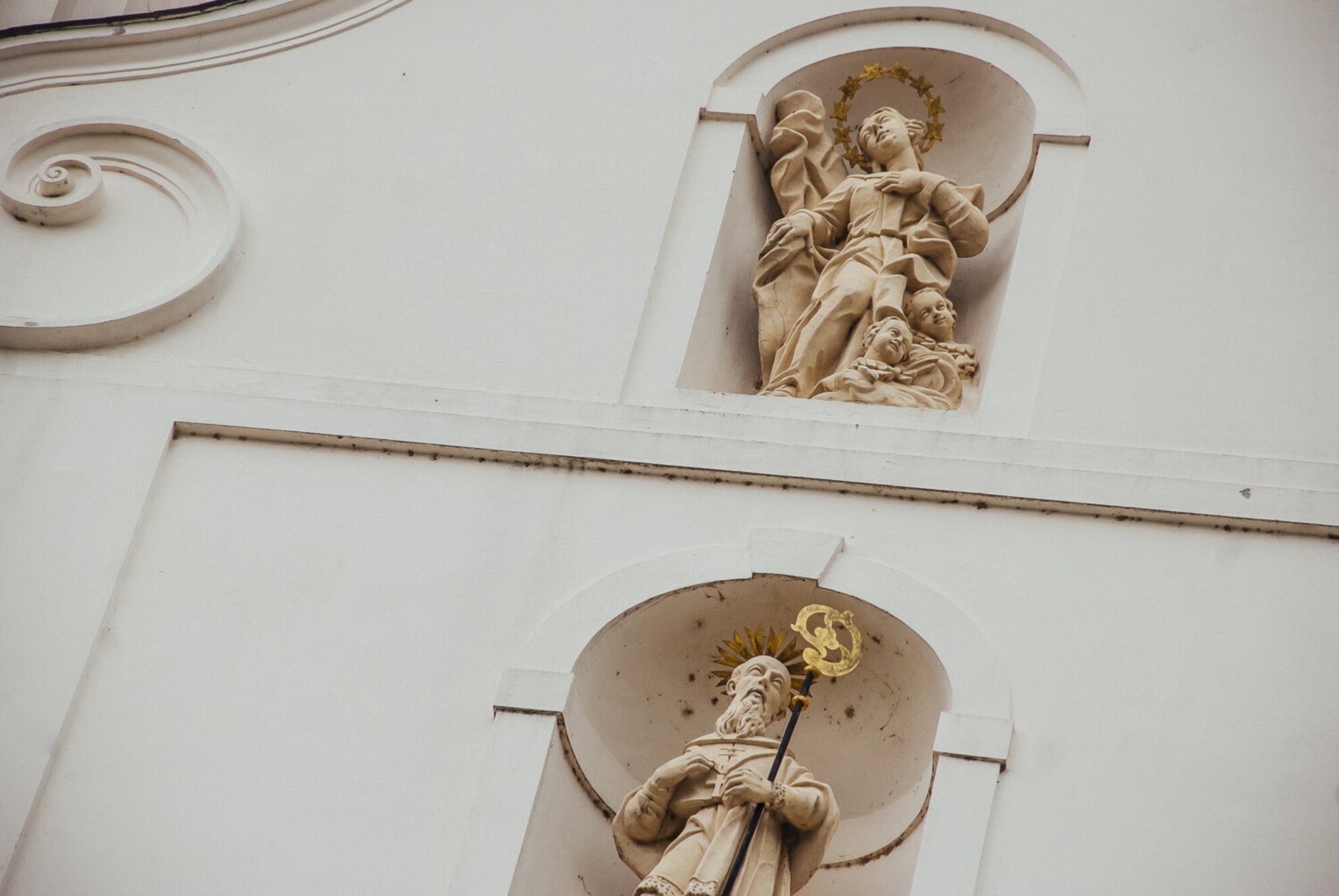
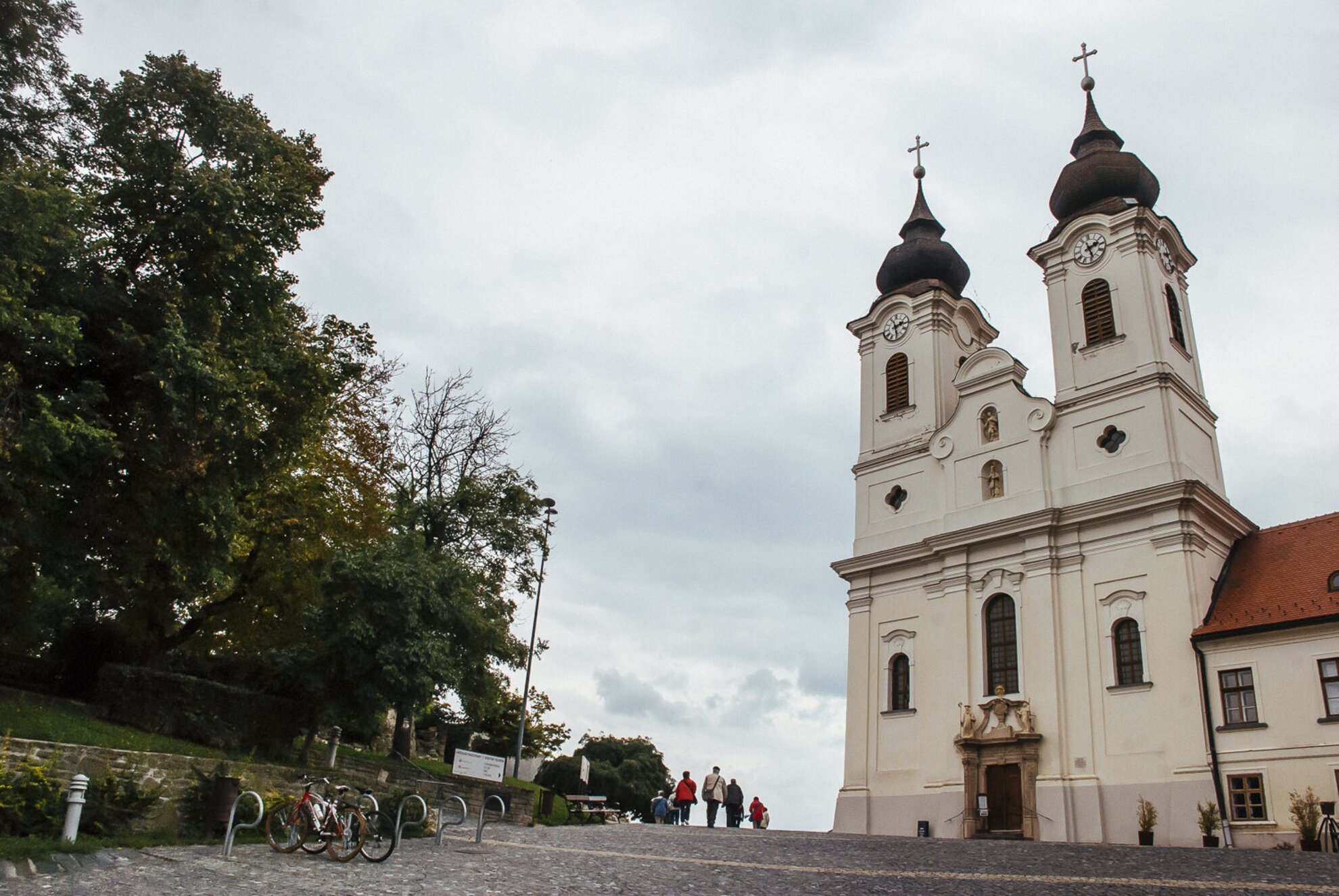
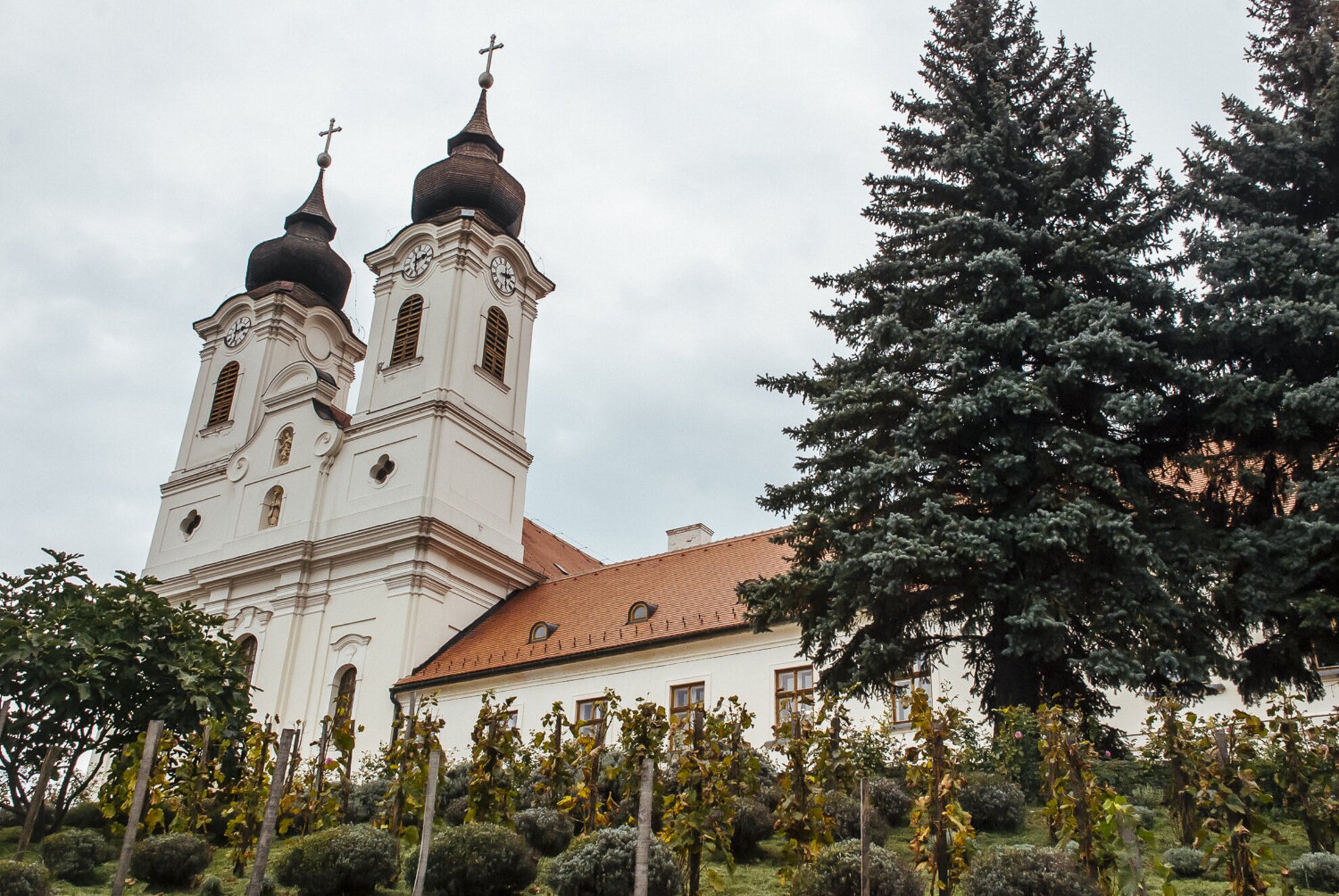
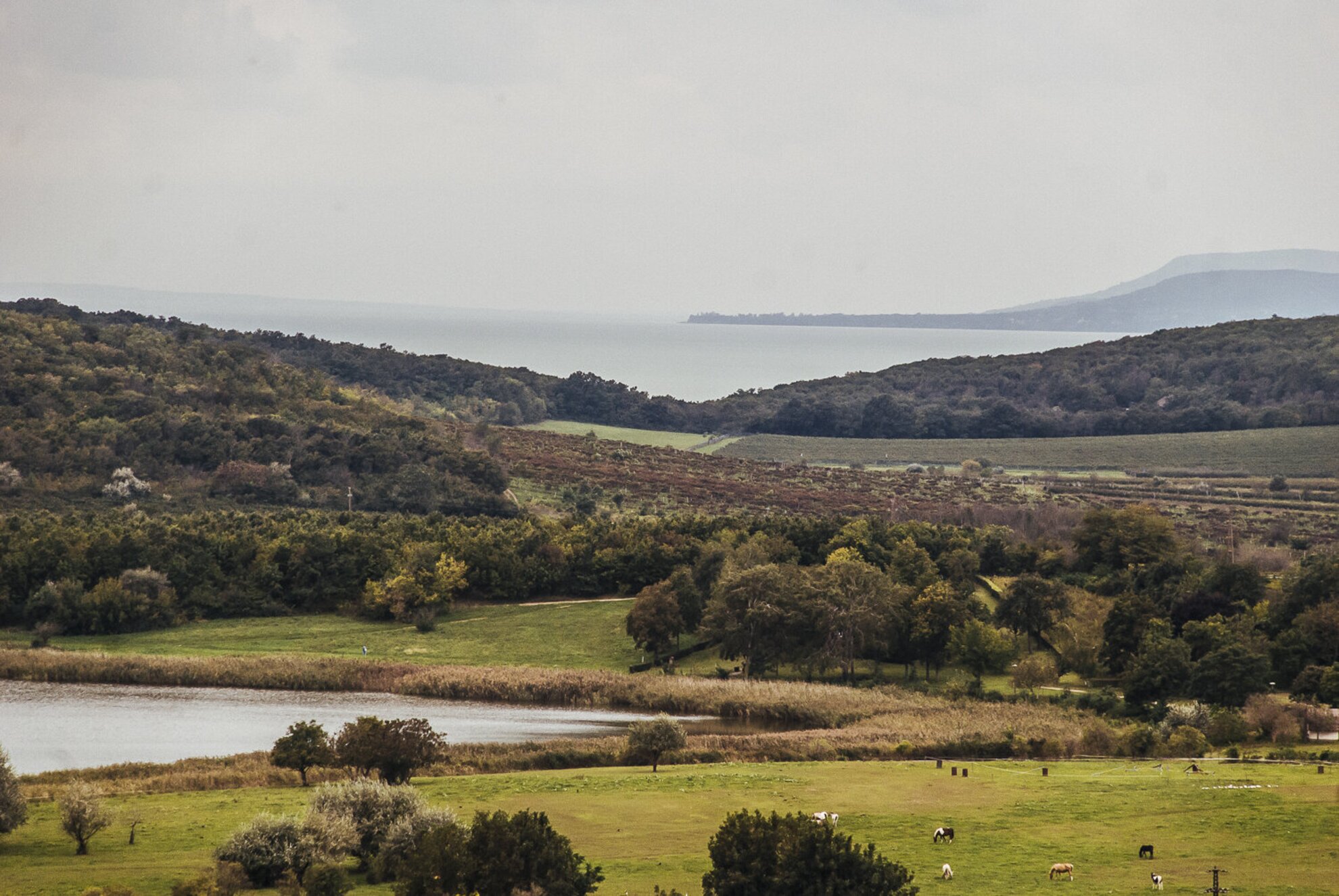
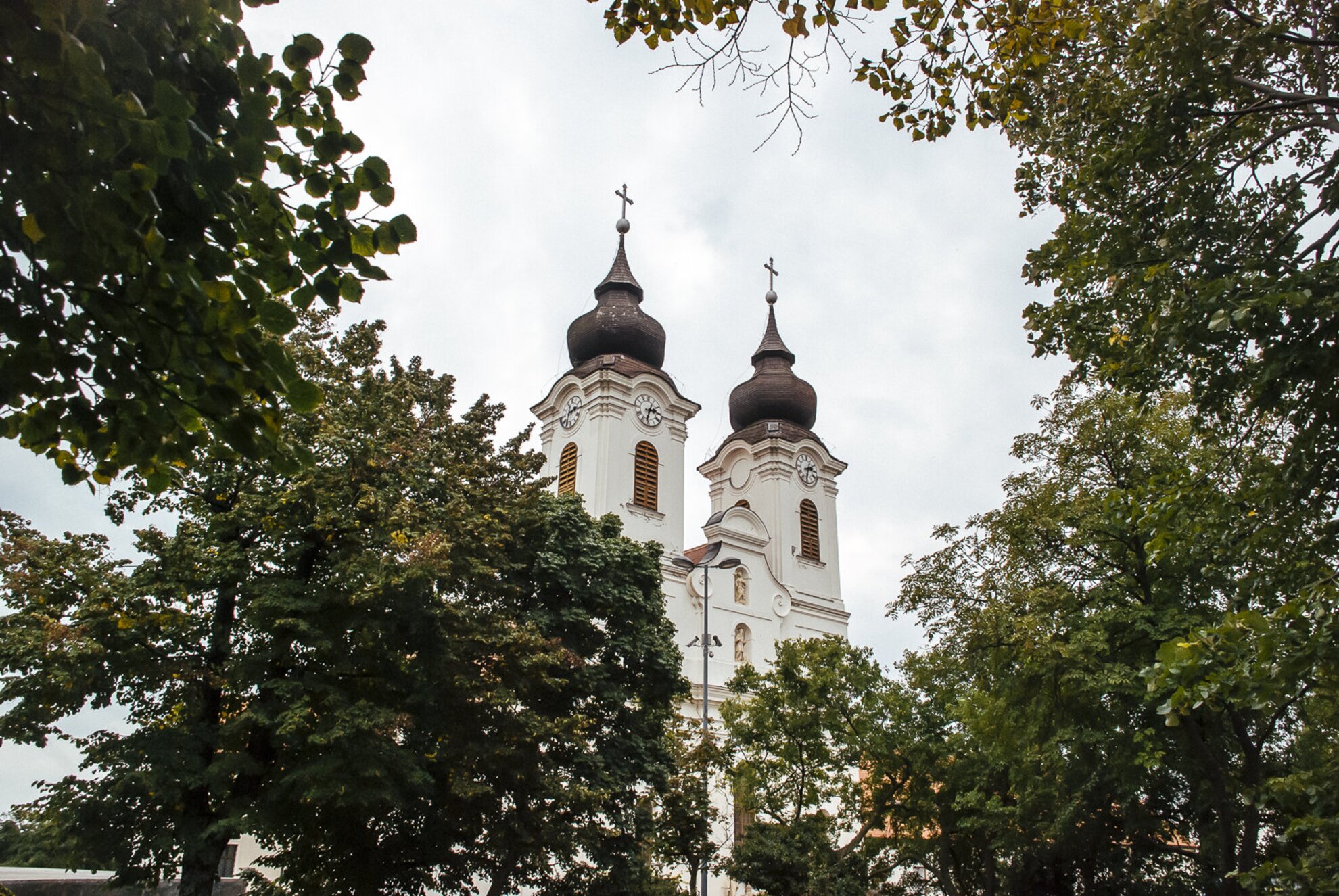
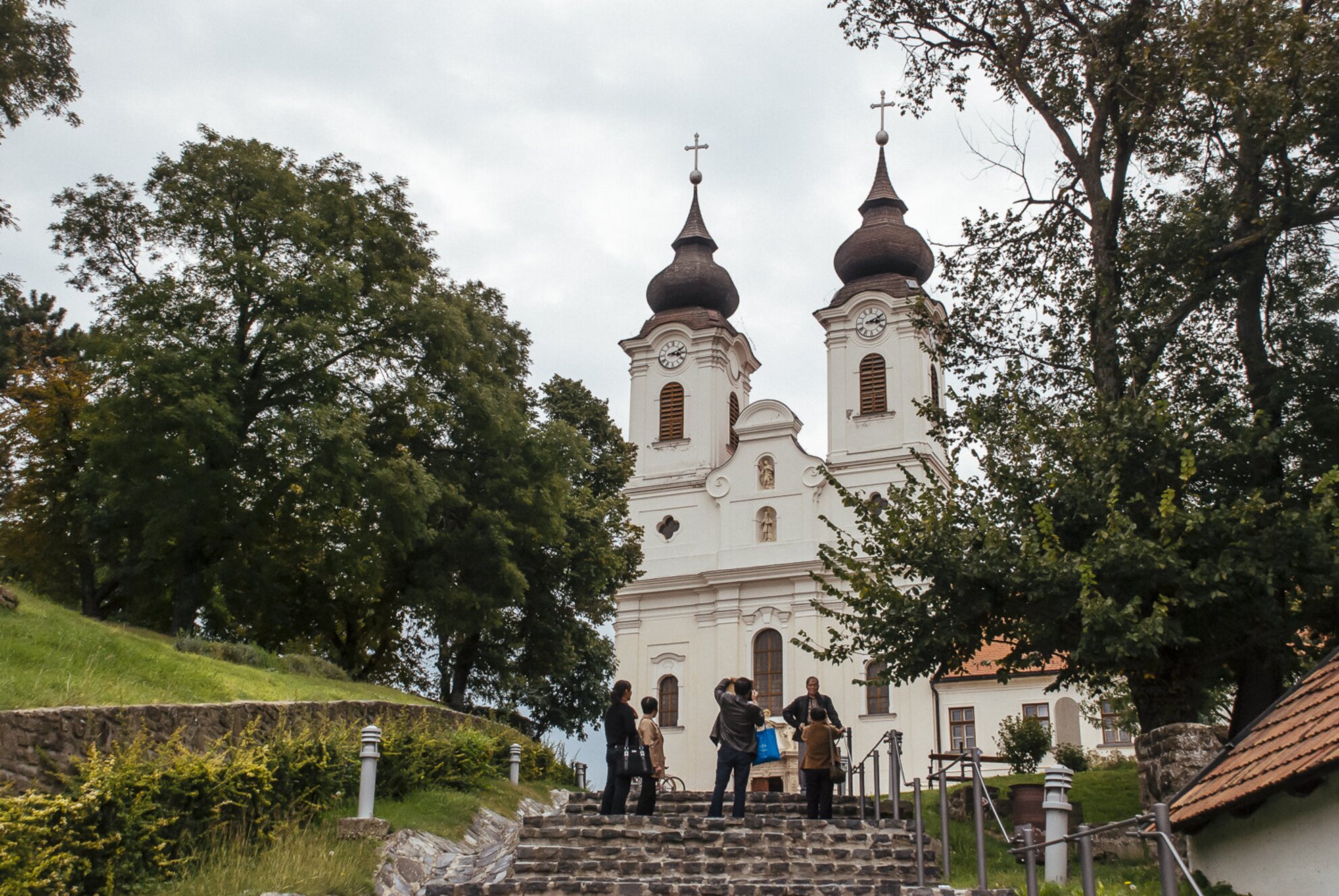
One of the most beautiful examples of Hungarian Romanesque architecture, the crypt of Tihany’s Benedictine Abbey was built in 1055 as a burial place for the family of King Andrew I. After 1716, Benedictine monks moved into the monastery (the current abbey), and renovated the building, which had been damaged during the invasion of the Turks – that’s when they added the two towers, which have been the symbols of the Tihany Peninsula since 1752.
The crypt was revamped many times over the centuries: it was renovated, the floor was dug up and the plaster was knocked off the walls. Its present layout, exuding Roman era vibes, was created in 1955, and the crypt has been open to visitors ever since.
Zánka, Reformed Church
